|
Nestled in the heart of summer, my home garden bursts into a kaleidoscope of vibrant hues and soothing greens. The fiery reds of Crocosmia Lucifer ignite the borders, while the delicate pastels of Achilleas add a subtle, contrasting beauty. Climbing exuberantly, the Rambling Rector, Albertine, and New Dawn roses paint the trellises with their creamy whites, blush pinks, and soft peach tones, creating a scene of unparalleled elegance. This verdant sanctuary not only delights the eyes but also fosters a rich tapestry of wildlife. Slowworms bask quietly in the sun-dappled corners, while bats flit silently through the twilight, offering a natural spectacle each evening. Butterflies dance lightly from bloom to bloom, their wings shimmering in the sunlight, and bees buzz industriously, ensuring the continued vibrancy of this floral haven. The garden's tranquil ambiance serves as a balm for the soul, inviting moments of quiet reflection and connection with nature. Here, amidst the blooms and foliage, one finds a sanctuary from the bustle of daily life. Yet, a garden is never truly finished; it is a living, breathing canvas that evolves with each passing season. Each plant, each bloom, is a brushstroke in an ongoing masterpiece, continually reshaped by time and the gardener's loving hand. This dynamic process reminds us that beauty lies not just in the moment of perfection, but in the perpetual journey of growth and renewal.
0 Comments
Pastinaca sativa is a root crop sown in Spring and harvested over the Autumn and Winter.
Not a regular crop but I am giving them a go this year in a deep bed. There is a good eighteen-inch depth to the bed so although I am growing for the plate rather than the show bench there is room. Being a deep bed also means that there is more control over what is in there i e. less stones to fork the growing roots and a height above ground that some gardeners say deters the only major pest of Parsnips, the Carrot Fly. We will see. Their cultivation is refreshingly simple. Plant seeds in well-drained soil, ensure ample sunlight, and maintain consistent moisture. As they mature, their ivory roots delve deep. Harvest when the foliage fades, revealing sweet, earthy delights. Roasted to caramelized perfection or pureed into velvety soups, the pleasures of eating parsnips are manifold. Some tips passed onto me that I have used, or you might like to try. As the seeds can take up to a month then germinate mix Radish seeds along the rows. A first crop of the Radishes will be taken as the Parsnips are getting their true leaves. And grown at a distance of eighteen inches between rows, I pop in Onion sets for a July crop. Should there be a hot and droughty Summer, the Parsnips will benefit from the occasional watering. A mulch from June onwards would also help with that. And if you are careful, you can transplant Parsnips. Sow in modules from February in the greenhouse or in a windowsill and plant out in late April. “For I have learned
To look on nature, not as in the hour Of thoughtless youth; but hearing oftentimes The still sad music of humanity”. William Wordsworth A soft, white blanket of snow on my allotment, cradling the dormant plants in its protective embrace. The hushed landscape, cloaked in pristine snow, is nature’s way of tucking the garden into a peaceful slumber. It is a stark contrast to the vibrancy of spring and summer, but there’s quiet beauty in the stillness of a winter garden. Amidst the bitter cold winds that whip through the air, the snow acts as a natural insulator, shielding the plants from the harsh elements. Beneath this frozen cover, the soil retains its warmth, ensuring that the delicate roots of my cherished plants remain snug and undisturbed. It is a poetic dance between the cold and the protective layer, a symbiotic relationship that speaks of the resilience of nature. As the days in mid-winter gradually lengthen, there is a subtle promise of renewal in the air. The increasing daylight, though feeble, whispers of the impending arrival of Spring. It is a reminder that even in the darkest of times, there is a gradual progression towards light and warmth. The garden, in its dormancy, anticipates the transformative touch of springtime, patiently biding its time. In these wintry moments, I recall Wordsworth’s “Lines Composed a Few Miles Above Tintern Abbey”, where he reflects on the healing power of nature and the solace it provides in times of absence. The garden, too, rests in that state of absence, waiting for the rejuvenation that Spring will undoubtedly bring. Spring, with its promise of rebirth and blossoming life, patiently waits on the horizon, ready to paint the garden with hues of renewal and hope. The darkest days of the year.
I have a bench on the plot made by my great friend Frank King. In this quietude there, I hear the echoes of literary musings I know that describe the cycle of life and growth. With one day of morning frost so far this Winter, 106 is a mixture of soil, dormant beds, over wintering crops and the skeletons of spent plants. Yet, within this stillness lies a sanctuary for introspection. Winter offers a chance to pause and look back on the year's harvests, the efforts, the triumphs, and even the lessons learned. Words like Henry David Thoreau's, "I have great faith in a seed. Convince me that you have a seed there, and I am prepared to expect wonders," remind me of the hidden promise within the dormant soil. Peering through fog my thoughts shift to Spring. The anticipation of nurturing new life, planting seeds, and witnessing the garden awaken from its wintry slumber. In these moments, the words of Frances Hodgson Burnett resonate deeply: "When the spring comes, I am going to bring it things to make its branches draggle with bloom." Envisioning vibrant blooms, verdant patches, and the symphony of life that will soon grace the once barren beds is a comfort against the dampness. 106, a canvas for aspirations, not only nurtures plants but also feeds my sense of purpose. Each bed, every seed sown, and every weed vanquished, contributes to accomplishment. Quoting Wendell Berry, "The care of the Earth is our most ancient and most worthy, and after all, our most pleasing responsibility." Amidst the toil of work and life, allotments become a sanctuary for wellbeing and friendships. Earthy scent. The gentle rustle of leaves. The chorus of birdsong. A smiling face. All create a symphony that nourishes the soul. In the words of Ralph Waldo Emerson, "Nature always wears the colours of the spirit." On 106 I find not just a garden but a reflection of life's journey - with its quiet moments of reflection, the anticipation of new beginnings, the joy of achievement, and the profound sense of wellbeing nurtured by Nature's embrace. “Flowers are restful to look at. They have neither emotions nor conflicts.” – Sigmund Freud
I have had an allotment for four years and that is enough time for me to express the benefits, which are, emotional, physical, economic, and community building. Emotional Advantages 1. Stress Reduction: Spending time in nature and gardening will reduce stress and anxiety, promoting a sense of relaxation and well-being. 2. Sense of Achievement: Growing fruits, vegetables and flowers gives a sense of accomplishment and boosts self-esteem 3. Connecting to Nature: Being outdoors and surrounded by greenery improves mood and fosters a deeper connection with nature. 4. Mental Health Benefits: Gardening is known to have positive effects on mental health, helping to alleviate symptoms of depression and other mental health issues 5. Mindfulness: Gardening often requires focus and diligence, allowing individuals to practice mindfulness and be present "in the moment". Physical Advantages: 1. Exercise: Maintaining an allotment involves physical activity like digging, weeding, and planting, a good form of exercise. 2. Fresh Air and Vitamin D: Spending time outside exposes one to fresh air and sunlight, giving essential vitamin D, which is beneficial for bone health. 3.Improved Diet: Growing your own produce means access to fresh, organic fruits and vegetables, leading to a healthier diet. Economic Advantages: 1. Cost Savings: Growing your own produce can lead to significant savings on grocery bills, especially for organic and seasonal items. 2. Reduced Food Waste: With an allotment, you can harvest only what you need, reducing food waste. Community Advantages: 1. Allotments are spaces for people to come together and engage in a shared activity. This fosters a sense of community, strengthens social bonds, and reduces isolation, particularly for individuals who might otherwise have limited opportunities for social interaction. 2. Allotments offer a valuable learning environment for both adults and children. People can gain knowledge about gardening techniques, plant biology, and sustainable practices. 3. Allotments add green spaces to urban areas, which can improve the overall aesthetics of a neighbourhood. Beautifully maintained gardens can uplift the local environment and make it more appealing for residents and visitors alike. Social Interaction: 1. Allotment gardening encourages social interaction with other plot holders, fostering a sense of community and camaraderie. 2. Sharing: Gardeners often share surplus produce, seeds, or knowledge, promoting a culture of sharing and cooperation within the community. Overall, I promote having an allotment as it will provide a holistic and rewarding experience, benefiting individuals emotionally, physically, economically, and socially. It contributes to a healthier lifestyle and a sense of belonging to a like-minded community. "A birdsong can even, for a moment, make the whole world into a sky within us, because we feel that the bird does not distinguish between its heart and the world's" . Rainer Maria Rilke
There was a storm on Wednesday that raged for hours in Lancing, West Sussex. My Home Garden became part its violence, noise, damage and destruction. Yet, in the evening at darkness the birds sang. Home Garden is about a mile inland and on the southern edge of the South Downs. The National Park is literally over the road. Storms are nothing new here in my time. Most famously was the 1987 "Great Storm" that brought down a neighbours mature Holme Oak and chimney stack without injury to anyone. More recent storms have brought down walls, trees and damaged Sheds and greenhouses. So whilst I am not in fear of such weather, I am conscious of its effect The weather here in 2023 has been poor in terms of temperature and sunshine, those great helpers of the gardener. Last week I used the new Google Bard App to pull some data together for me by asking it for the maximum temperature on April 7th for each year since 1990 in Brighton. Not one year was lower than 7th April 2023 and most years were up to 5 Celsius warmer; quite a difference in the scheme of things. I did not task Bard about sunshine amounts, all who live near me will know they are statistically low. Just to add to this, the Met Office announced that March 2023 was the wettest in 40 years by some distance across England. All this seemed to come together last Wednesday as the tempest raged. And no matter how optimistic one is about life and all that it keeps you indoors and not getting the wellbeing that the garden brings. Darkness fell at about eight and I popped into the utility room to take a look at the seedlings on the windowsills in there. Leggy and needing to be moved on I concluded. So I went out to get ready some composts and trays to do that in the morning. I never completed the task. I heard the birdsong. An evening chorus. That was enough. A validation of Rilke's sky within me here to edit. "Whoever loves much, performs much, and can accomplish much, and what is done in love is done well.” Vincent Van Gogh
The sky is grey, the air cold and sounds of Nature are discernible. It is Spring. On the rare days of sunshine, its healing, encouraging warmth penetrates the hoodie as I garden. If Winter is the blank canvas, then Spring surely inspires the composition, the painting. What is on that canvas? The colour is overwhelmingly grey and brown, yellow, and blue and purple are dotted around by daffodils, crocus, grape hyacinth. The white of snowdrop is elusive. Over a towering neighbours hedge the briars of wild blackberry tumble downwards searching for the earth to root in. I cut these back high to let the blackbirds and thrushes feast on, come September. The architectural shape of artichokes, cardoons, and globe thistles, once the glory of last summer, gaunt and spindly are now accompanied by bright green offshoots that will continue the dynasty. Frost scorch and death from those two bitter weeks, one in December and the other in January are all too apparent on the cobeas and early clematis but they will regenerate from the rootstock. Nearer the house the borders show the spilled results of our first feeding of birds throughout the winter we have done. Putting up feeders for seeds and the fat balls and was rewarded by regular avian and squirrel visitors. Seeds and other debris are on the ground. They will be taken by the wood pigeons that have recently put Home Garden on their agenda. The call of "teacher, teacher" over the past few weeks from great tits in the cherry trees adds to the Home Garden And what of the gardener? Begriff. He is well. He plunges in to celebrate and absorb it all. He keenly anticipates the arrival of the Brimstone butterfly using wings to paint the meaning and description of Spring onto that canvas... “Look deep into nature, and then you will understand everything better”— Albert Einstein
This year has been a different one on Plot 106 compared to the previous ones. My not being there. I am just completing a ten week spell of full time work at a local school that has restricted available time. Combined with my leg injury in the March to May period affecting by stretching and reaching abilities, I have the perfect excuse for a rather haphazard and slightly unkempt appearance on the plot Half a dozen or so two hour sessions over the next week will get me back on track. And a reminder that I have had help from fellow allotmenteer Frank and Layla, Ian and Tom. Thank you So what happening on 106? The first thing to say it is doing much, much better than 2021. I remember last Spring and early Summer as being particularly cold, dark and wet. Although we have not had sustained periods of warm weather, in fact it continues to be cold at night, all grows well. Climbing beans, sweet corn, summer cabbage and globe artichokes look good. Both early and late potatoes are flowering well. I will be lifting some Charlotte potatoes this week to see how they are doing. Tomatoes are beginning to fruit and leeks are growing apace. I will be putting out lettuce, French beans, beetroot and Pak Choi over the next month In my first year, I planted half a dozen top fruit trees, they are growing superbly and have crops. I think that 2023 will be the first year of full production from them. The autumn fruiting raspberries look terrific so here is hoping for a bumper crop Of course it is great to have food to pick, not least in the current inflationary times but as you know there are other factors for me, at play on 106 Best illustrated by simply sitting on the bench to observe the blackbirds, Robins and Comma butterflies in situ. That is a big benefit, a grounding, the reality that despite all the hustle and bustle of life that it is necessary simply to be still and drink it all in.... "Our bodies are our gardens, to which our wills are gardeners.”— William Shakespeare
People in my generation are still likely to divide up the seasons by the equinoxes but overall it is four blocks of three months. 1st December to 28/29th February is Spring, 1st March to 31st May is Spring, 1st June to 31st August is Summer and 1st September to 30th November is Autumn Spring here on the Sussex coast has been very dry and until recently cold with some frosts to worry gardeners. But the last week has seen a dramatic change to warm and sunny weather, very welcome Back in February we had a couple of named storms, Dudley and Eunice. The later hit our parts on Friday 18th February, not a day I will forget. About fourth miles away from my home the highest wind speed recorded in the UK was 122mph near The Needles on The Isle of Wight. But that isn't what I will not forget, it was severe sciatic pain in my left thigh! I took basically a rest cure of seven days total relaxation (including limited internet) and a course of anti inflammatories took away the pain, aided and abetted by the TLC of my family. I could not move very much at all Right now I am pretty much back normal with added occasional discomfort, nothing serious and I am attempting to build resilience. But having that time was quite an usual experience as I tend to be pretty full on most if the time. And of course taking stock I did have to think around numerous "what ifs", primarily around work but also around my gardening activities. Gardening, mmmmm All that was about six weeks ago and I have adapted, am very positive about everything. Last week I popped down to Plot 106 to tinker around, mechanisms are in place to help and support me there, I am blessed. I am about a month behind but that is all relative. The sun is warm on my face, the pears and apples blaze with blossom, the artichokes rise rapidly, the bulk of the potatoes are in, the robins and blackbirds sing away, the Brimstone and Peacock butterflies go past. I am back. I will succeed. I am home .... +3 Like Comment Sharet. In the poem "Essay on Man" Alexander Pope wrote that "Hope springs eternal in the human breast". Turning the padlock key to plot 106 at Lancing Manor Allotments certainly made me feel like an apostle to that thought. As with much of the current winter here down on the Sussex coast, it is raining, it is dark and it is windy. Gingerly picking my way along the sodden grass path so as to avoid the worst of the puddles and mud was a bit like a game of hopscotch. My plot is very close to the gate, good planning there and, although hardly need probably until about May, right next to a water trough and tap. Clever selection of what was available on my first look on taking out the plot now three and a half years ago
I do include in my conversations, at work, on social media or at a community group I am a member of, what I regard as a very important boost to my wellbeing, having an allotment. I am quite certain of that and I bless the day I became the new tenant of 106. It certainly ticks all the important boxes. Exercise, fresh air, a connection with nature, friendships, tranquility and the bonus of food Whenever I take that walk down there, it takes about three minutes my mind is already clearing of what I have left and anticipating what is to come. On arrival I feel the lift, perhaps a movement into my persona? So much to take in and so much to see. Whether it is two minute or a two hundred minute visit I always end it in the same way, by sitting on the bench. Be is snow falling, blazing sun, heavy rain or fog. In thatmoment I am part of nature, part of the bigger picture, part of a deeper World I think that the poet Pope frequently went into those places. He was a gardener. On the grand scale, famously designing a Roman garden near The Thames Surely he would too with all that, recognise as I did today the hope coming from the emergence of Rhubarb leaves, of leaves on the Autumn Raspberries and the wonderful offshoots on the Globe Artichokes ... here to edit. "One touch of nature makes the whole world kin." ... William Shakespeare
This morning, Christmas morning there is actually a semblance of the dawn chorus here on the Sussex Coast. Our shortest day has gone and although damp and dark there is the sound of birdsong. Regrettably nothing like the wonderful sounds of my childhood but none the less here We have a Poundstretcher store in the village and I reckon that wild bid food in all its forms must be a best seller there, the number of people that I see coming out with items for them. And how lovely that is Birdsong is but one of the many gifts that we are given by Mother Nature. Gardeners and growers are especially grateful to her. She brings light, and warmth and rainfall and optimism. So whilst we literally have all the tools we need, the plants, the trees and the seeds our biggest gift is Mother Nature who is at the centre of all we achieve ... A Merry Christmas to you About a mile inland with lovely views over The Channel, the gardens are on land that rises up to become what is now the South Downs National Park. And the key is that this is a garden made on chalk.
It was begun over 100 years ago by Sir Frederick and Lady Sybil Stern whose wealth financed the gardens, the staff and created plant hunting syndicates who travelled the World to bring plants to Highdown. There was more than a hint of science here too as laboratories were created to catalogue and explore cytology that led to plant hybridising and planting. Recently National Lottery funding and continued support from Worthing Borough Council (who were gifted the gardens by The Sterns) has produced a marvellous visitor centre, new structures and features. A very important aspect in our post Covid world is that these gardens reward the visitor with and fresh air, beautiful plantings and a real sense of tranquility. There is no entrance fee but you can easily leave a donation I noticed several staff working away in the greenhouse area and in the borders, they seemed very content. What a great office to work at! The range of plants even at this season is clear and how very lovely to see large trees and hear the birdsong from them A Spring visit for me is on the agenda and perhaps for you too? https://highdowngardens.co.uk "Autumn…the year’s last, loveliest smile. ―William Cullen Bryant
The really good run of weather continues deep into Autumn down here on the Sussex coast. The warmth of September has continued and I think our sunshine hours will be recorded as being high. Recent mornings of high wind and heavy rain have merged into calmer and sunnier afternoons. The adage about treating October as the start of the gardening year comes into play too, especially on the allotment and food growing areas we have. I do not direct sow due to mice attack but early Peas Douce Provence https://johnsons-seeds.com/product/pea-douce-provence/ and Broad Bean Aquadulce Claudia https://www.organiccatalogue.com/.../broad-bean-seeds... have been sown in the cold frame. I have planted out garlic and shallots and am quite sure that the moist, warm conditions are promoting root growth. But there are also some remnants of the 2020/1 season around. The gaunt vines of Lancing Longpod runner beans, the marvellous heads of the flowered globe artichokes and the collapsed once glorious courgette plants I am pleased with the cauliflowers, they are variety "Boris" (really) https://www.thompson-morgan.com/.../cauliflower.../tm54711TM November awaits but it is good to enjoy what warmth there is left before the onset of winter.... "Our love of what is beautiful does not lead to extravagance; our love of the things of the mind does not make us soft." ... Pericles Just about everyone will have heard about " The Cottage Garden " even those who do not garden themselves. It has become an important name for a type of garden that, despite, the best efforts of some, retains its enduring appeal What is a Cottage Garden? I am going to go with my own definition, "an informal group of plants chosen for their colours, shapes and usefulness ". Would be interesting to hear yours. The key word is I think, informal There is a romanticism connected to the Cottage Garden that might be misplaced. One theory is that Cottage Gardens came about as a result of the Black Death in the 14th Century. These gardens surrounded cottages, small buildings with perhaps no back garden as we understand it, simply a front garden. And the romanticism might be tempered by the probability that those living in the Cottage were on low income and downright poor. So for them the luxury of separate beds for vegetables, flowers and fruit bushes and trees was never an option. The Cottage Garden was a reduction of those beds into one area for everything, together, jumbled up Industrialisation, the growth of towns and a relative rise in income meant that by Victorian times increasing numbers were buying rather than growing food and so there was increasing space available to growers but the old necessity to get as many plants into the space as possible also continued too Gentrification and to 20th Century meant that Cottage Gardening became a movement, a style that continues today, right across the globe So, what are the main aspects of a Cottage Garden?
“Happily we bask in this warm September sun, Which illuminates all creatures…”— Henry David Thoreau September, the greatest month, certainly been a beauty this year. How imperious this month can be! Summer months of June, July and August are supposed to be the times of light, of heat and of needing shade. September tries to mimic and often goes does well for ten days or so. But not 2021 here on the Sussex coast with those summer months. September served up 20 plus days of temperatures in the low 20s and oodles of sun. Imperious The growth and splendour of the Home Garden! Rampant Canna lilies, tower like gladioli, Salvias a haze of bees, luscious roses and the Dahlias and Cosmos. Until three years ago I had never grown either. But, as you already know I did not garden at all in this thoughtful way until three years ago Cosmos is a superb tall growing plant that is very easy to grow from seed. Large flowers in so, so lovely colours. A mass planting produces a sensational effect. Whilst I adore that effect I grow the white Cosmos 'Psyche White' https://www.thompson-morgan.com/.../cosmos.../4580TM as a "dot plant " in one of the borders, it is a fine sight. I sow Cosmos seeds in late April and by late May they are hardening off in individual 3" pots. They are contemporary in my gardening diary to squashes and marrows. They go on and on right to the damp and cold of late Autumn. Grow them. Cosmos as defined by Pythagoras two and a half thousand years ago, is an " orderly or harmonious universe ". Contemplate that as you peer at the mass planting In my first year of growing Dahlias, 2018, I did so only in 10" pots using 50% home made compost and 50% bought peat free compost. The results were good and collected together it was a splendid corner. The same the next year but not so good. This year I put them into a border and the resulting growth has been exception even in this strange weather year. The flowers, and there are masses tower over four feet. They are well mulched with home made compost and are tough plants that have not needed staking. I now have perhaps another month to enjoy those flowers and to ponder whether to lift them and store them dried out indoors or cut hem back, mulch again and leave them in situ. Your thoughts and ideas on that welcomed Next Wednesday is Saint Michaelmas Day, the end of the Harvest period that began on 1st August. As I look down the Home Garden past these ranks of Cosmos and Dahlia flowers I can see at about forty foot distance the instantly recognisable form of the Michaelmas Daisies. A sort of gateway leading from this marvellous September into the more vague and unknown places of late Autumn .... " I cannot endure to waste anything so precious as autumnal sunshine by staying in the house." Nathaniel Hawthorne
My my, Sussex gardeners, have you noticed the effects of our recent sunshine? Exciting and brilliant, literally. After so many weeks without it how the Home Garden adores the rays of warmth. And are responding. Growth, flowering and colouring up are combining in a superb resurgence of pure energy and beauty. Plants that have been waiting for it are enthusiastically plunging in. The Brimstone, Blue, White, Red Admiral, Peacock and Painted Lady butterflies promenade in the great heat Conversly, the slugs, snails, slow worms, beetles and some other creatures keep to the damp, to the shade to their comfort zones. The creatures I do not see but know are around, the voles, the mice, the frogs welcome the camouflage and sanctuary. The twilight flight of the bats seems longer and they are more numerous. And then there are the late birds home to roost. How their number decline in the Home Garden! Already I am writing about the end of the day but I have the anticipation of the new one. And that is everything to do with my favourite month, September. In September the sun is retreating southwards, becoming lower in the sky, you will have noticed this. No longer directly above with its brilliant light but now at an increased angle that creates an aura, softening the light and hence the colours in the flowers. And how they shine those colours! And how that sun warms in a different way... " Dripping water hollows out stone, not through force but through persistence"
Ovid I have been told that the average tenancy at Manor Allotments is three years; if it is, then it would not be a surprise to me Farmers and growers have a reputation for calling out the weather. Too dry. To hot. Too windy. Too wet. They might be forgiven for what Mother Nature has provided so far this year in a ( not so) Sunny Sussex. A very wet turn of the Year became from mid February until April a drought against a set of generally much colder than average temperature days and the high winds and named storms of April and May. A four day " heatwave", actually about 23 Celsius here, against a very sunless, moist and generally cheerless summer! You will have noted that I am indeed calling out the weather! So the ideal circumstances for bumper numbers of slugs, snails, damping off and blight. Which were delivered! Plot 106 has not been as productive as last year. I am delighted to have had potato, broad bean, runner bean, sweetcorn, courgettes and marrow crops plus the settling in of grape vines, raspberries, strawberries and blackberry. There will be winter crops of sprouts, leeks, cabbage and broccoli to enjoy. The top fruit trees have put on growth too, some with a very light crop Compared to last year I have done much smaller amounts of writing down on 106 and that is the bigger loss to me. I had more work than was anticipated and I am full on with the Home Garden. That said it is now September, my favourite month of the year so I will top up with the wellbeing. My autumn work schedule is going to be rammed and there are signs of an exciting 2022 on the horizon. More reason then to sit back to look at the Red Admirals , the swelling fennel plants and the now very apparent chip chip of Robin redbreast. Much to savour....e to edit. " Great things are done by a series of small things brought together" Vincent Van Gogh
I am devoting most time to this year to the Home Garden unlike last year when it was Plot 106. Lucky to have those two choices I have very definite plans for Home Garden albeit with flexibility as it develops. I am mindful about using walls, fences and dividing structures that will deepen and enhance the rhythm and harmony that will be projected. All in order then But I really did sit up and take notice when one of the correspondents to the "Thoughtful Gardening with Andy" website told me about a very different type of garden, forced and structured by space. A high rise flat balcony, a keen Gardener and ambition to grow vegetables. Et Voila, a planter, a 3 Tier planter that grows all the salads, the leaves, tomatoes, cucumber; even the celery from mid June until September. I was impressed by the use of space and determined to emulate. So one of my fellow Shedders ( https://meninshedslancingandsompting.weebly.com/) Jock built me a 3 Tier planter using repurposed wood. It is brilliant and until I emulate next summer with the salads it will be used for herbs. In the shorter term it is a haven of Cannas, Aubergines, Morning Glories, Dahlias, Sweet Peppers and Black Eyed Susies So a consideration and a challenge for me here as a part of that flexibility. To use the space across the entire Home Garden differently, more compact, more generously? Let us see " A tree with strong roots can withstand the most violent storm, but the tree can't grow roots just as the storm appears on the horizon." Dalai Lama
Storm Evert came crashing along the Sussex coast with heavy squalls and winds of 50mph plus. Dark clouds scurried across the sky and thoughts centred around " I hope that there is some good weather in the next week or so". Gardeners are patient and resilient types and would happily wait a week for a couple of good weather days to get outside on the plot. But there is a difficulty here. Storm Evert arrived in late July. The time of year associated with cooling sea breezes, hot sunshine and dry spells with an outside chance of a thunderstorm crossing the Channel from a baking Europe that quench the thirst of man and fauna. Evert damaged a number of plants in the Home Garden despite my best efforts of using supports, canes, obelisks and arches to support the taller ones. I think they will mostly recover Without a hint of irony as the storm going on it provided an opportunity to read the latest Met Office report noting that " Climate change continues to be evident across the UK " you can too at https://www.metoffice.gov.uk/.../climate-change-continues... What I took away from this report was that " These climate variables all have an impact on UK wildlife, with 2020 seeing notably early first leaf dates and also earlier bare tree dates across the UK of four common shrub/tree species: Elder, Hawthorn, Silver Birch and Pedunculate Oak. Elder first leaf was the earliest in its series (15.9 days earlier than the 1999-2019 baseline), occurring in late February. Oak first leaf was also the earliest in its series (8.9 days earlier than the baseline) ". Sobering reading The next morning I was out early to get the photos to go with this Blog and although battered, Home Garden was certainly not beaten. The butterflies were out and the calmer air was cooler but fresh, a morning to be busy The photos show that my 2019/2024 renovation of Home Garden goes well both in terms of structure and plantings. Structure. I consider my willingness to change long held ideas and plans when the need arises to be a personal strength. Leaving something behind that once seemed essential is no issue or better still realising that a new addition makes such sense is a good strategy. For example despite have an allotment I created another one within Home Garden for those who live in the annex. The trampoline of youthful pursuits will be replaced by an Eco building that is being created specifically as a place for writing and hopefully drawing and painting. More about that it a future Blog It is pleasant to see the beautiful Dahlias, the beans, the Sweet Williams, Acanthus and roses this morning. To stop and look is an important thing to do in a garden. And recognise that as in gardens, as in life. Storms never last, only memories .... " If every tiny flower wanted to be a rose, spring would lose its loveliness ... " Therese of Lisieux
There is little doubt that wildflowers are "in". Some statistics though about wildflowers and wildflower meadows, it is not good news. In the UK Kew Gardens report that we have lost 97% of uk wildflower meadows since the 1930s. If it were the loss of aesthetic matters relating to that such as beauty and harmony it would be bad but of course it is also the loss of the shelter and food for pollinators like bees and the creatures that eat pollinators too. Birds, hedgehogs and bat are endangered too The development of land for housing and changes to farming methods are the most important reasons for wildflower meadow decline. But there is also another reason, albeit smaller, and it might be a little uncomfortable to take it in, gardeners and home owners. The later in modern times are more likely to have decorative plants chosen for colour and their beauty that do not attract pollinators. Hedges, grasses and native flowers are less on trend Of course the increasing awareness of the wildflower decline is spurring many to plant them and community groups and organisations are being formed to grow and sustain wildflowers. Local authorities are getting in on the act by reducing the frequency of roadside, verge, park and open spaces cuttings. This is not popular with everyone and some folk like to be tidy but there is certainly room for compromise here by not cutting everything back. And that is what is happening I am going to point out a couple of examples of Lancing wildflower areas. It would be lovely if you can let me know about more Inside the Lancing Manor allotments a number of plot holders spent the Spring clearing an area and planting it with wildflowers. It looks spectacular and everyone is appreciating it, especially the pollinators The community group Keep Lancing Lovely recently won an award for their two wildflower gardens at Lancing Railway station It gets better, The Adur and Worthing Wildflower Trail, a community led programme set up by Adur and Worthing Councils goes from strength to strength as it encourages more though and action about wildflower areas https://www.thewildflowertrail.org Want to plant up some wildflowers? There are suppliers of wildflower turf online here is a good example https://www.wildflowerlawnsandmeadows.com and to grow your own wildflowers here are some suppliers https://www.wildflower.co.uk/products/wildflower-seed-mixtures/100-wildflower-seed-mixtures/ https://www.livemoor.co.uk/products/livemoor-wild-flower-meadow-seeds-help-save-the-uk-bee-population?variant=12776758181976 " There are good and bad times, but our mood changes more often than our fortune.." Thomas Carlyle
It is certainly the case that gardeners, growers and farmers have a bit of a reputation for not being happy with the current or recent past weather. Too cold! Too dry! Too hot! You will know what I mean and just like me plead guilty with mitigating circumstances Met Office forecasts are looking promising if you like warm, dry and sunny weather over the next week to ten days. The magical 32 Celsius ( 90 Fahrenheit figure is likely to be reached) But what a different story three or four months ago here on the Sussex coast with exceptionally dry, cold and sunless times. This is only my second full season on Plot 106 so it is much too early to be able to talk in terms of "normal" or "trends" to describe and explain what is happening or how things grow in comparison to earlier times. But it was noteworthy at least And the results were considerable difficulties with planting out, growing or harvesting crops early on. Actually for about six weeks nothing really happened in terms of plant growth, they just stayed there. A May storm (winds gusting towards 60mph) destroyed a neighbour ploy tunnel and blew it onto 106 and many of my plants were ruined. Some were retrievable in that I could resow and I did, many were not Anyhow where are we right now? Crops are vein picked and the outlook is promising. Broad beans have done well. Sown on Christmas Eve and planted out late February they area treat. We talked the smaller whole pods for stir fries and leave the rest for shelling. This time we have created home made " humus" too. Rhubarb has done brilliantly. The crowns are into their first proper season as I only picked lightly in their first summer. Early and second early potatoes are being lifted and at this stage the lush green halums bode well for the main crop too. Garlic is good, I have lifted about fourty bulbs. Onions are very hit and miss, they are grown from sets and number quite a few bolsters. Tomatoes set and growing well. Sweet corn well on the way to a good harvest. Cauliflowers, cabbage and brocoli are so, so, they seem to have been most affected by that weather referred to. Over the coming month the leeks will be out and I will be looking for early squashes to pick. About a quarter of the whole plot will be green mabred once those early potatoes are taken I look forward to the lazy days of summer on 106. The days of promise and expectation...
" Rain is grace; rain is the sky descending to the earth; without rain, there would be no life " –John Updike Rainwater is an essential for good plant growth and the heavens have been very open from May until early July here on the Sussex coast. That dampness produces lush green growth in the Home Garden creating a blackcloth to the wonderful blooms. Equally it gives a sense of freshness, excitement even to the canna leaves High winds again visited the area last week, as many now in Spring and Summer as Autumn and Winter! Damaging to just about any plant outside or even to trees and shrubs. My studious staking, preparation for adverse conditions and preventative action has eased a real buffeting in the Home Garden I was up very early and awoke to light rain in still, calm conditions. Soft air in fact and how rather lovely everything was looking. I took out the camera to capture that. Perhaps you agree .... They come in threes. The weather. A mild dark and somewhat wet Winter gave way to a cold, windy and very dry Spring and now we have a cool wet and dark summer in progress. Of course there have been bouts of five or six days of dryness and sunshine, early June was like that but they are at an absolute premium
Gastropods are are very large group of creatures and the two of most interest to gardeners are snails and slugs Boy have they been busy. Virtually all allotment ewers is mentioning them and how not just brassica and the like are falling to them but also sweetcorn and tomatoes But tge good news, I took a look at the first early potatoes and was sighted. The variety is Rocket https://www.thompson-morgan.com/p/potato-rocket/zww5094TM Three roots came in at 2 4kg, excellent, pass me the parsley please.... " It is not flesh and blood but the heart which makes us fathers and sons " Johann Friedrich Von Schiller
My father died shortly after early retirement so I did not have the " later life " conversations that some have. That my father was also a quieter man than I will make many of my friends smile because that is probably not an inherited characteristic of mine A couple of years ago I revisited my birthplace and walked the garden that is still there. Of course many changes have been made but there are still some items from those days of the past. My father really did get the Rose "bug" and planted up dedicated beds of the Floribundas type. He even began experimenting and grafting to find that special one I have to say that until I began the renovation of the Home Garden that roses were not high on my radar. Whilst I do appreciate the marvellous colours, fragrances, form and style they were not really me. They are now though! It is in my renovation work that I came to conclusions about how much would be missing and how much it could be gained. Some gardeners speak in terms of the " rhythm and harmony " within their planting scheme and I now " get that ". Roses are now central to mine and I have taken up that thinking, particularly by the planting of shrub, climbing and rambling roses. My choices will almost certainly be noted by rose lovers as I explored the catalogue. " Mme Alfred Carriere”, " Zéphirine Drouhin "," Albertine " and " Rambling Rector " are some The recent warmer weather has boosted growth and flowering and it looks like June will become my month of rose enjoyment, Dad would approve.... |
AuthorI launched this website on 16th August 2020 to bring together my thoughts on gardening,, its importance for health and wellbeing and two projects running concurrently, a renovation of my own garden on the West Sussex coast at Lancing and a nearby allotment. But also to learn from other gardeners about the inspirations for their plots, about their gardening projects and enjoyment of beautiful plants and gardens Archives
July 2024
Categories |












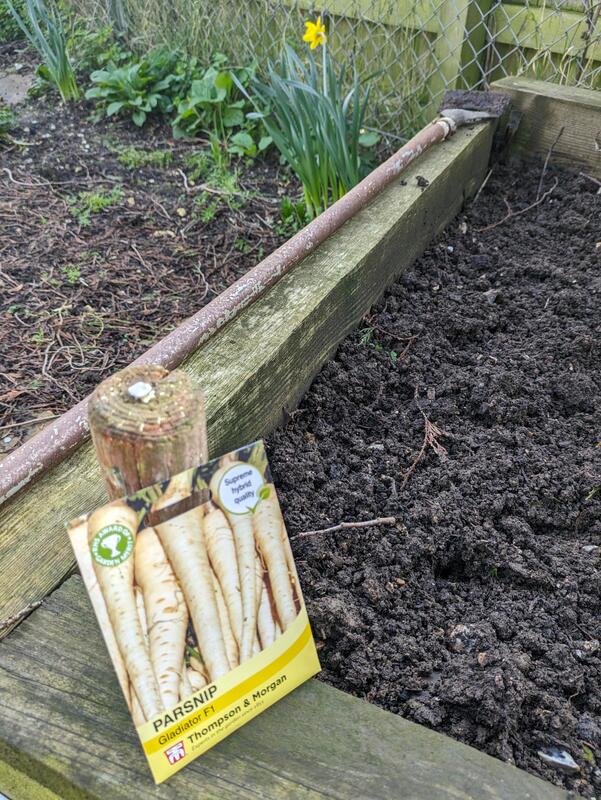
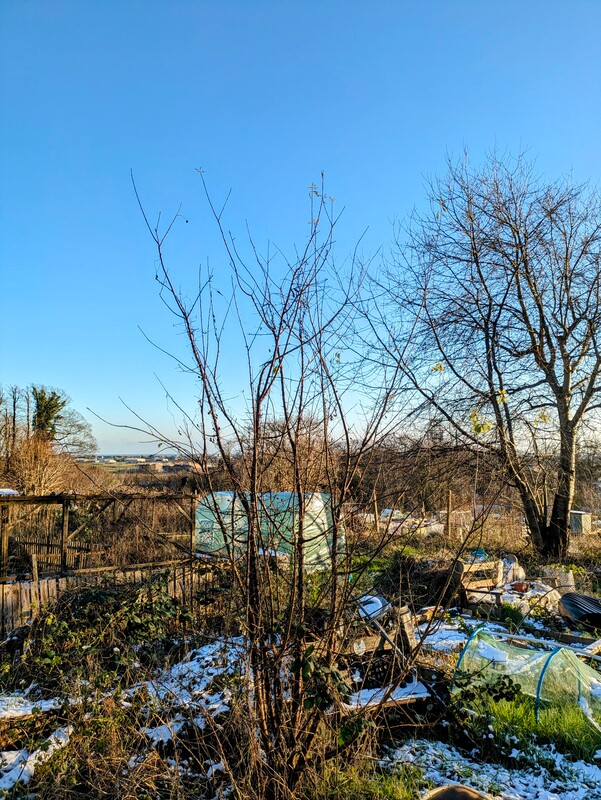
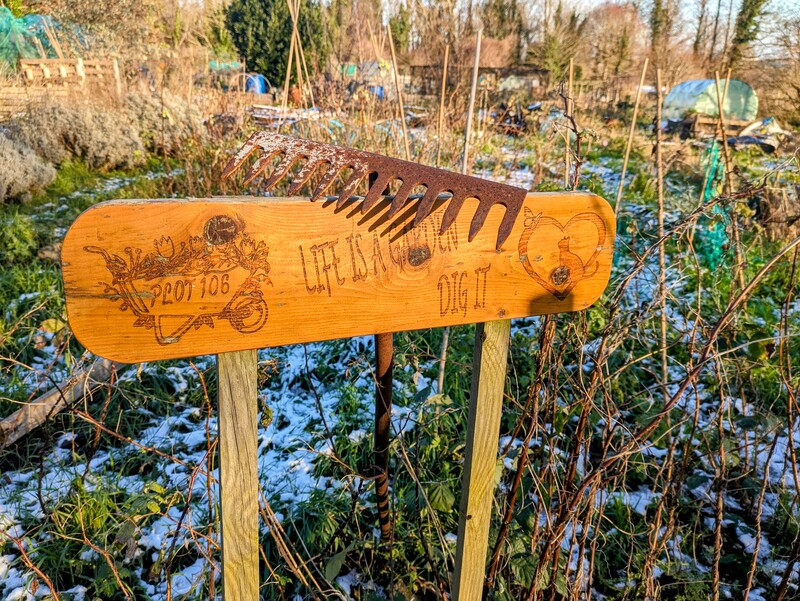
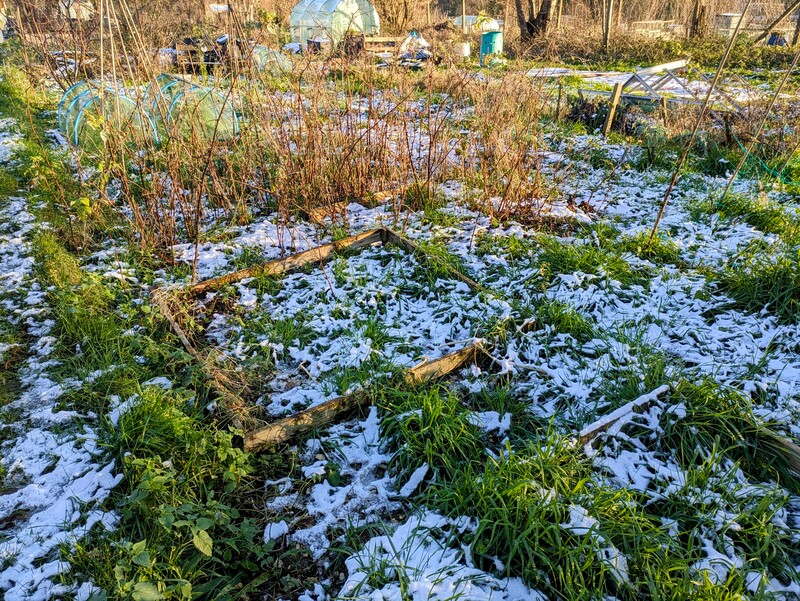
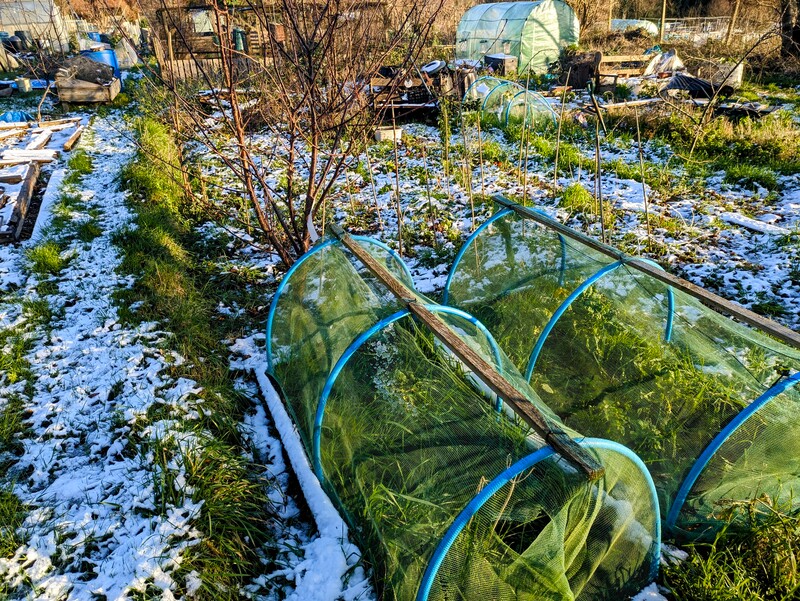
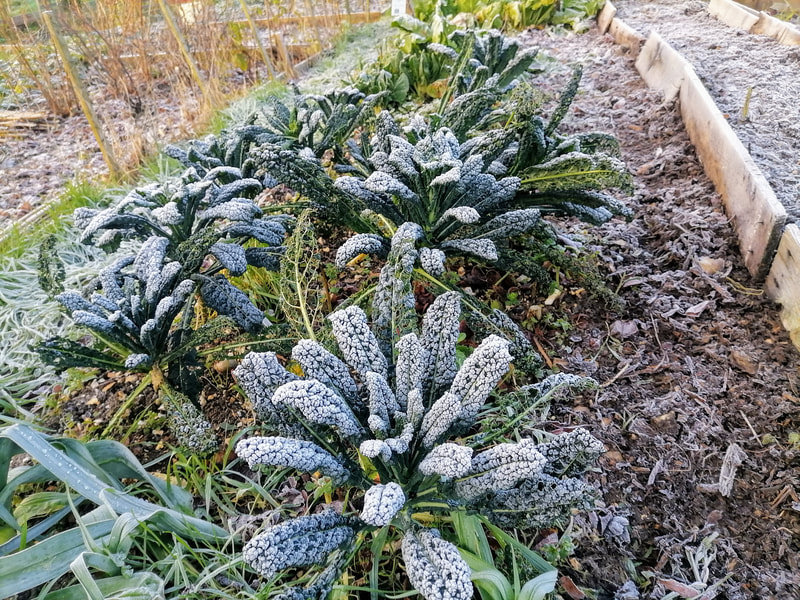
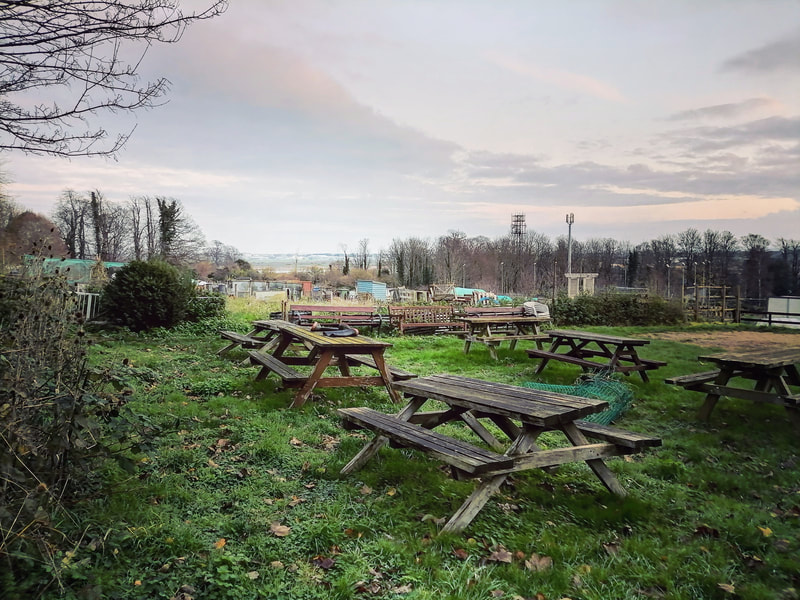
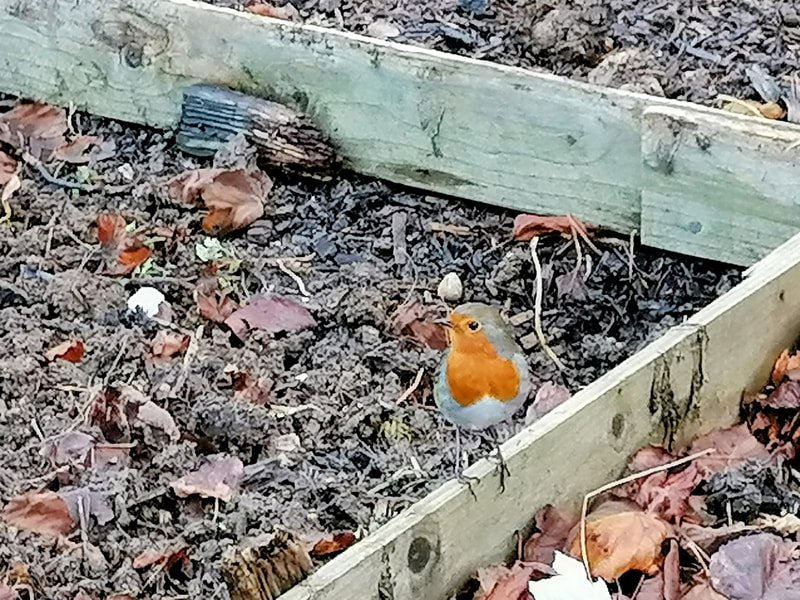

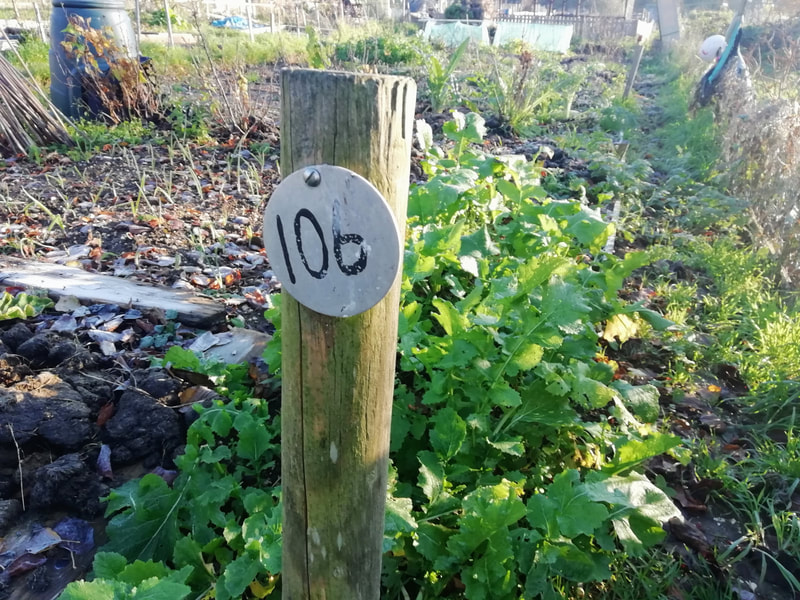

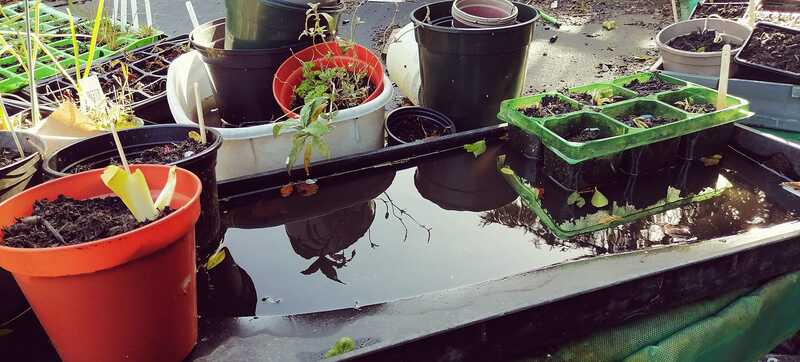
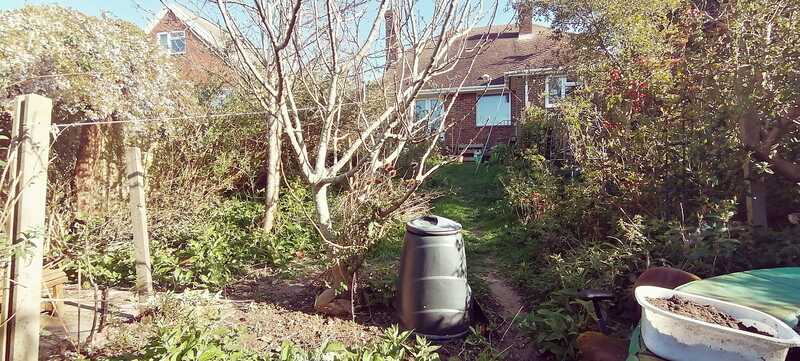
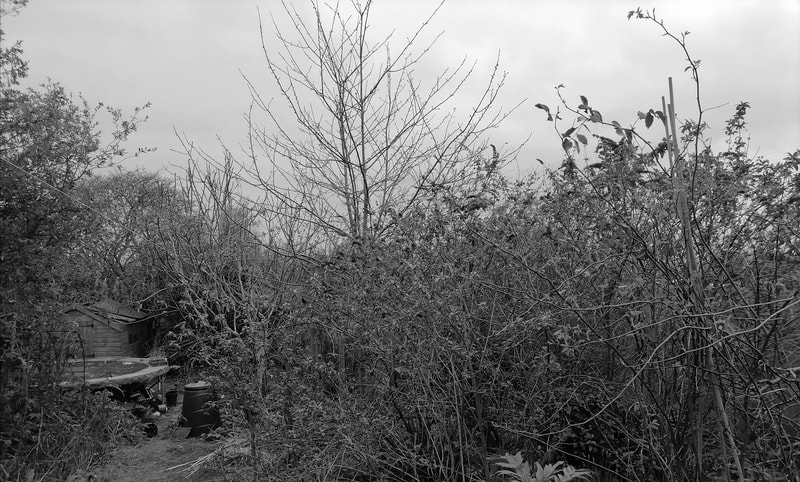
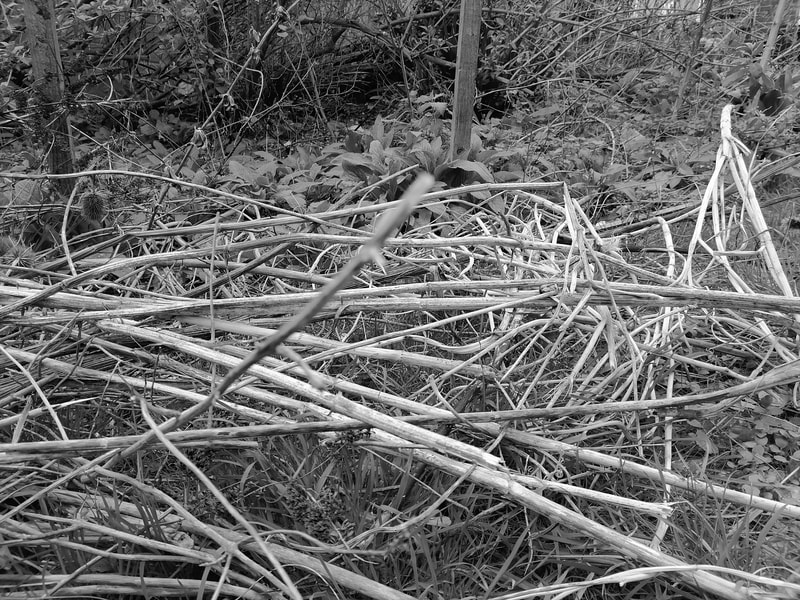
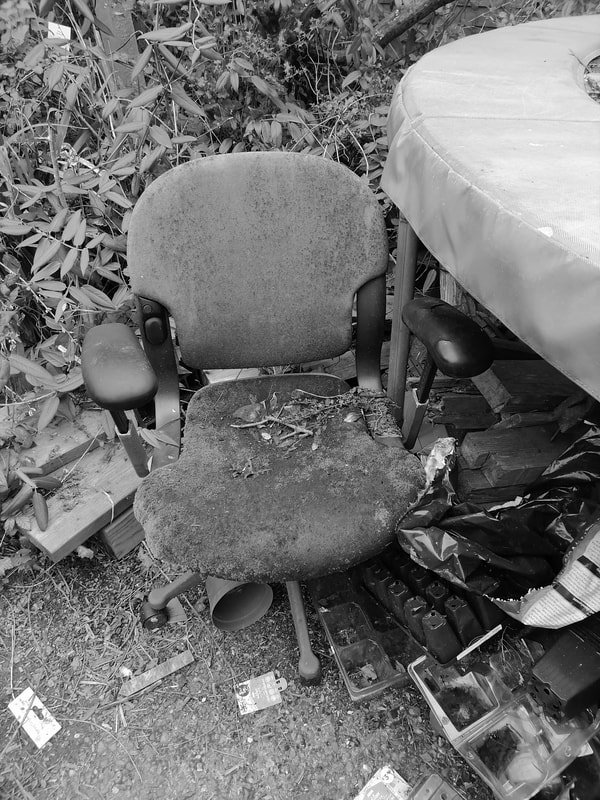
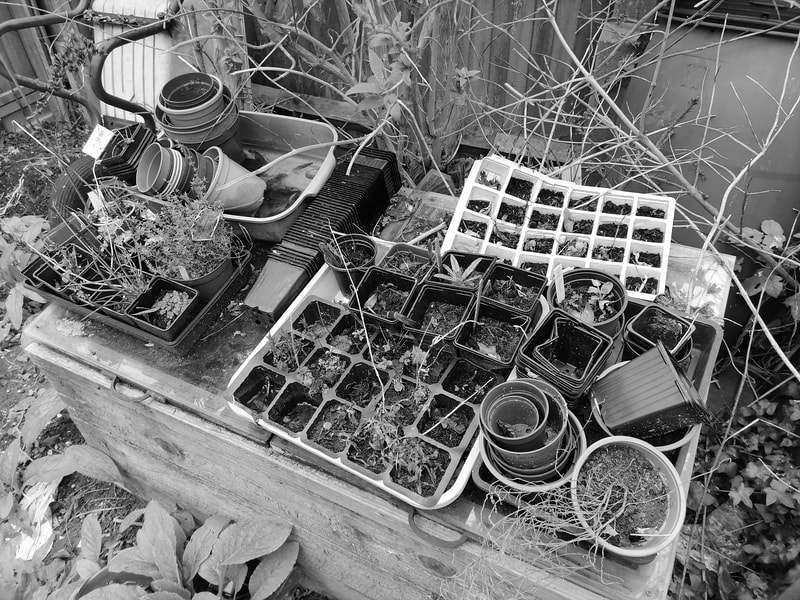
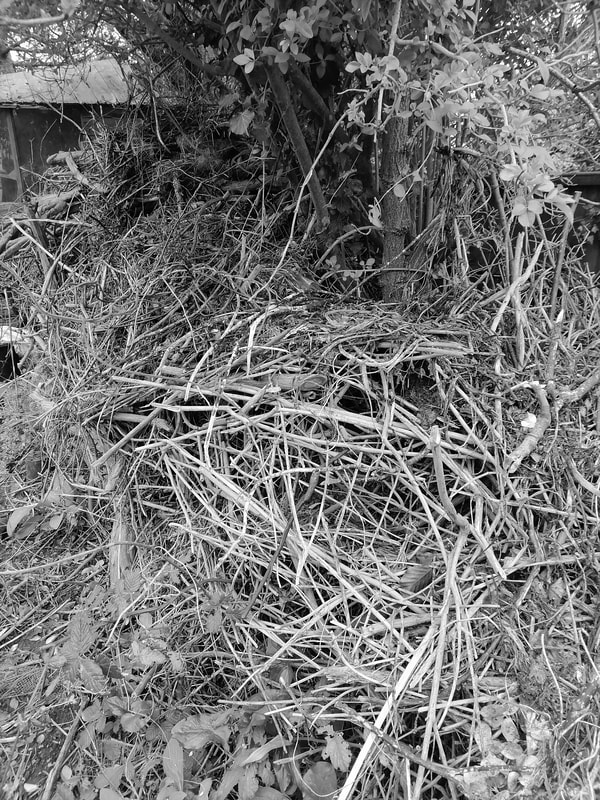
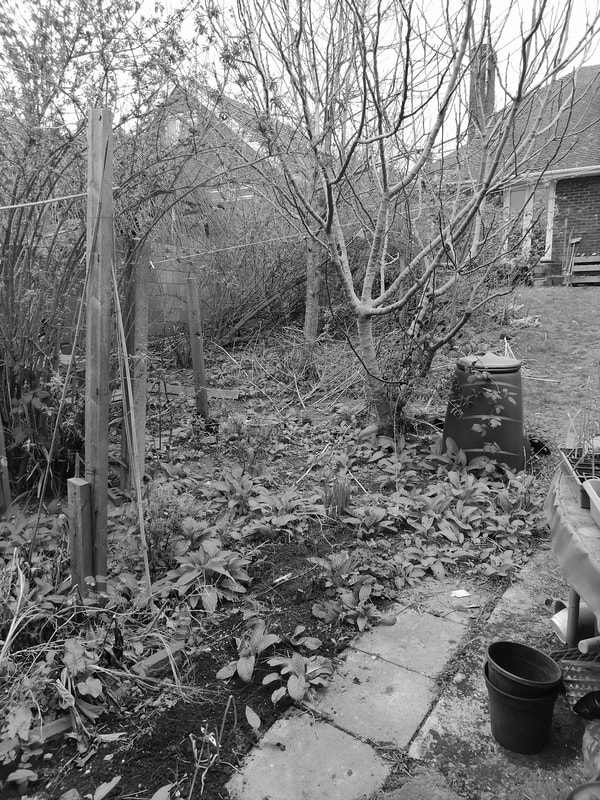
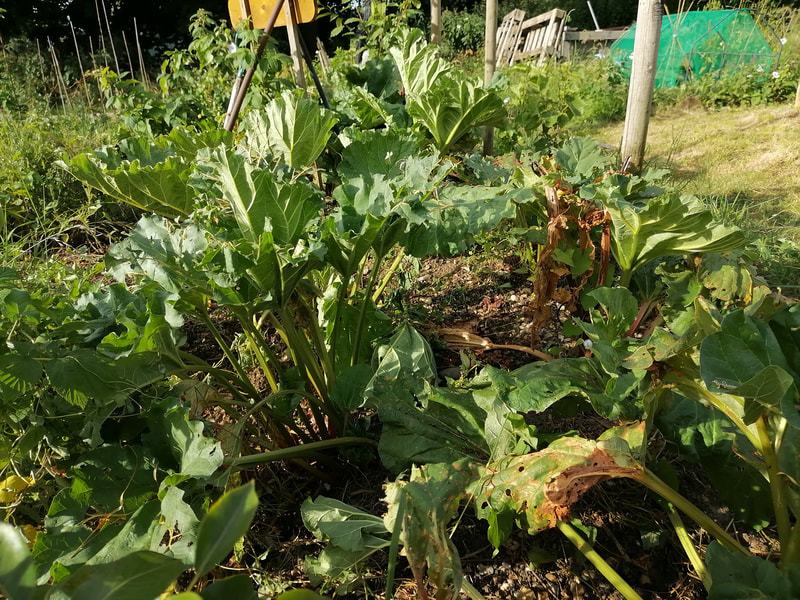
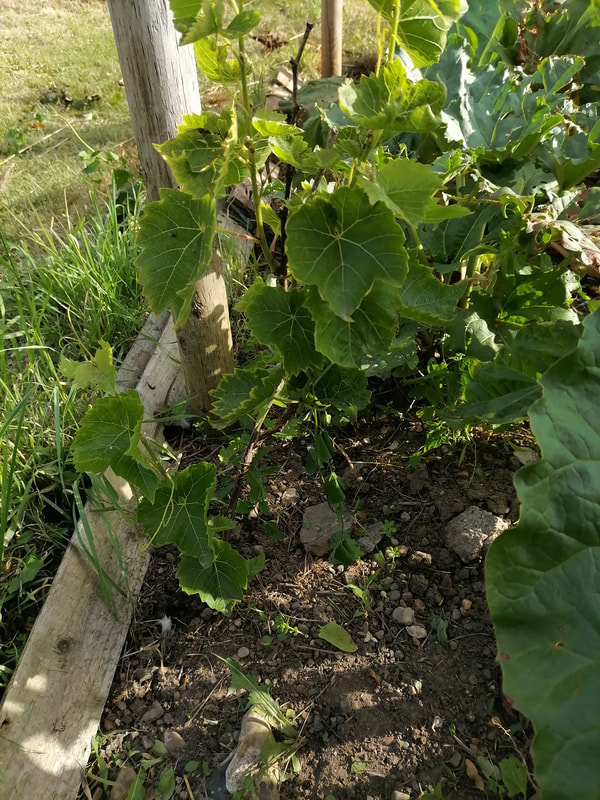
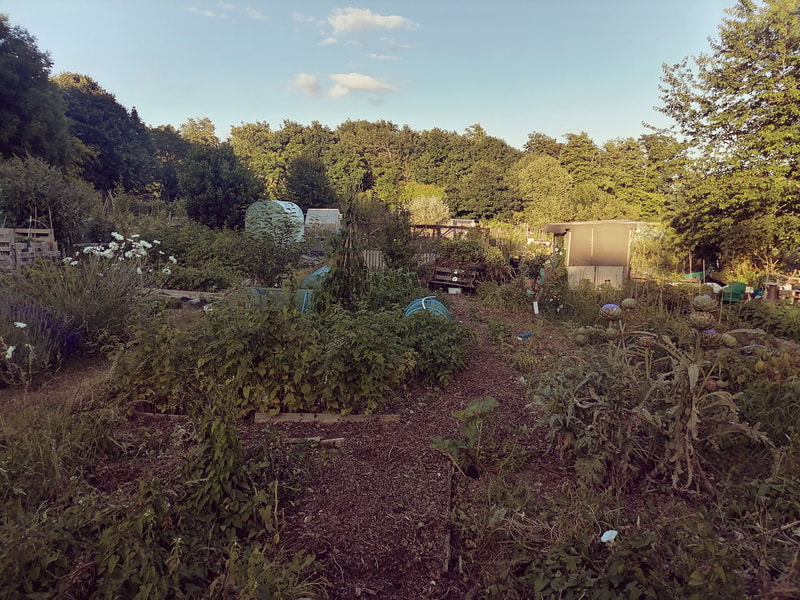
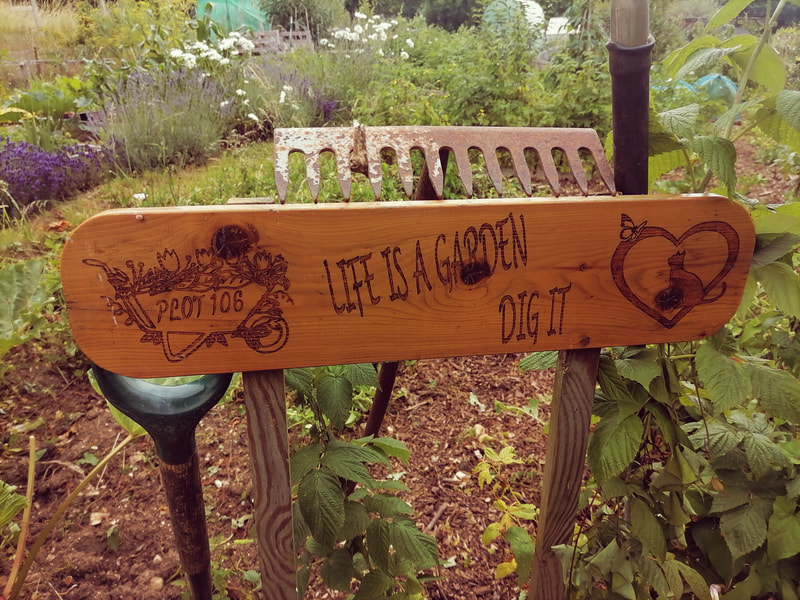
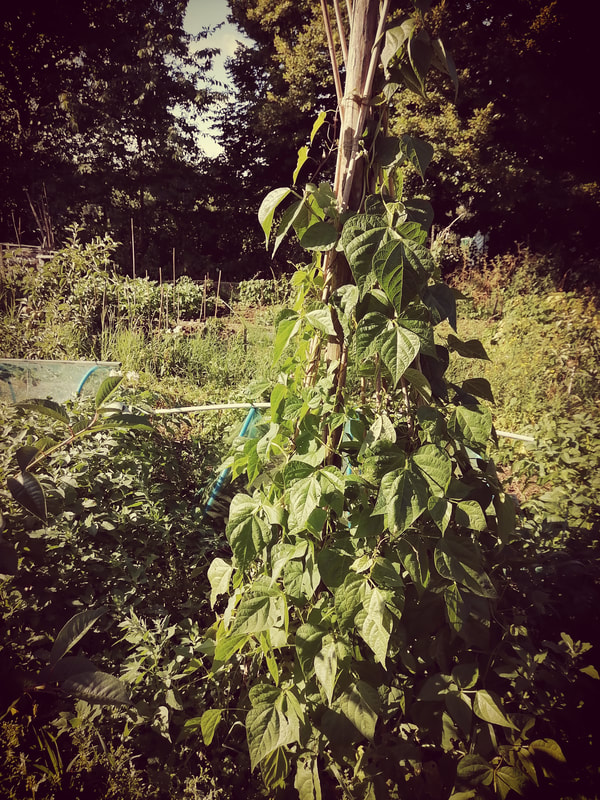
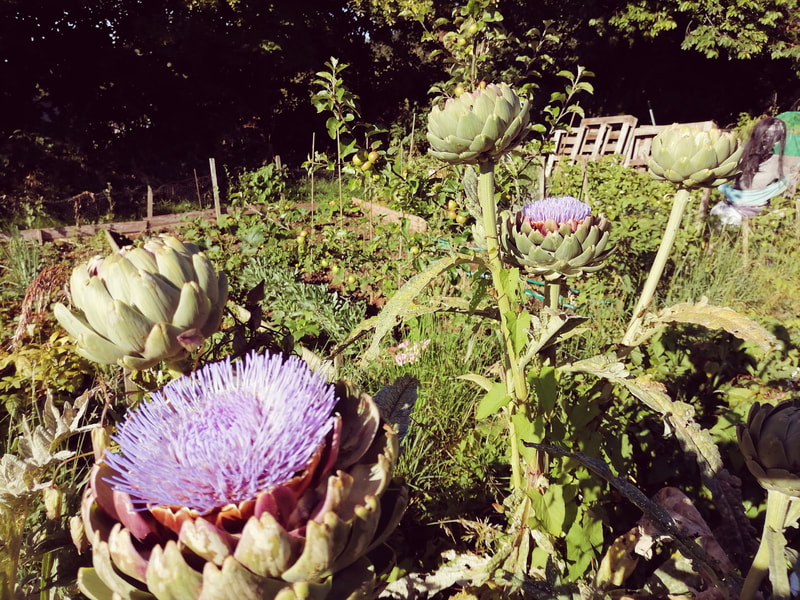
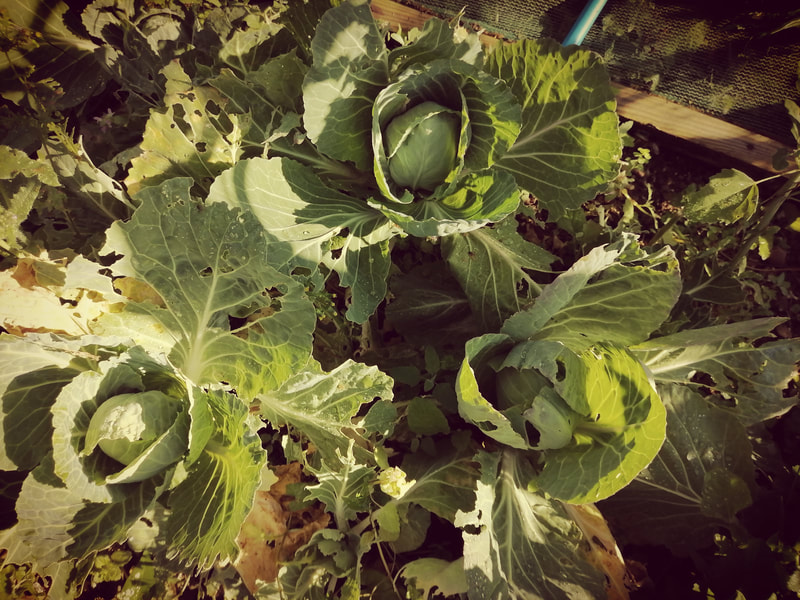
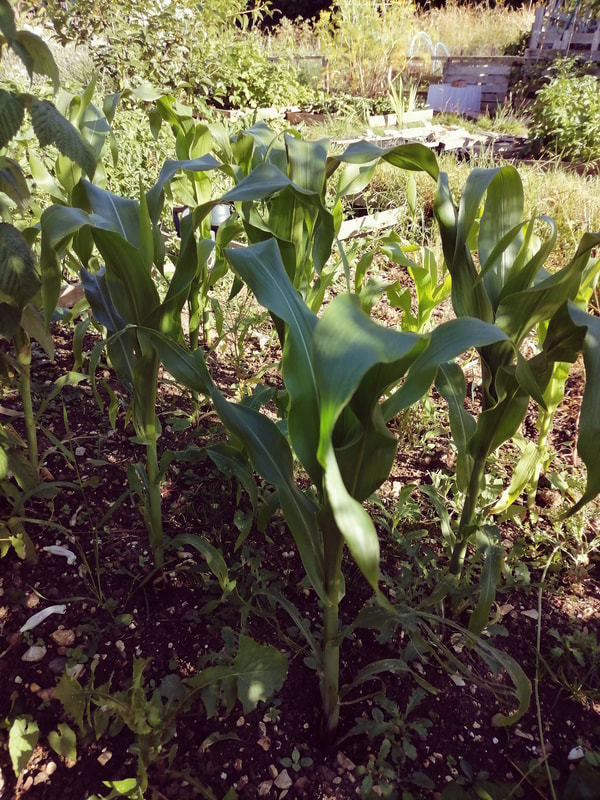
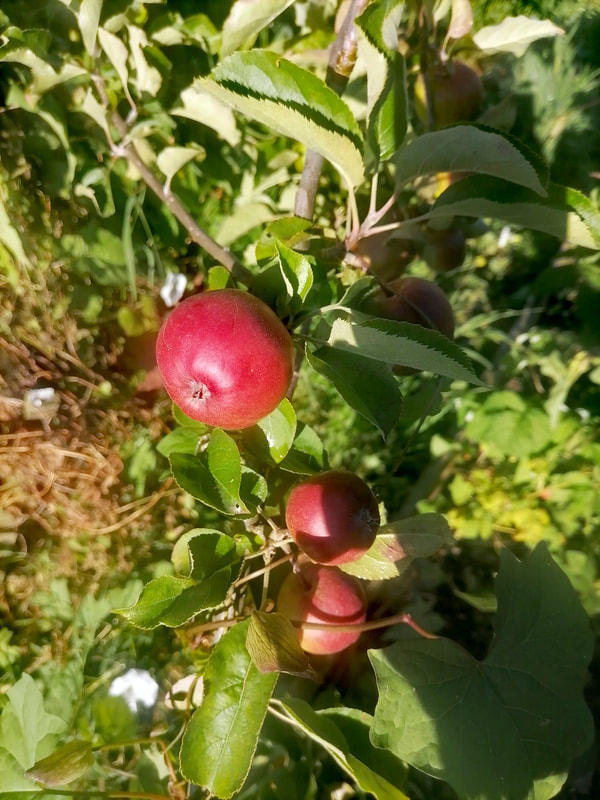
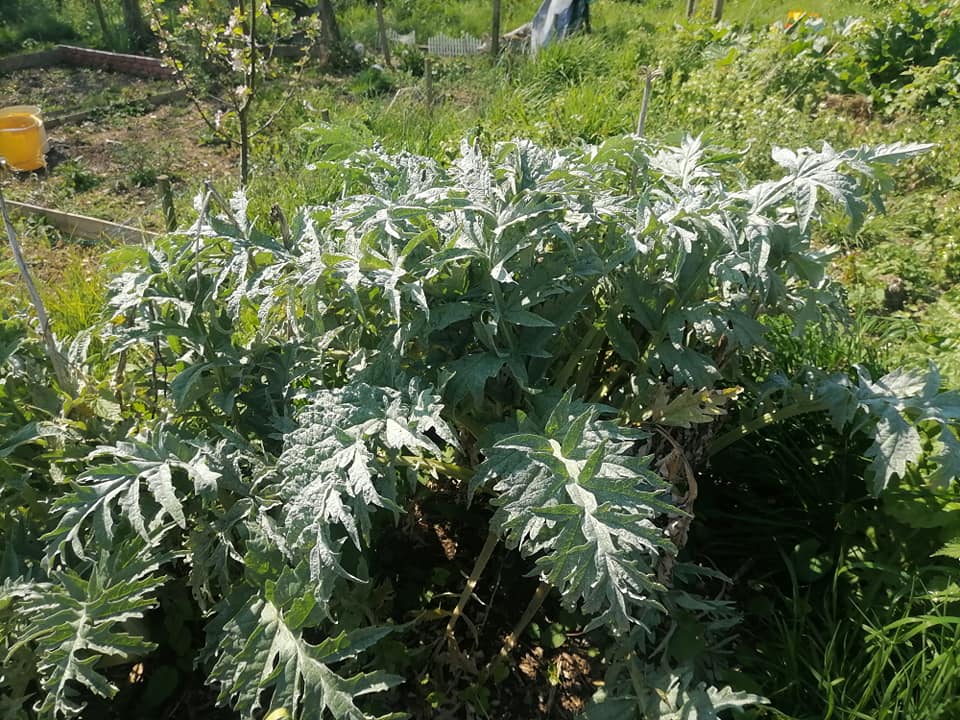
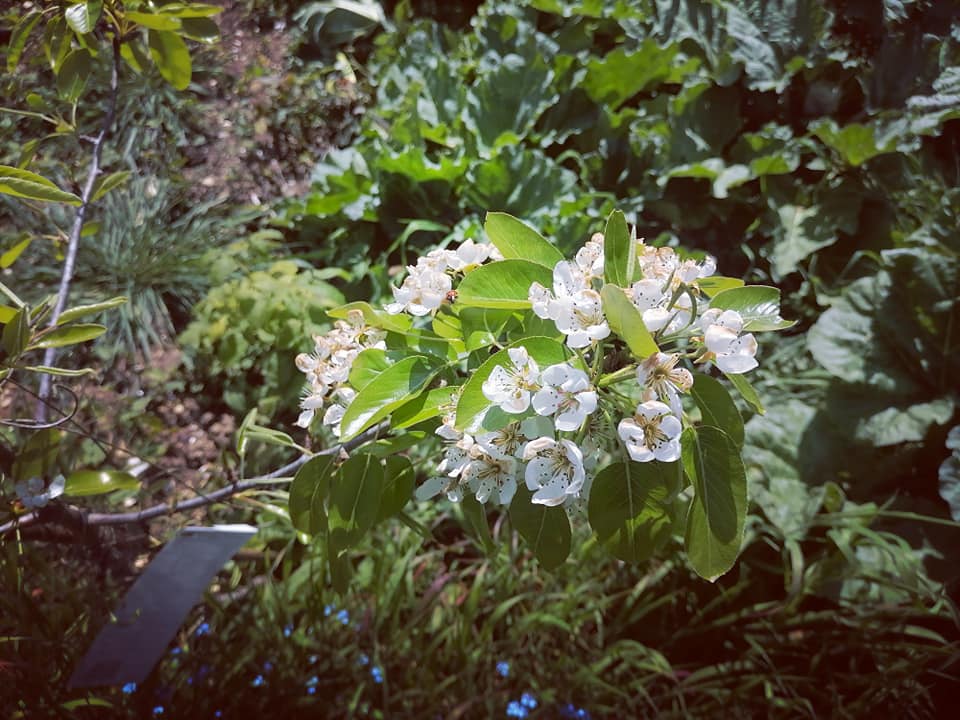
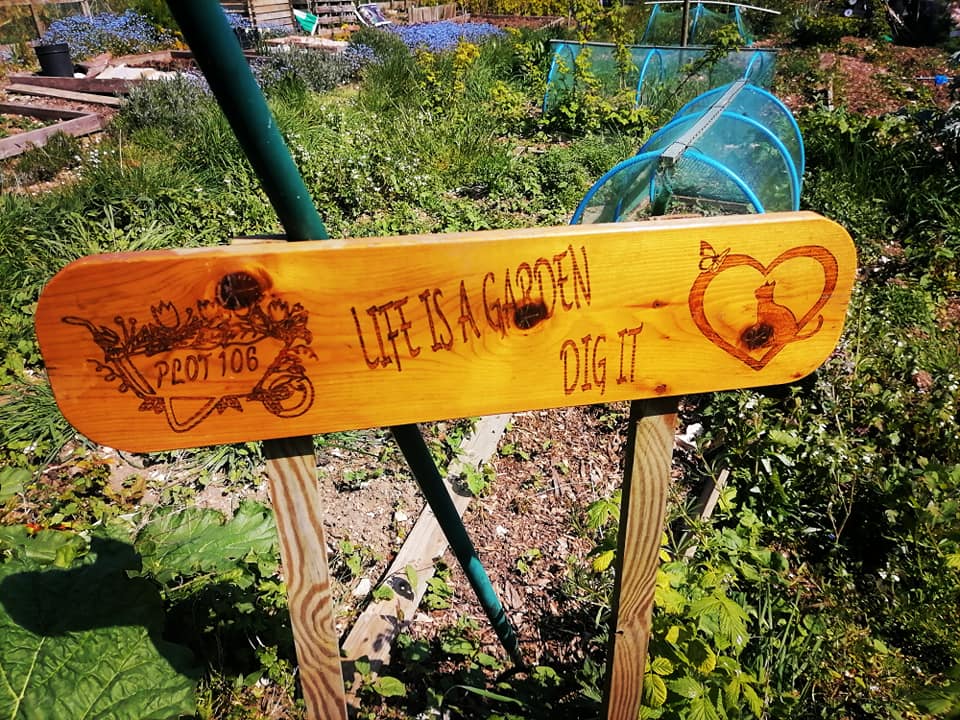
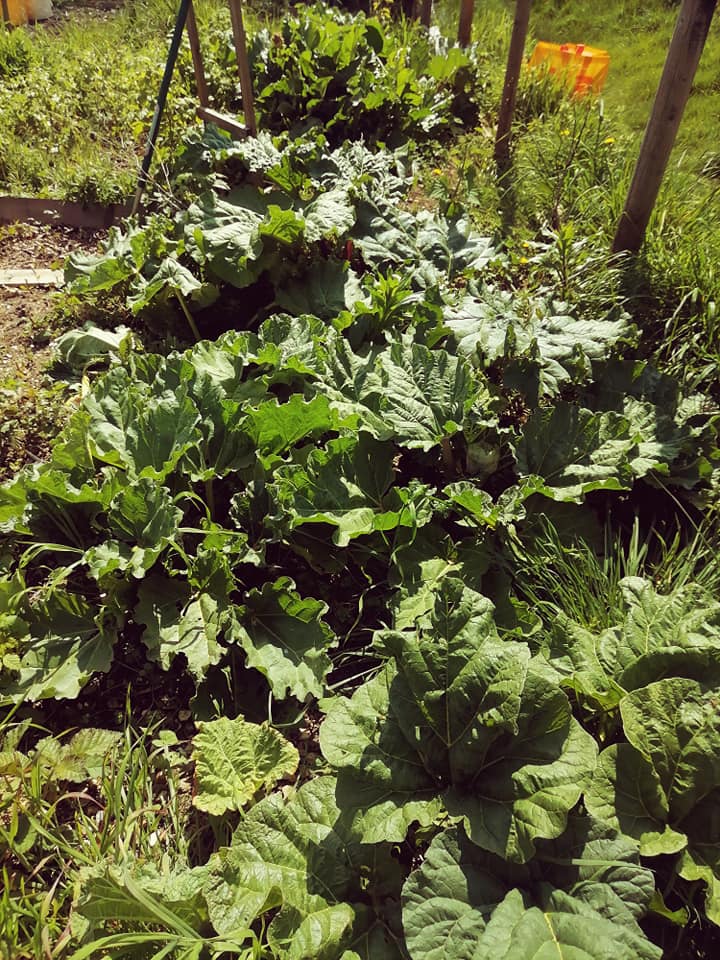
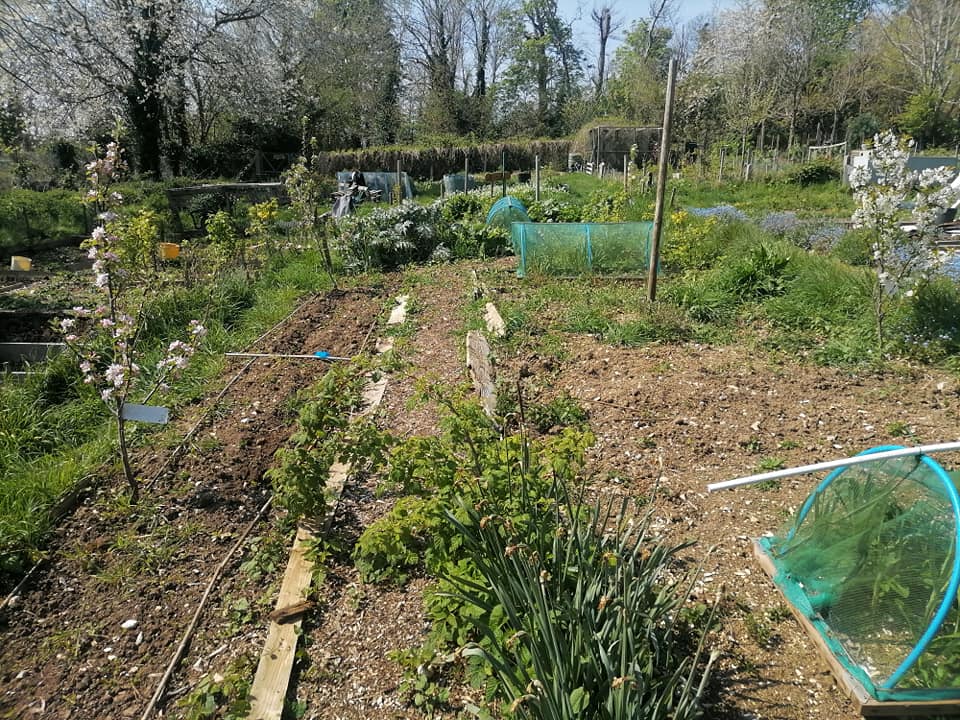
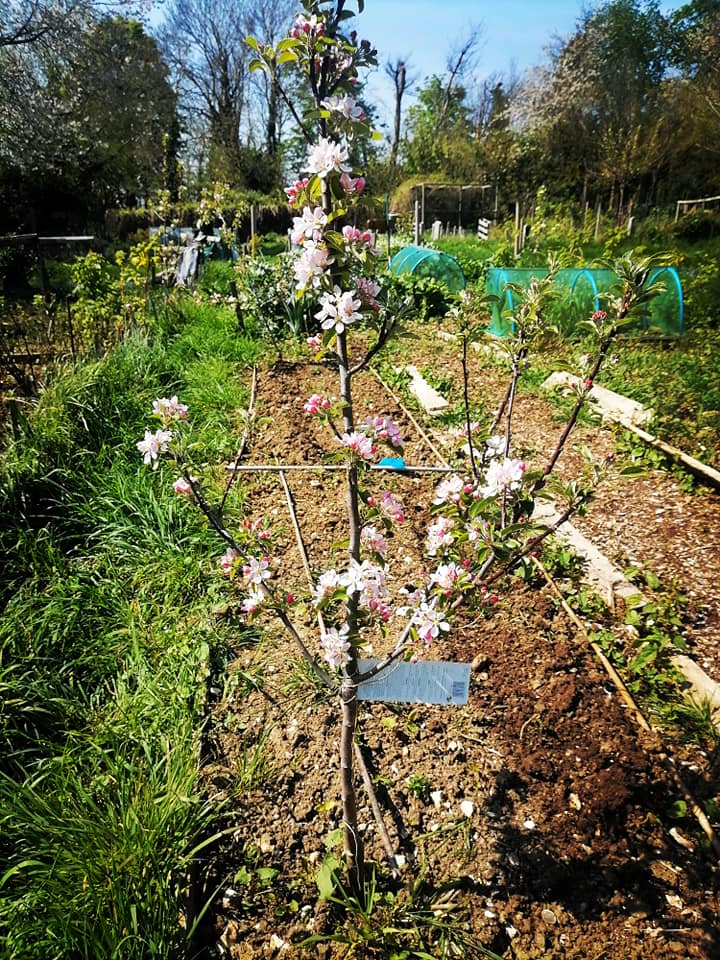
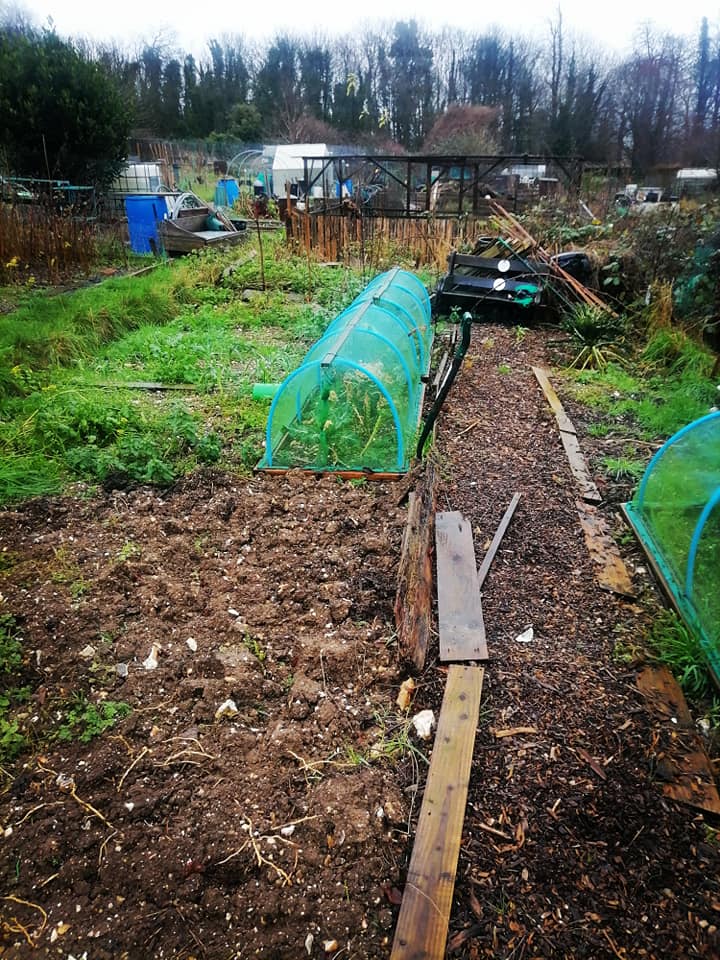
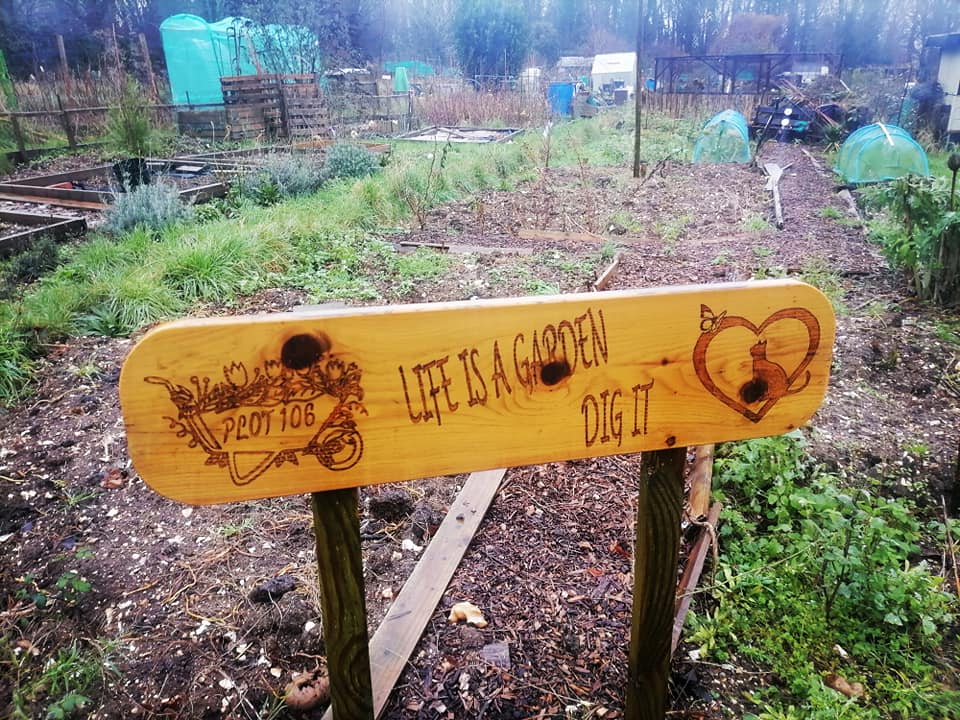
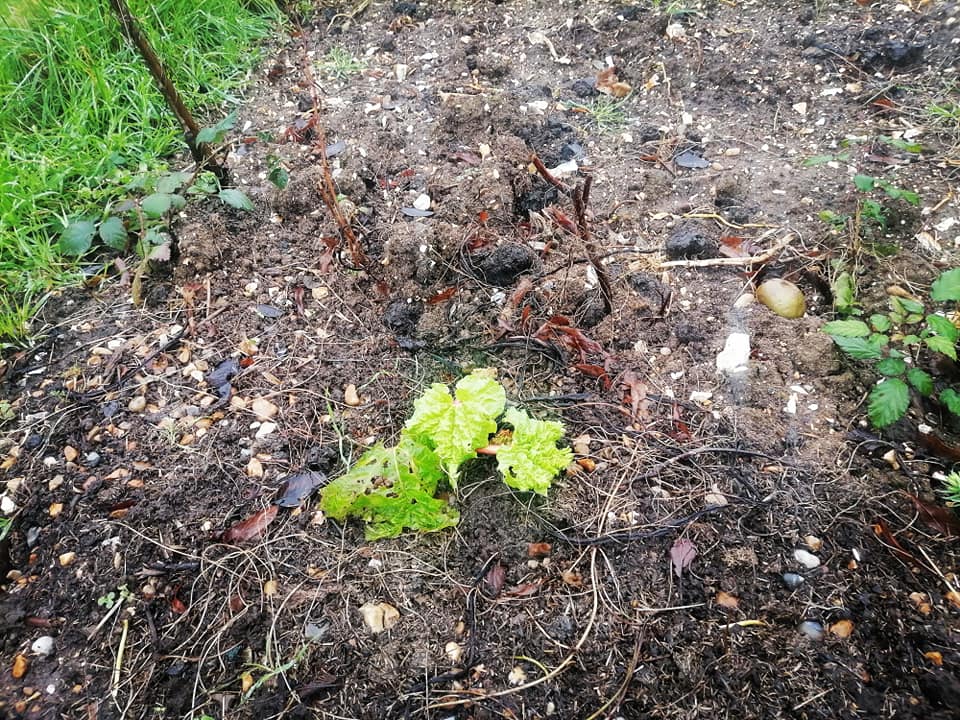
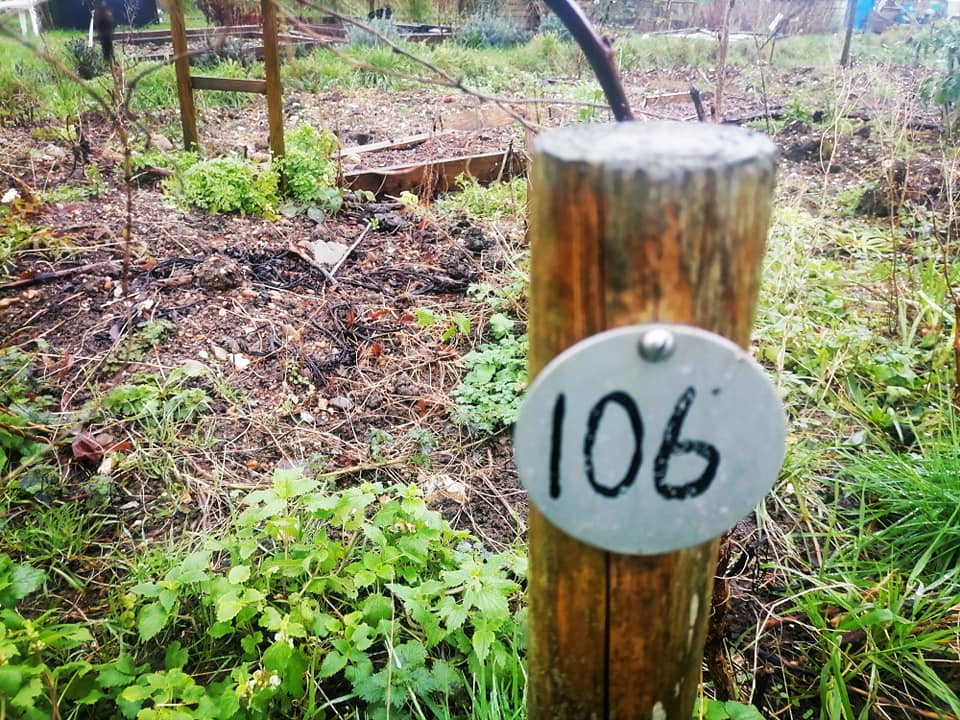
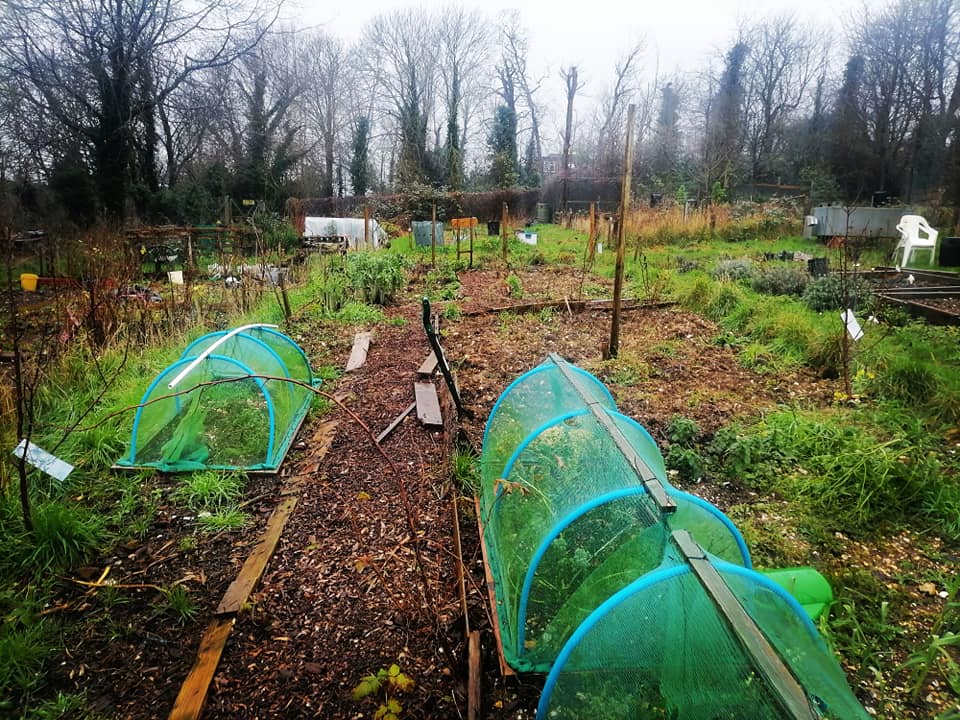
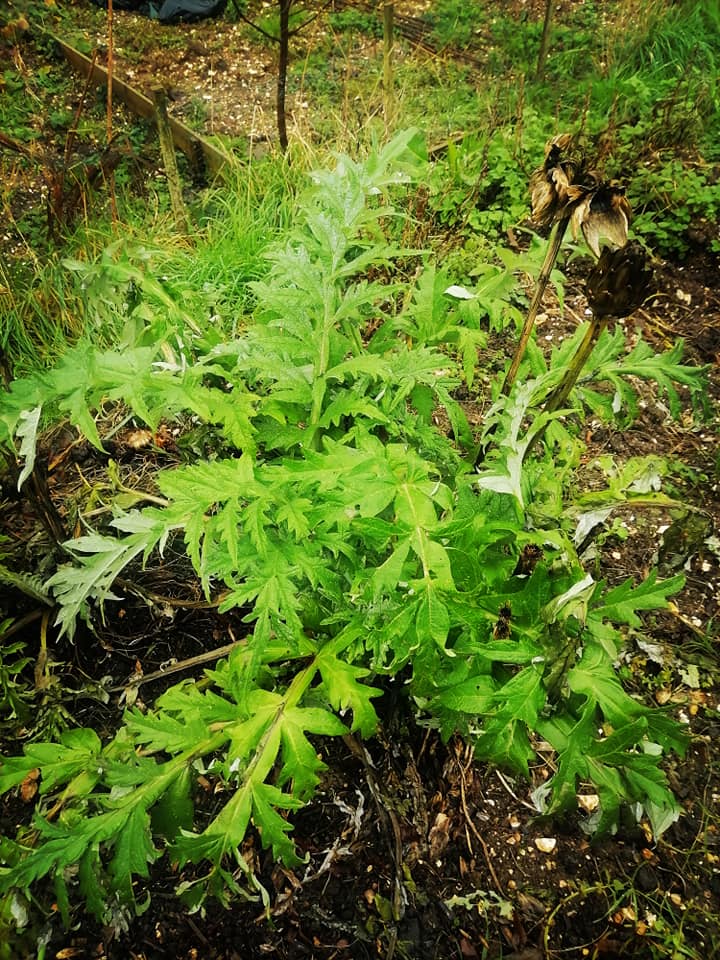
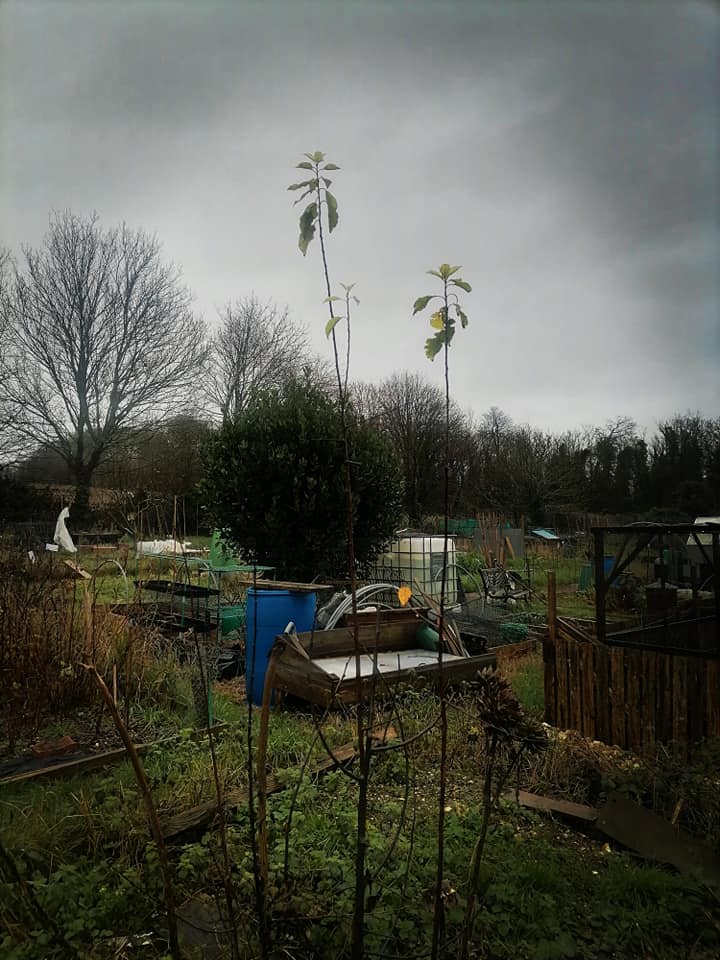
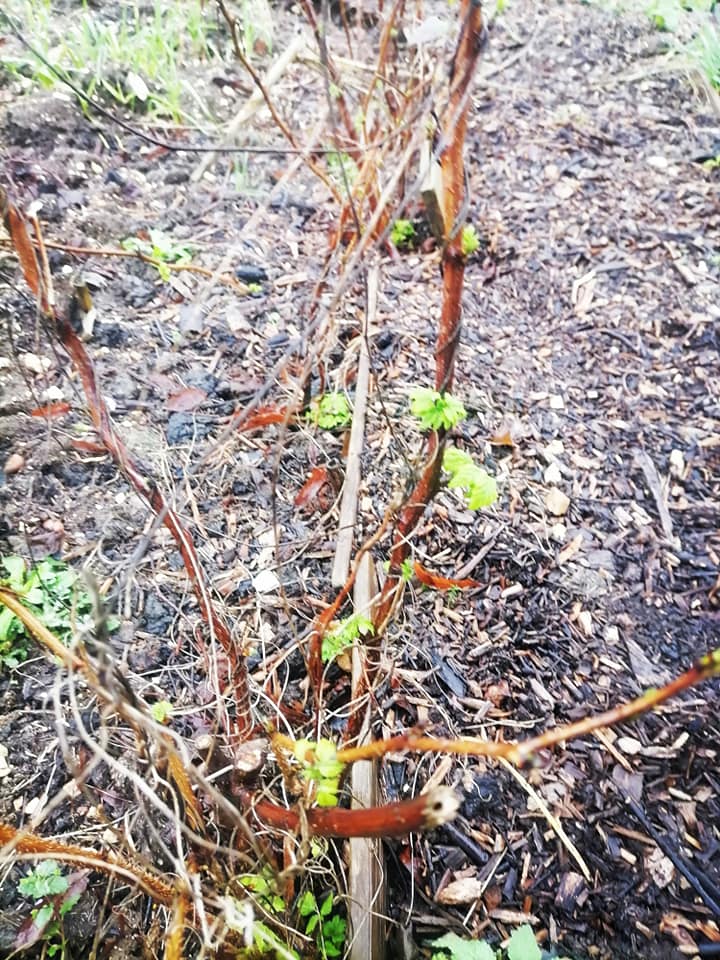
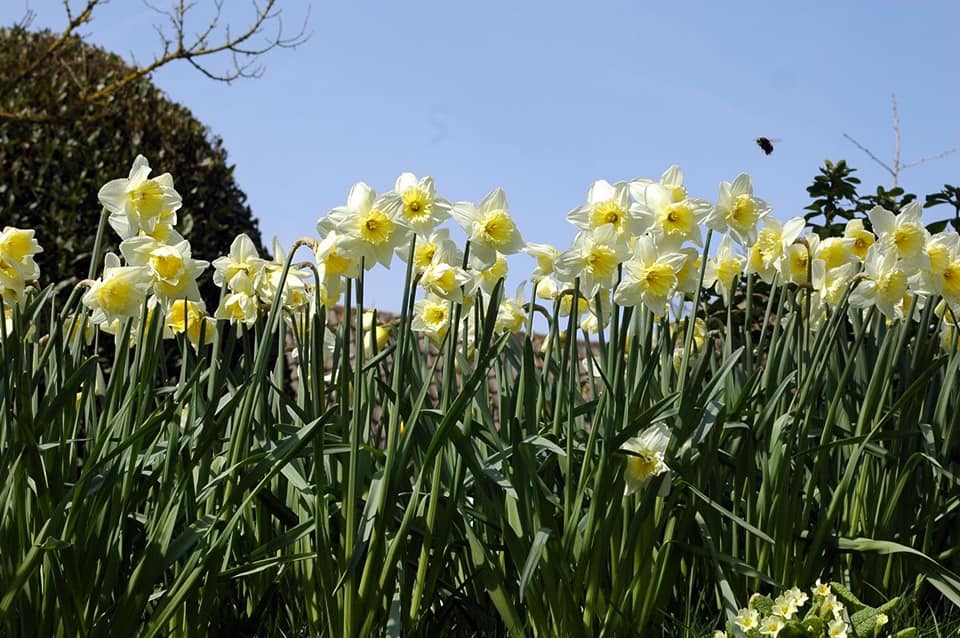
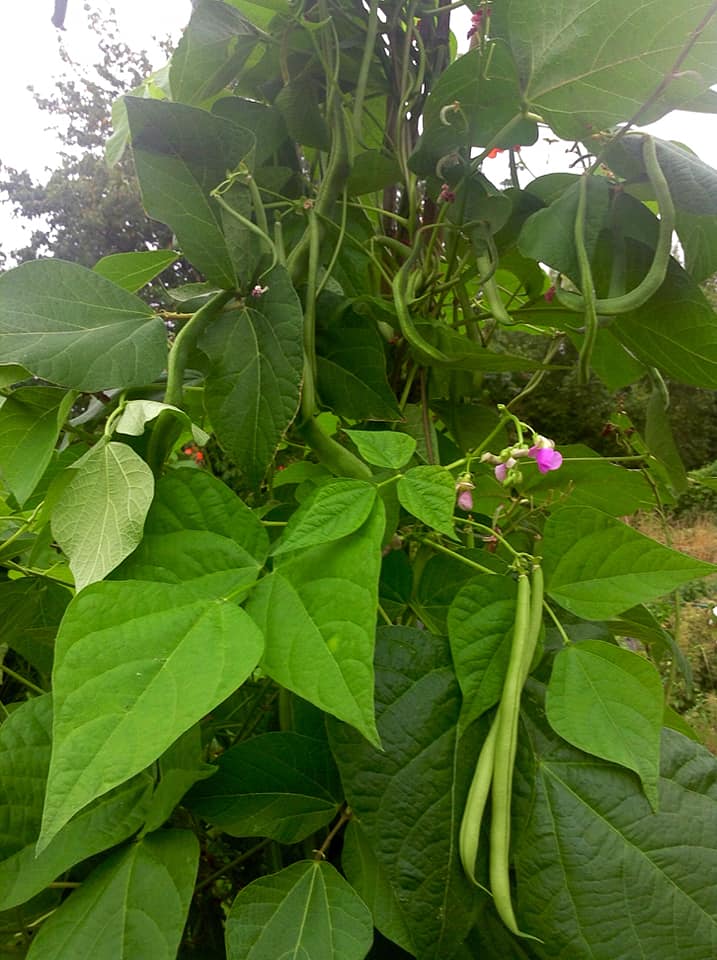
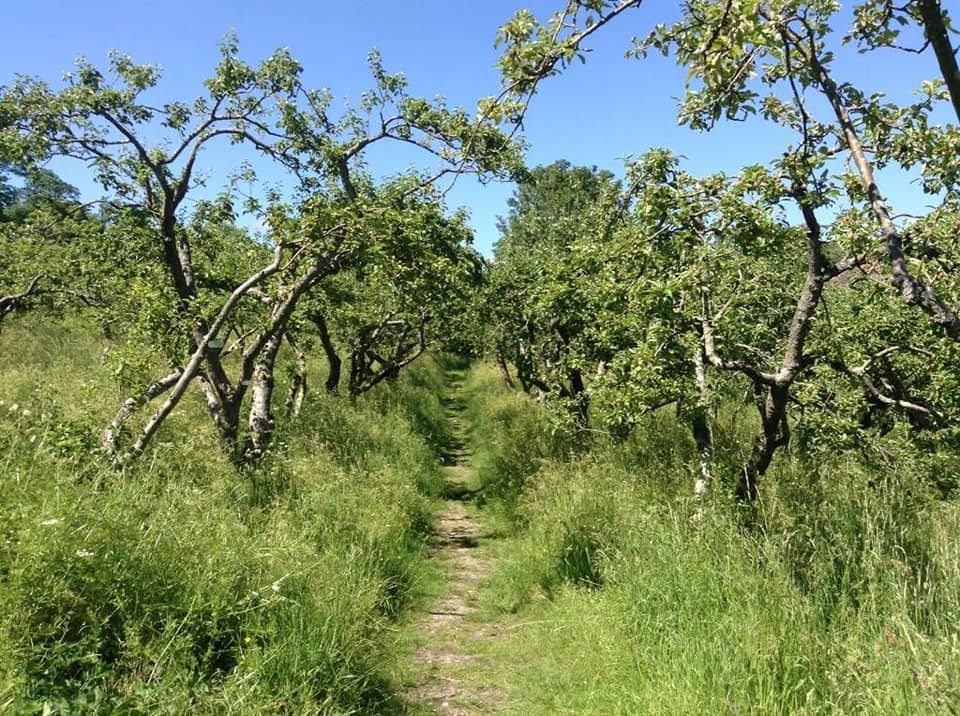
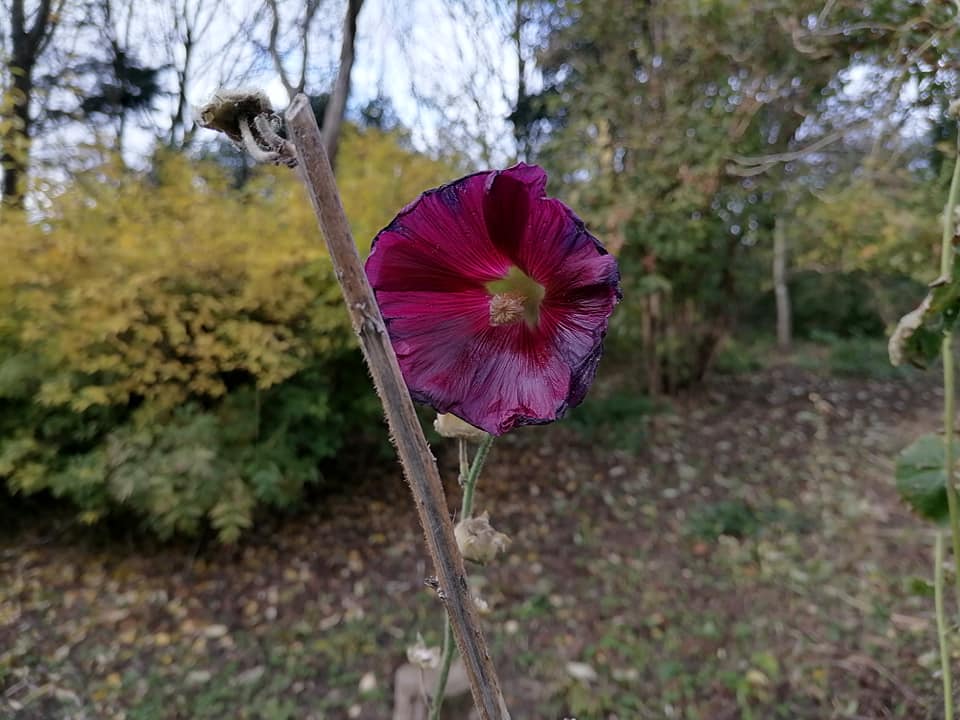
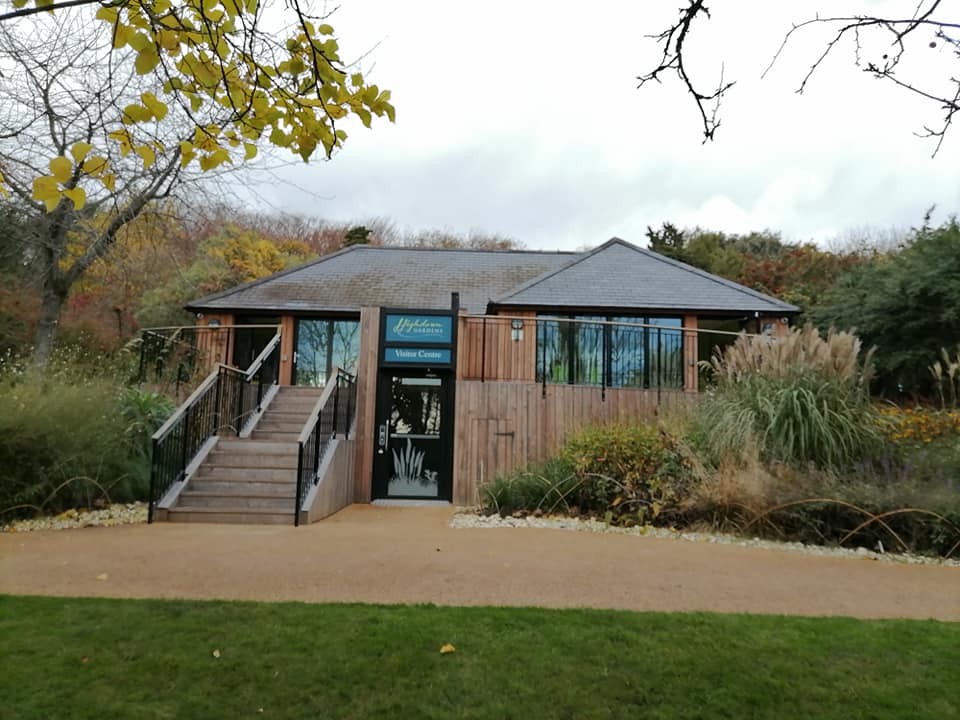
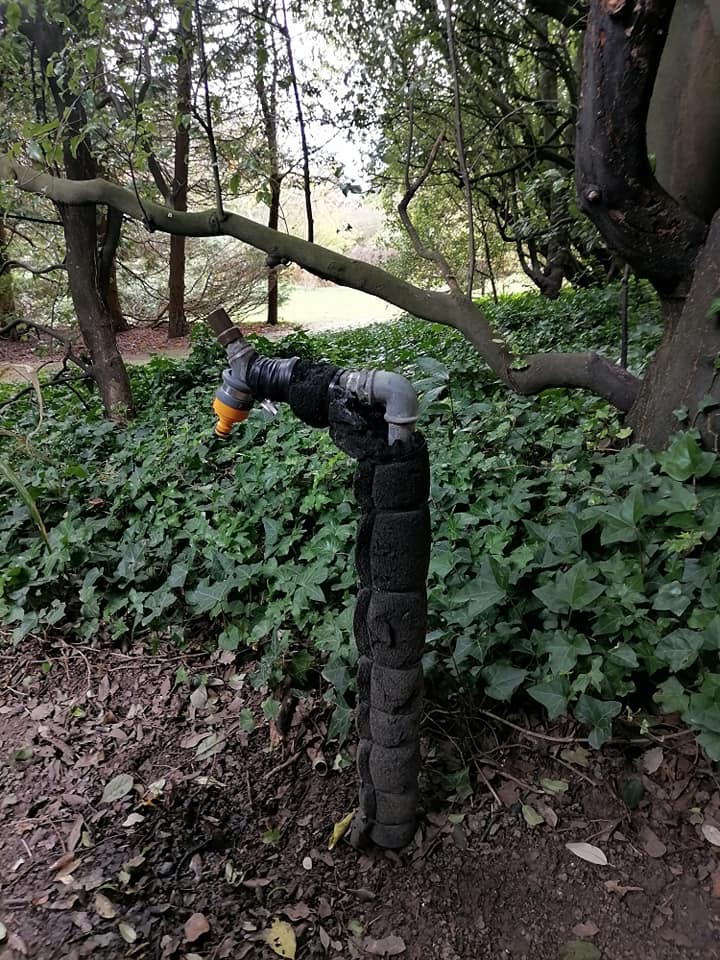
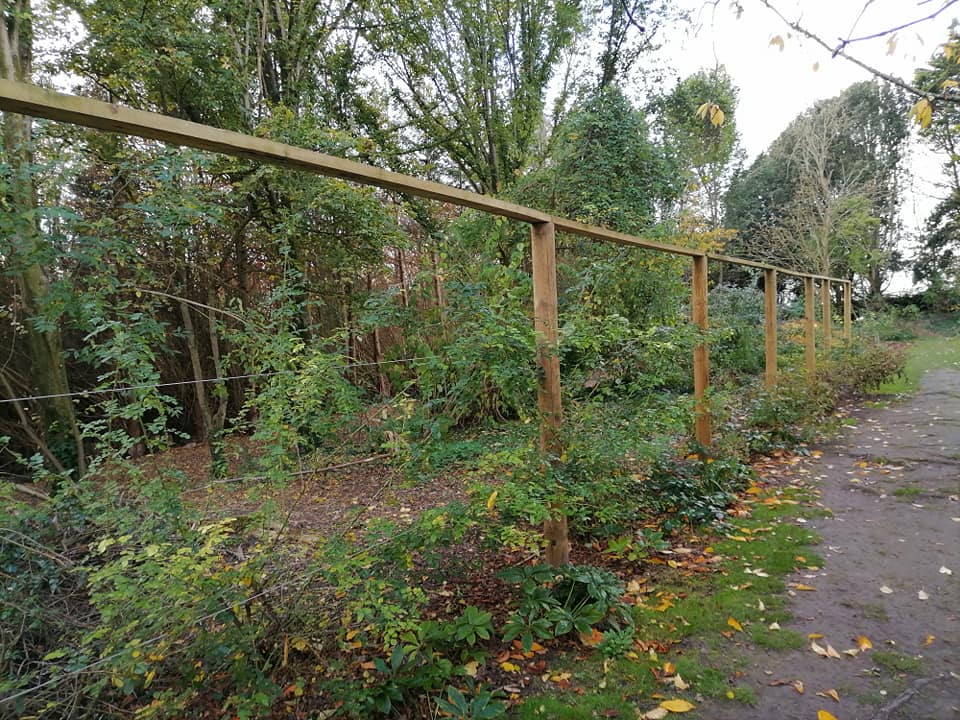
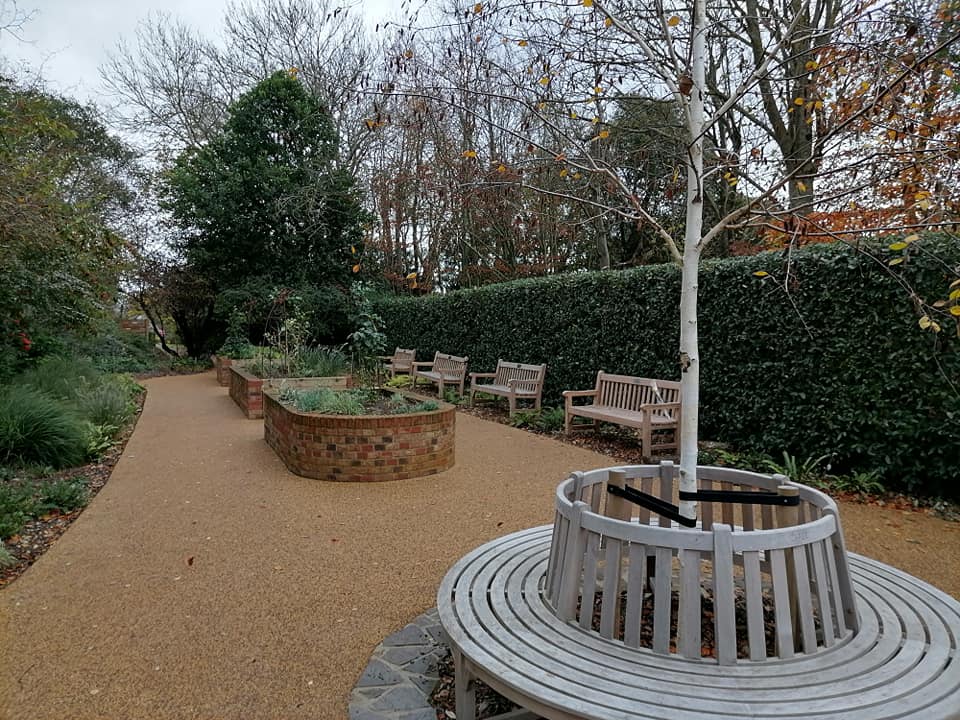
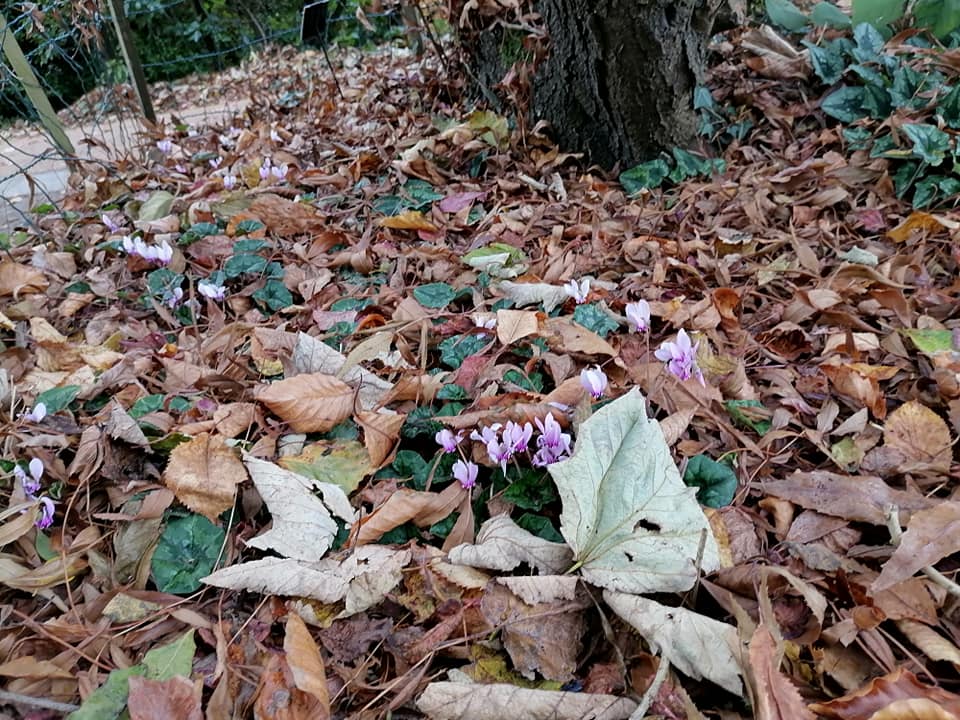
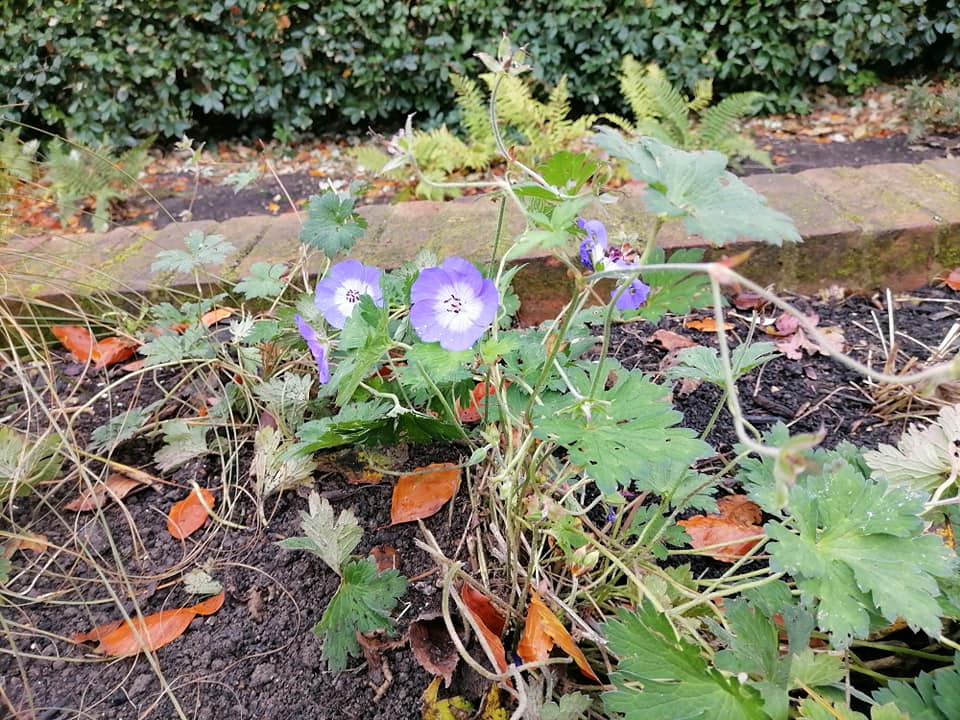
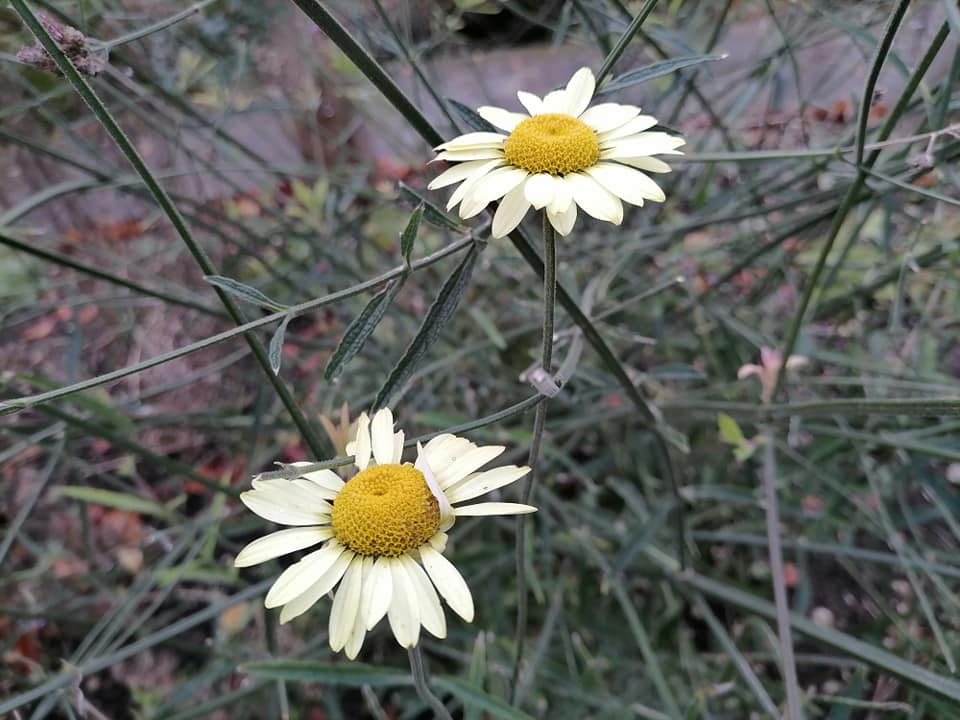
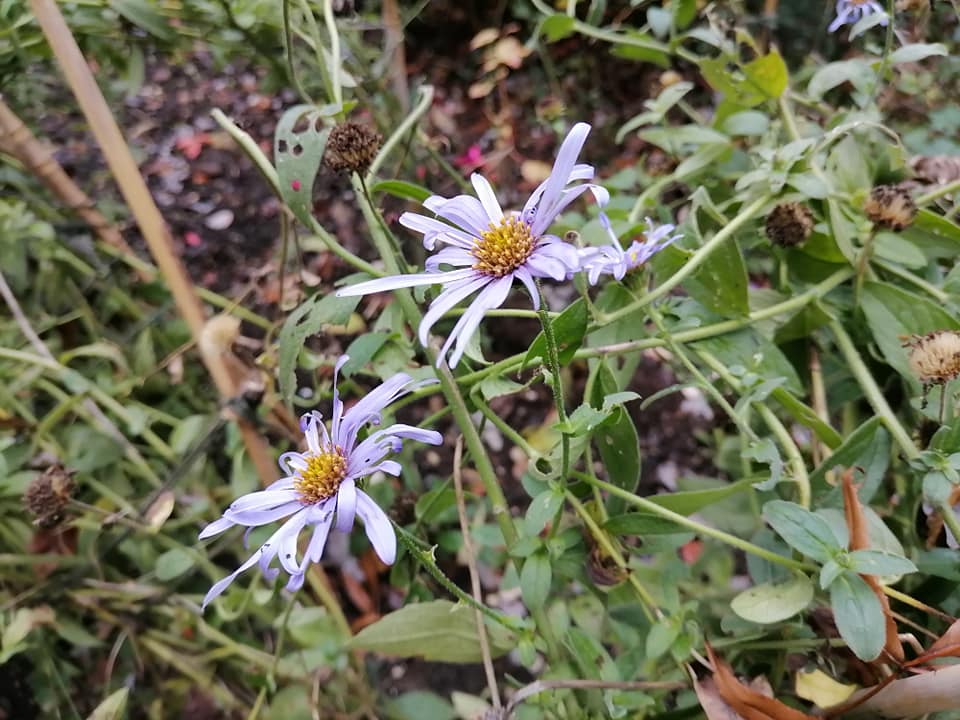
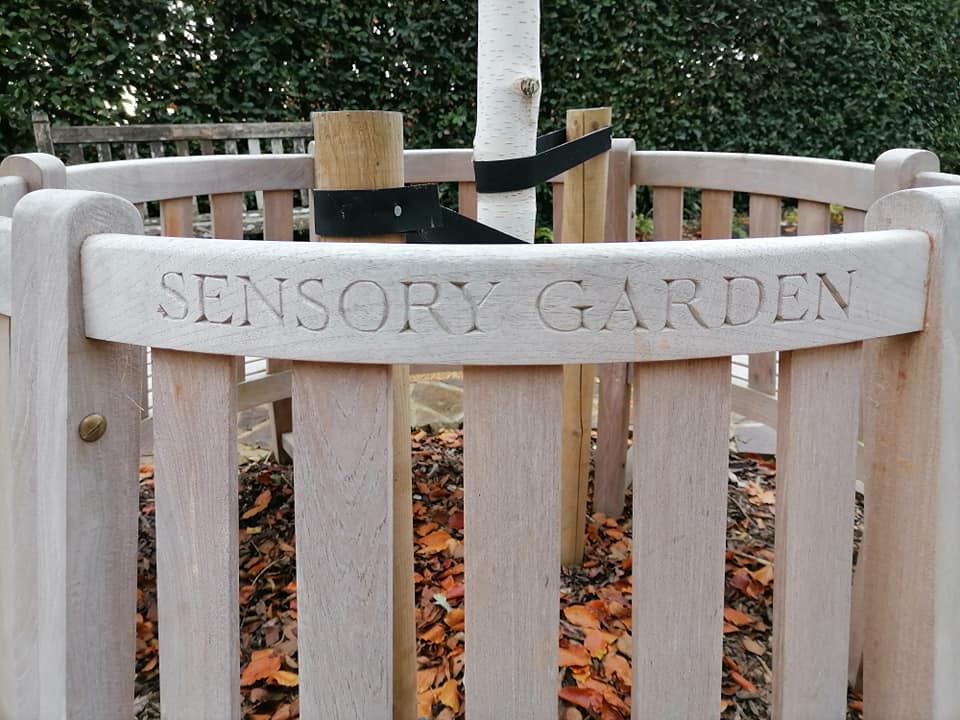
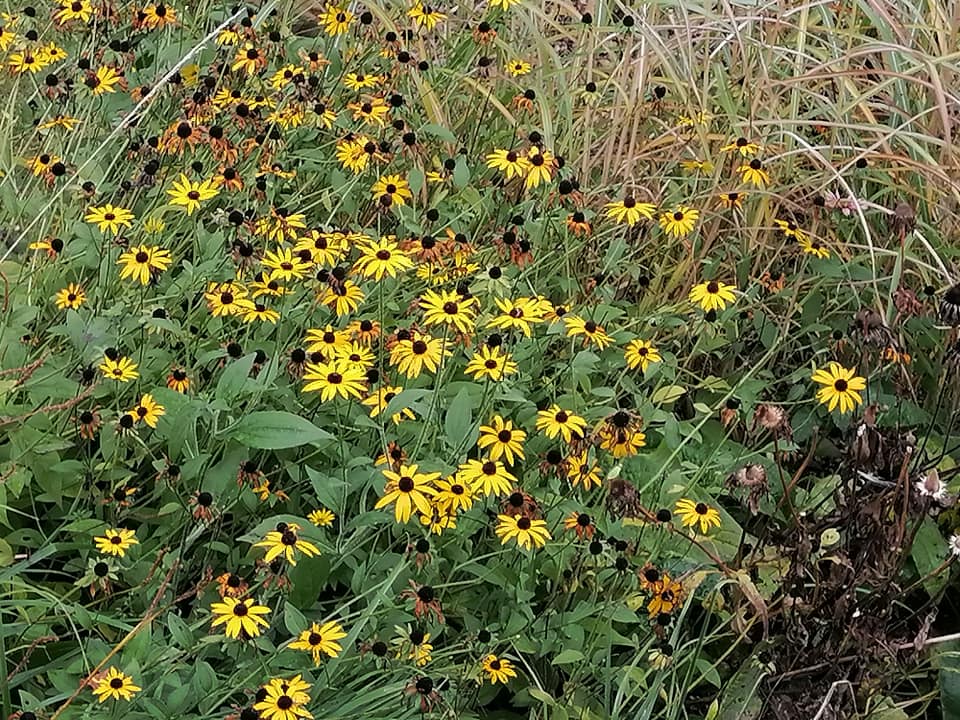
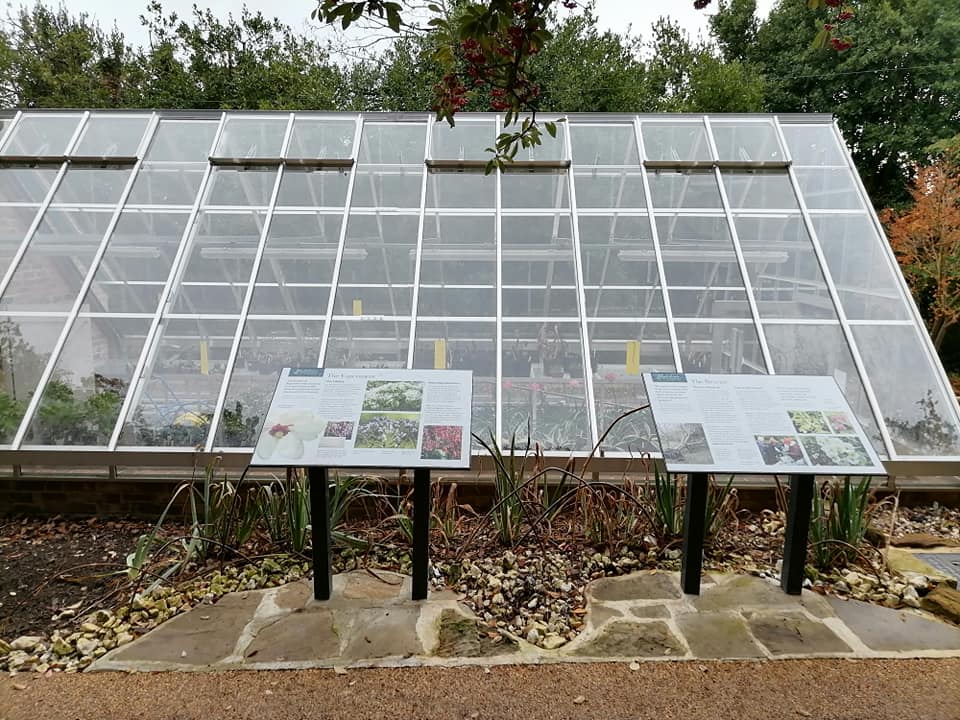
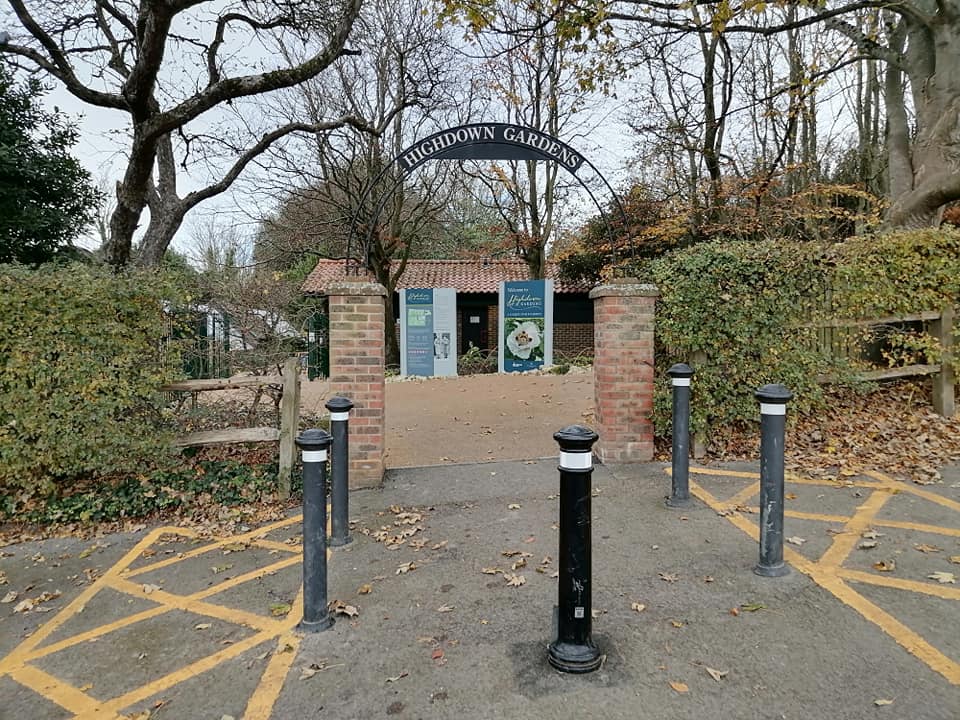
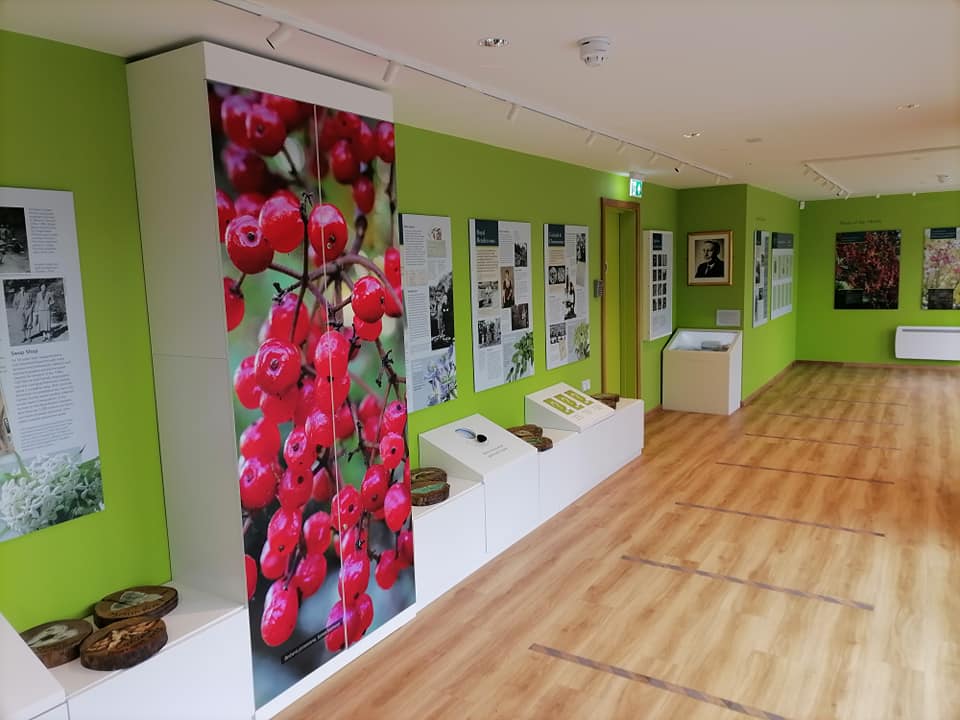
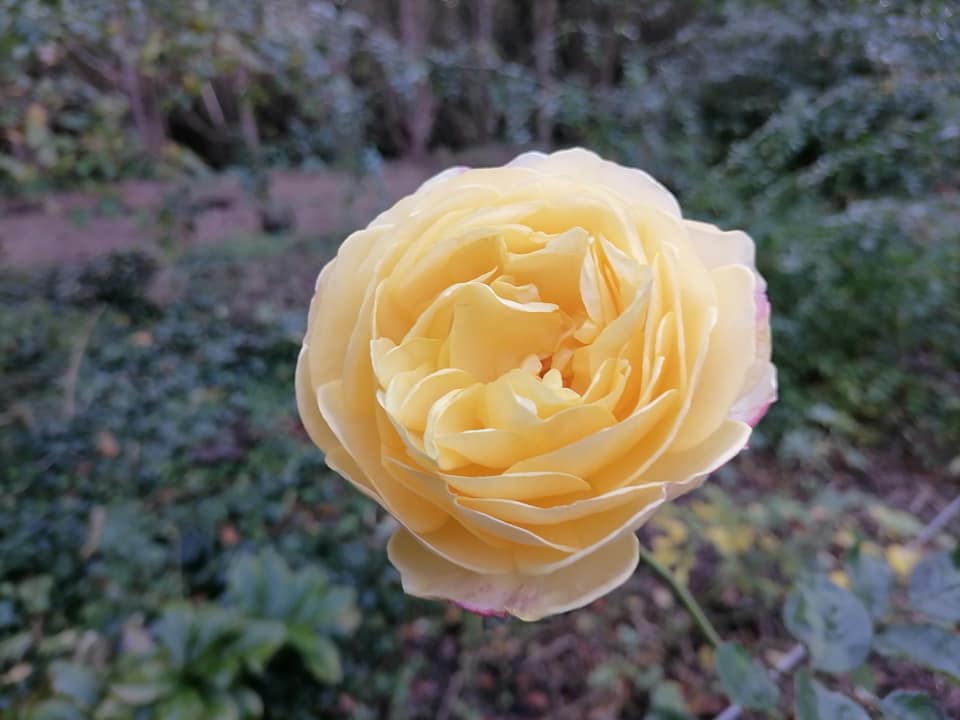
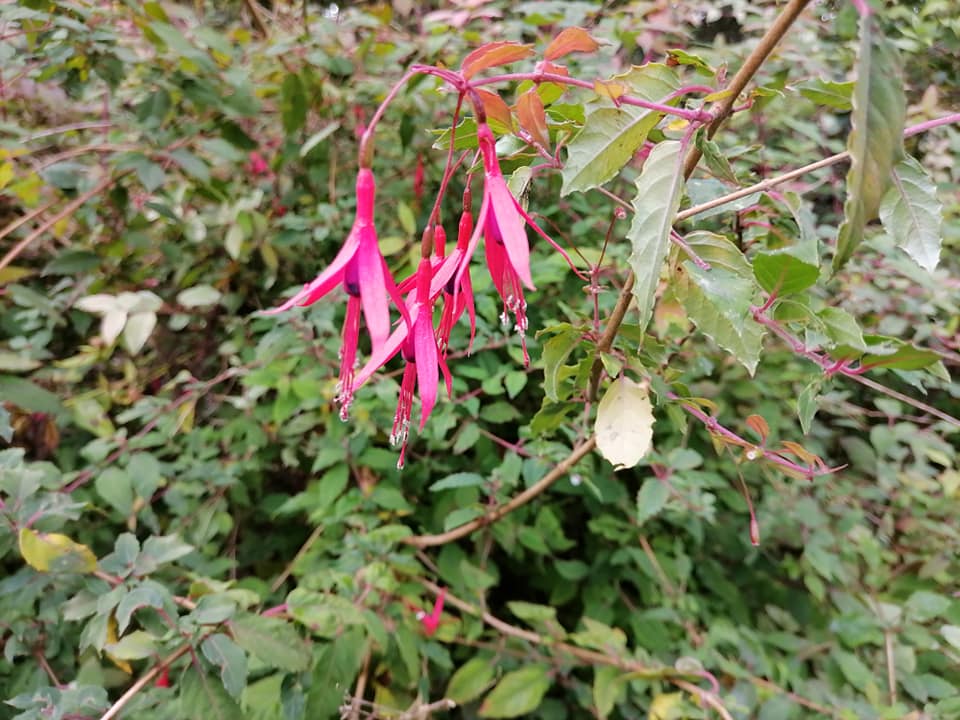
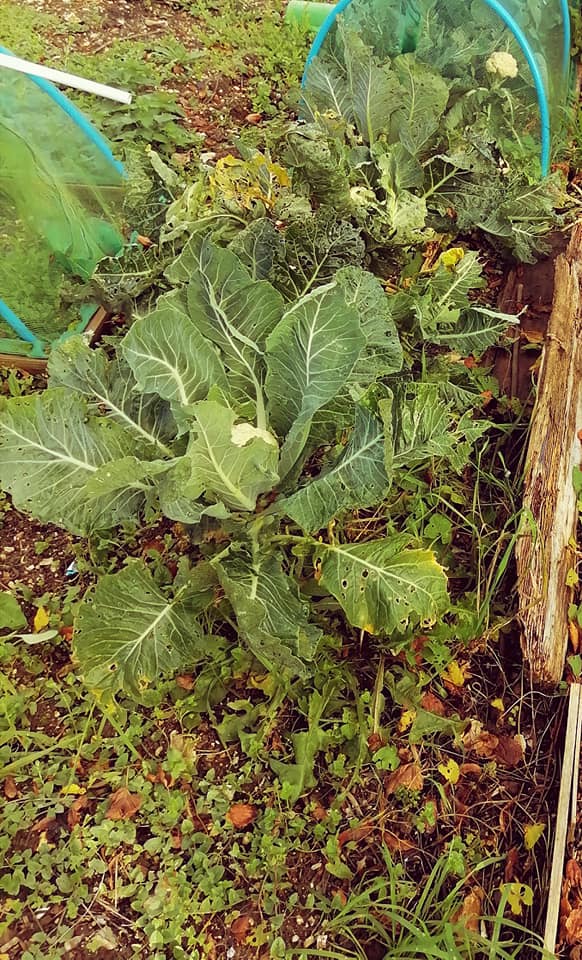
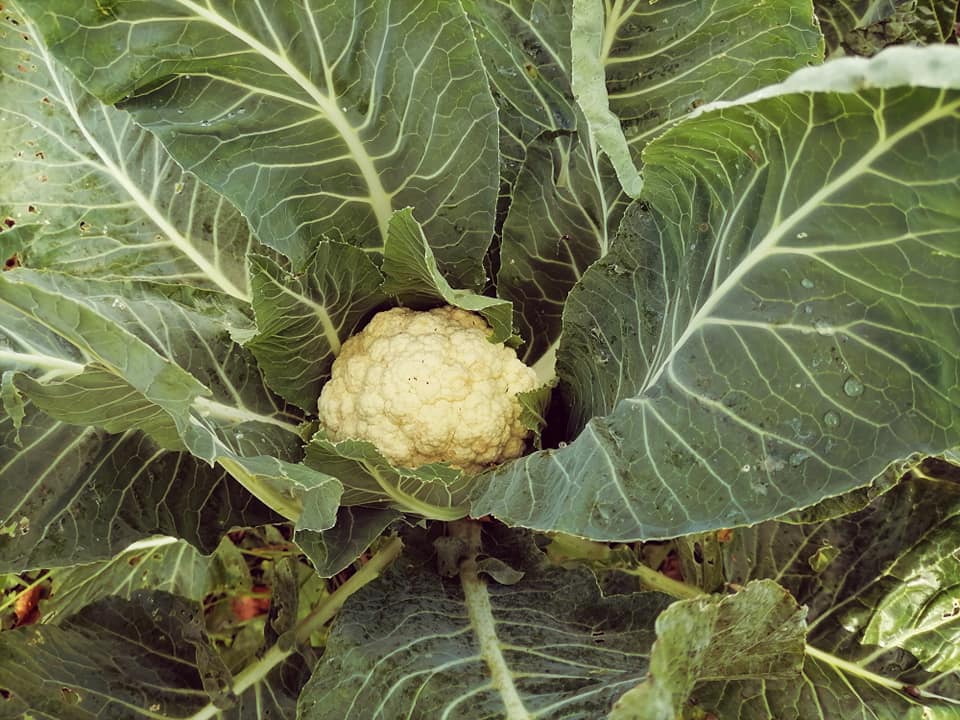

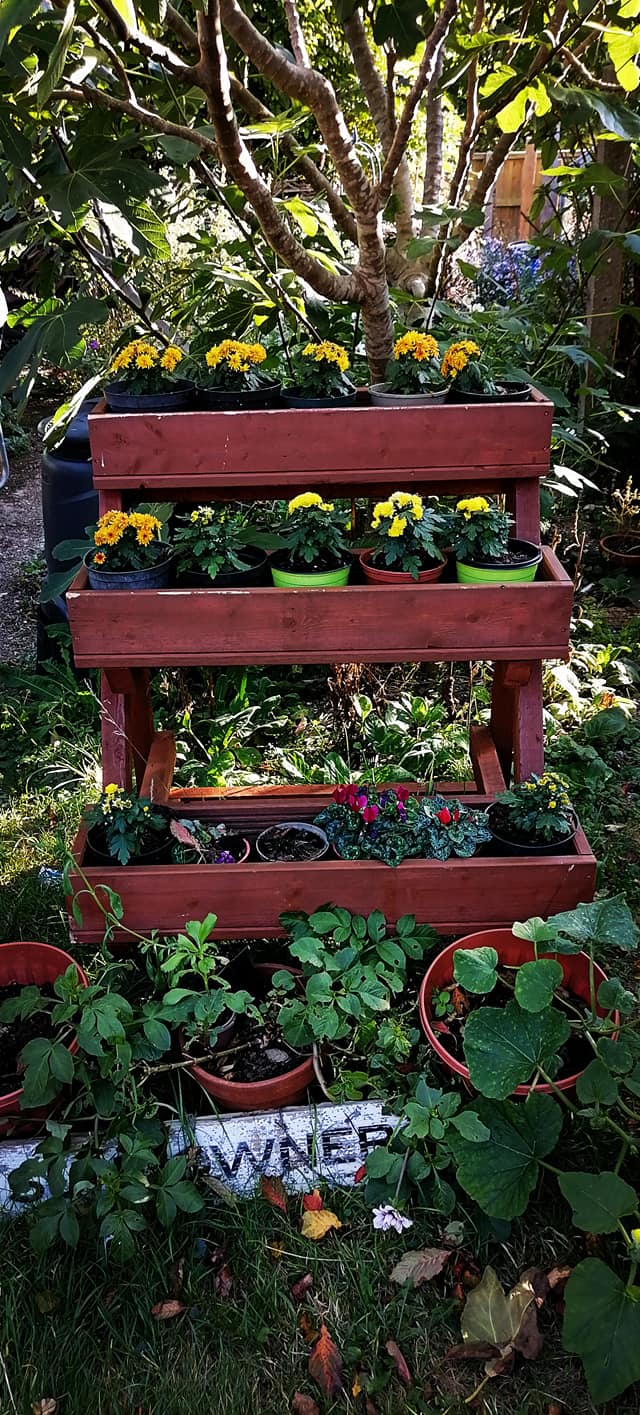
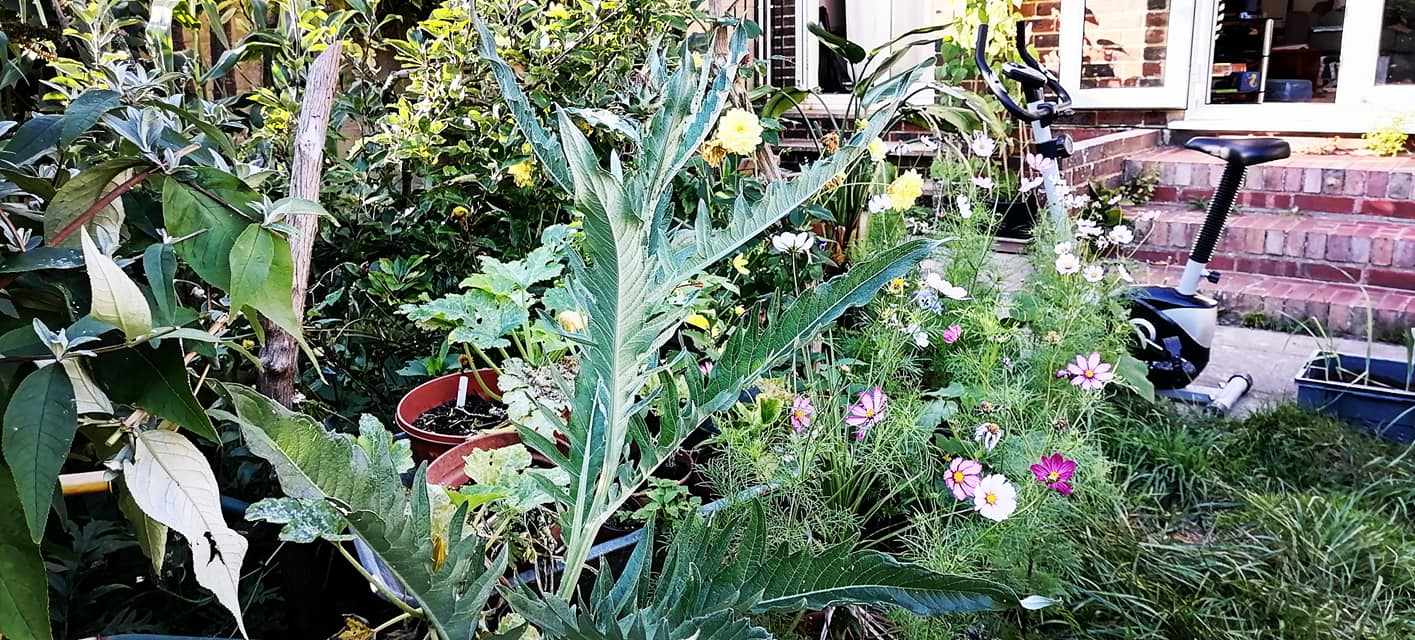

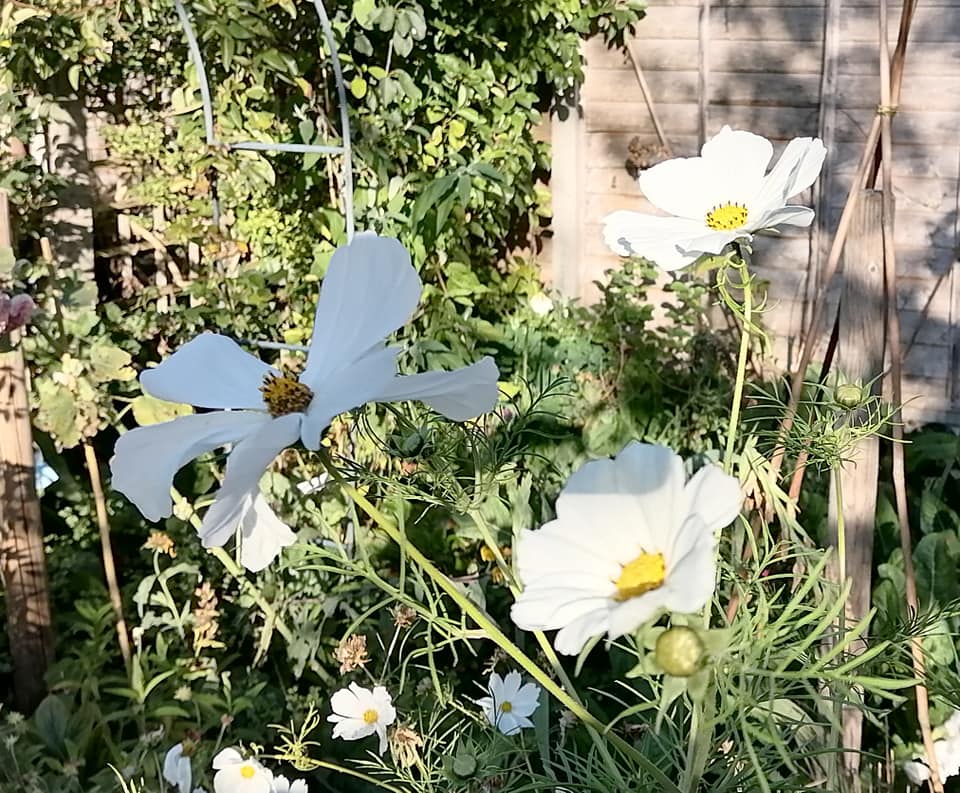
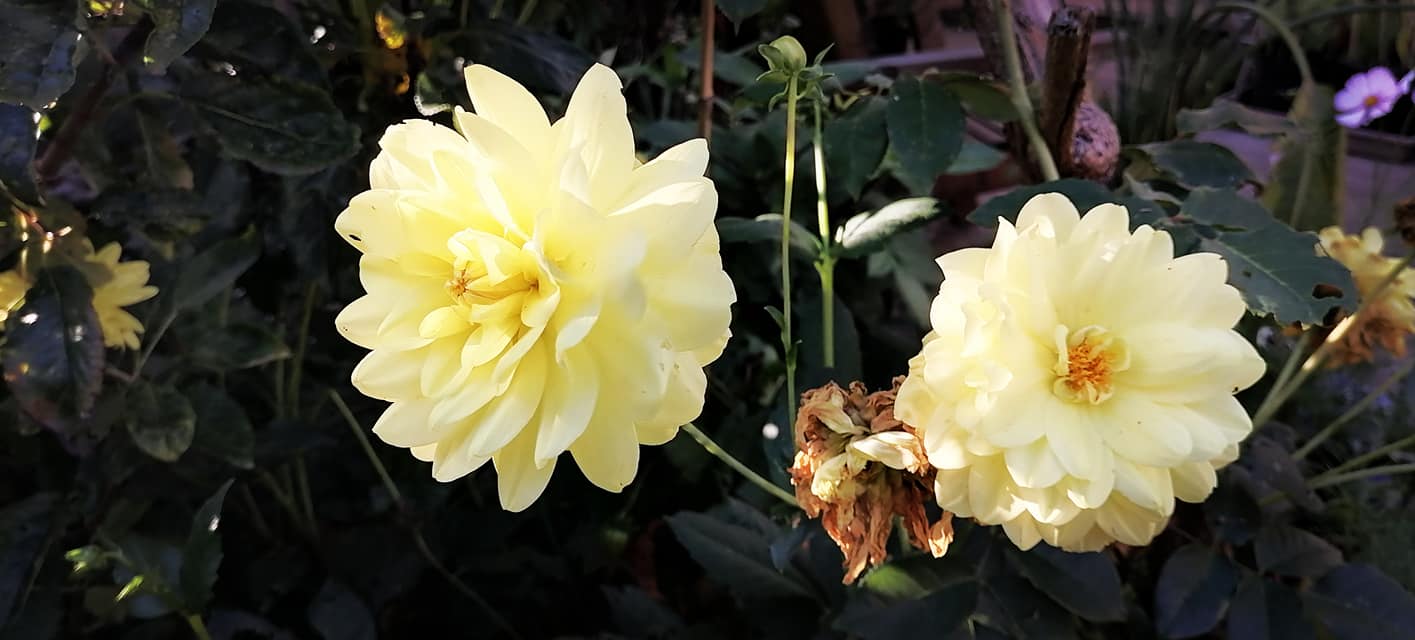
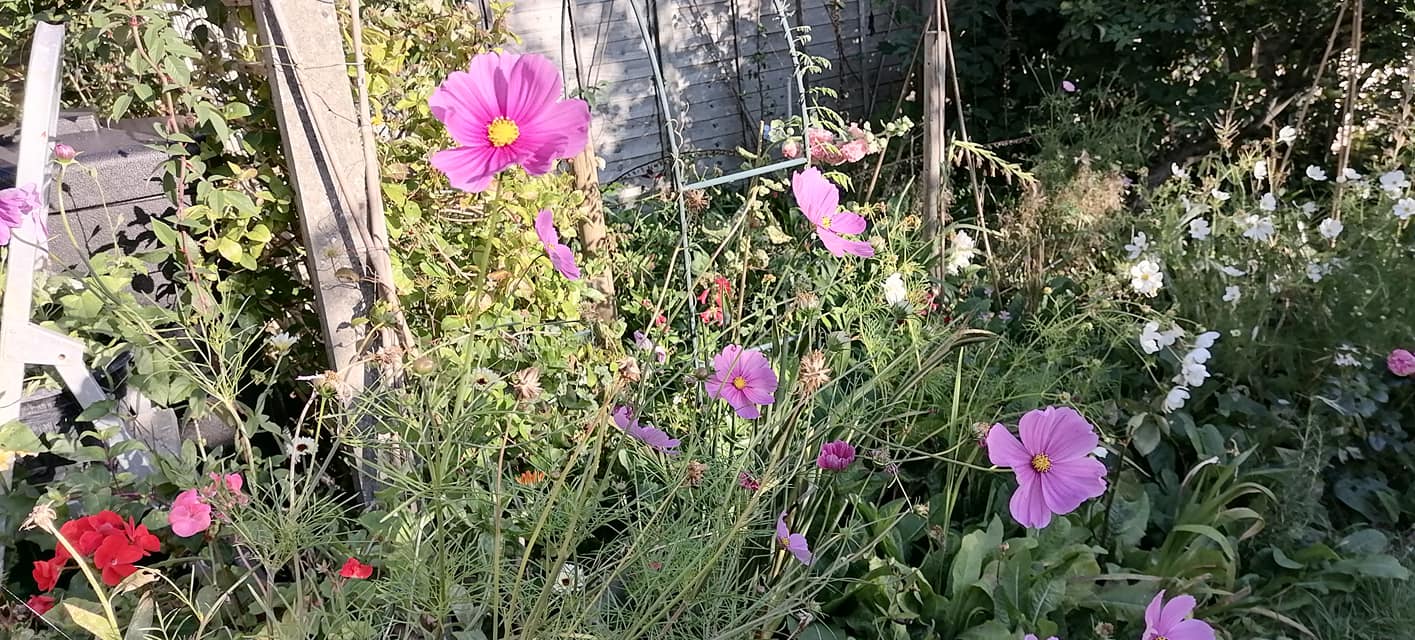
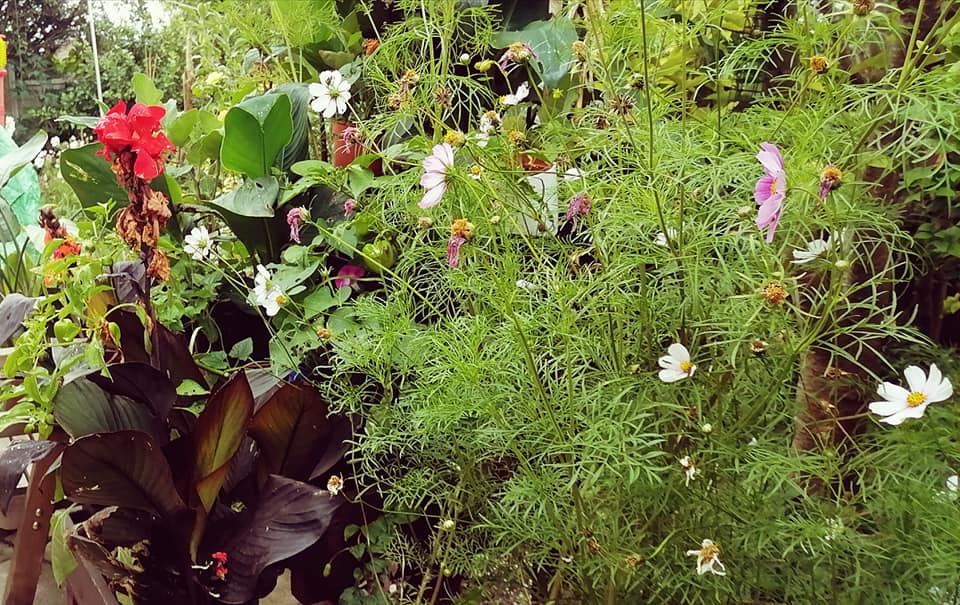
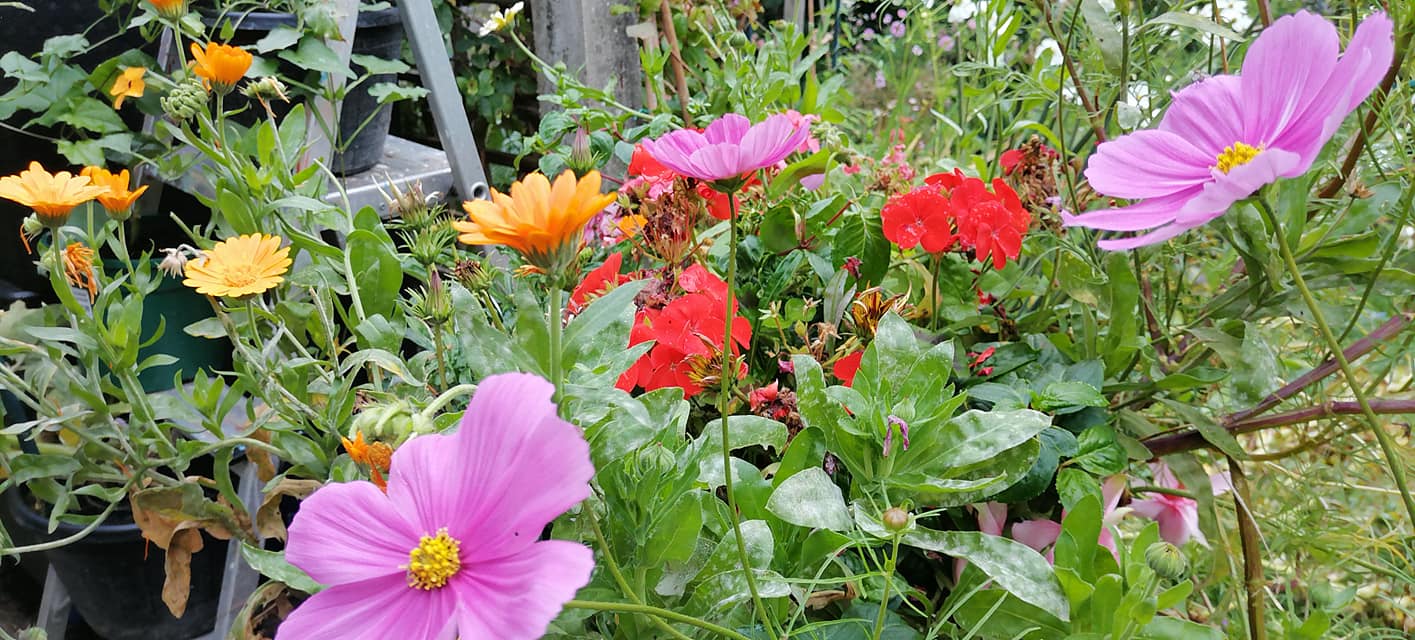
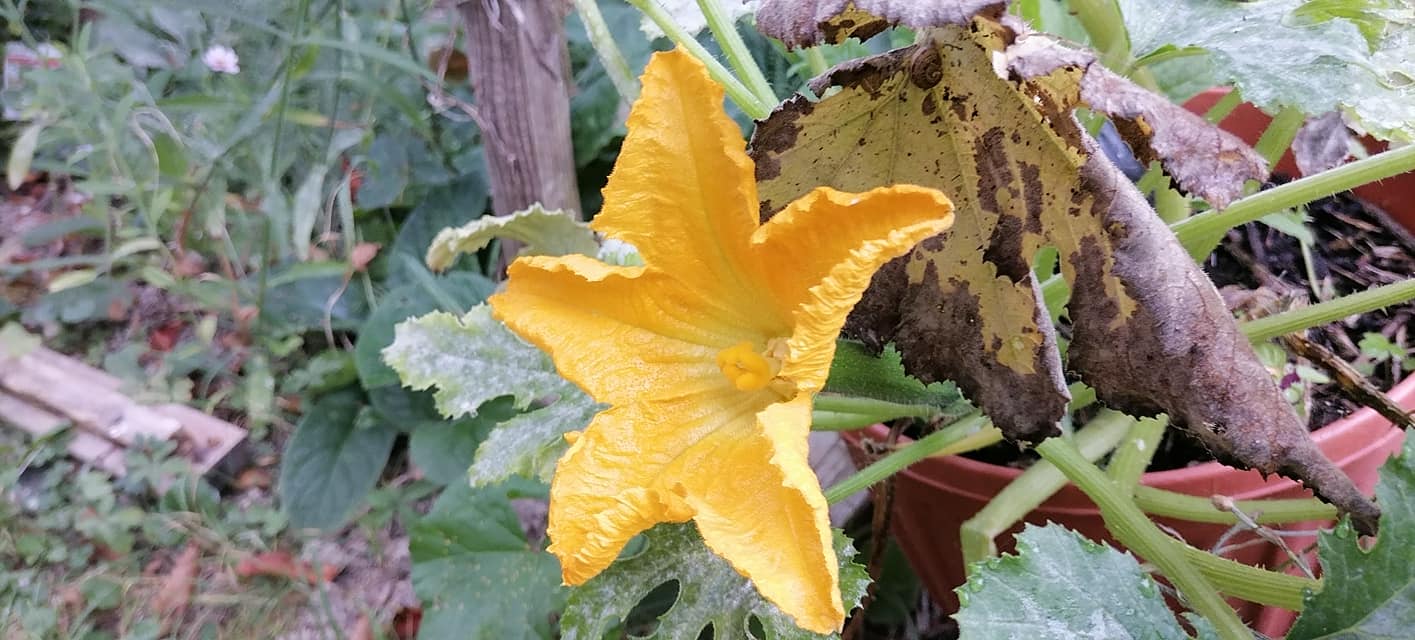
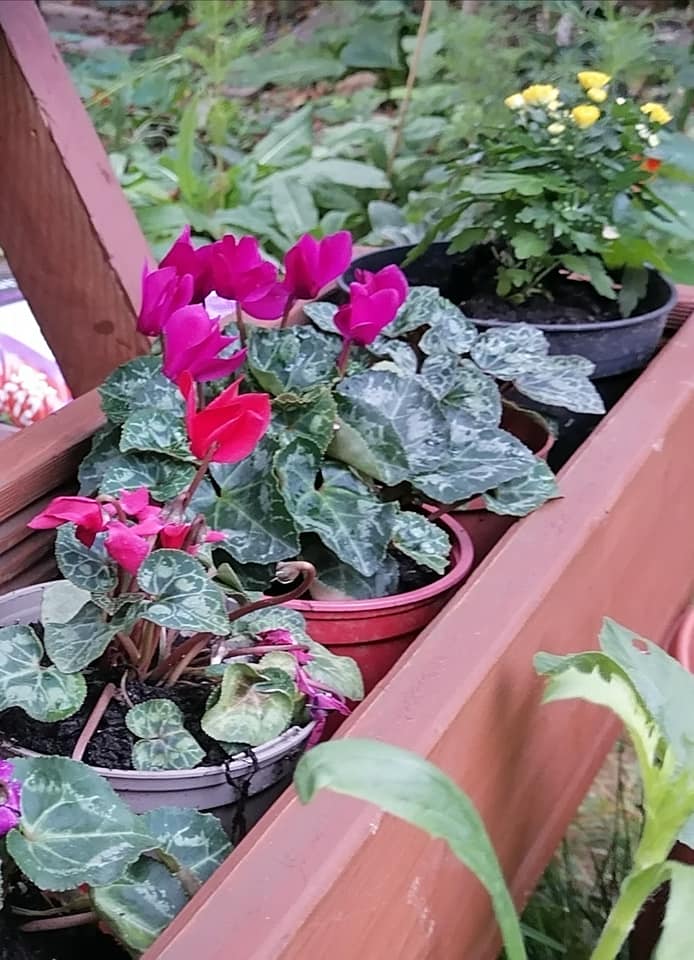
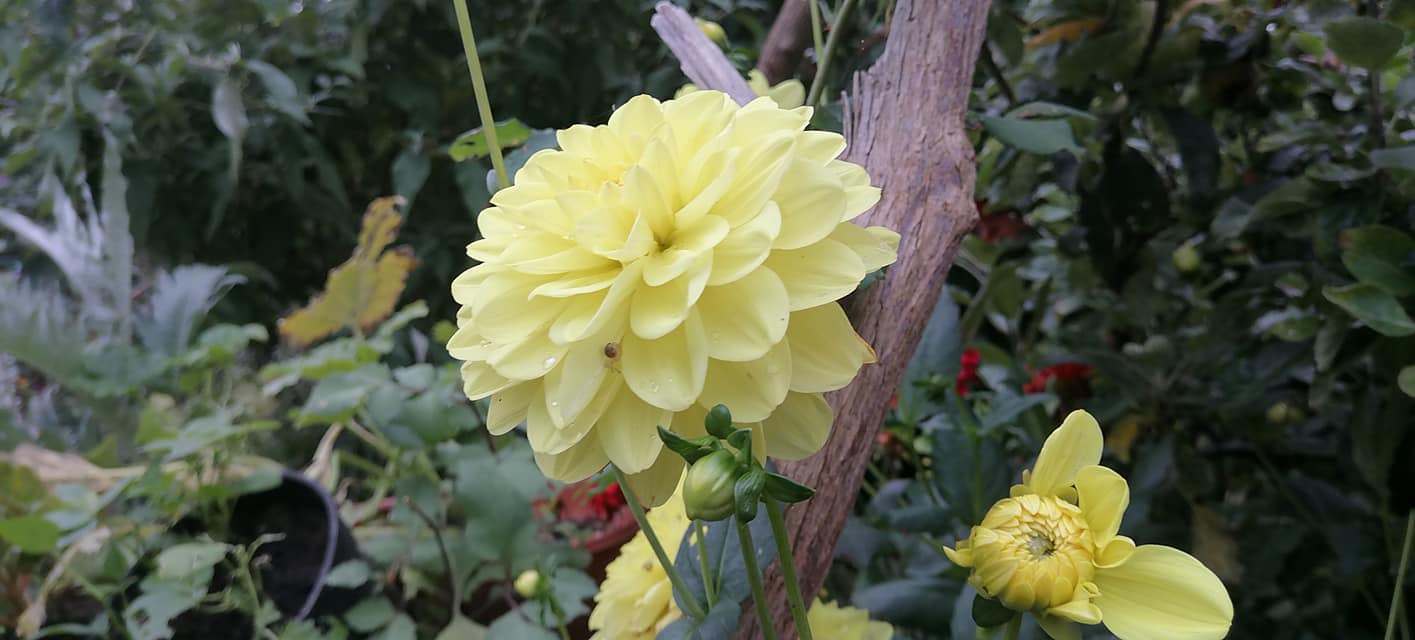
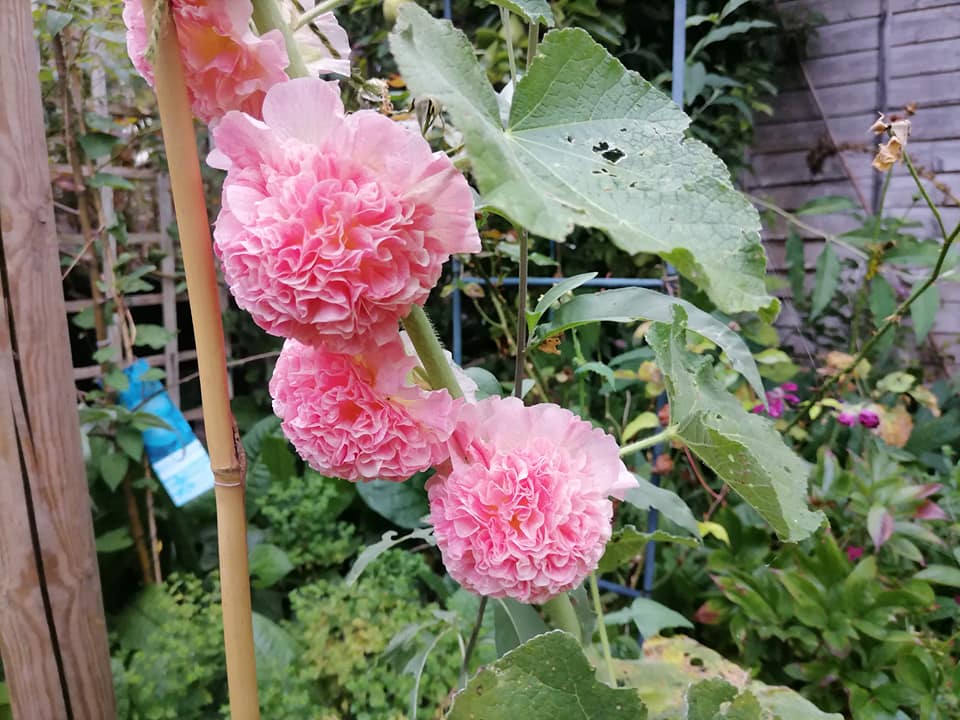
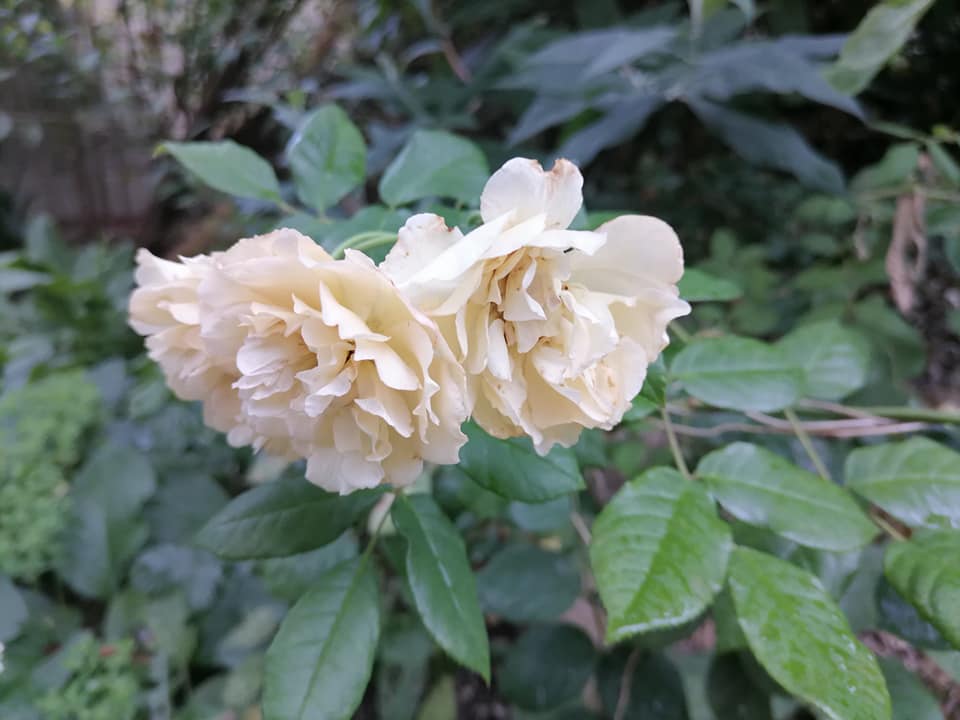
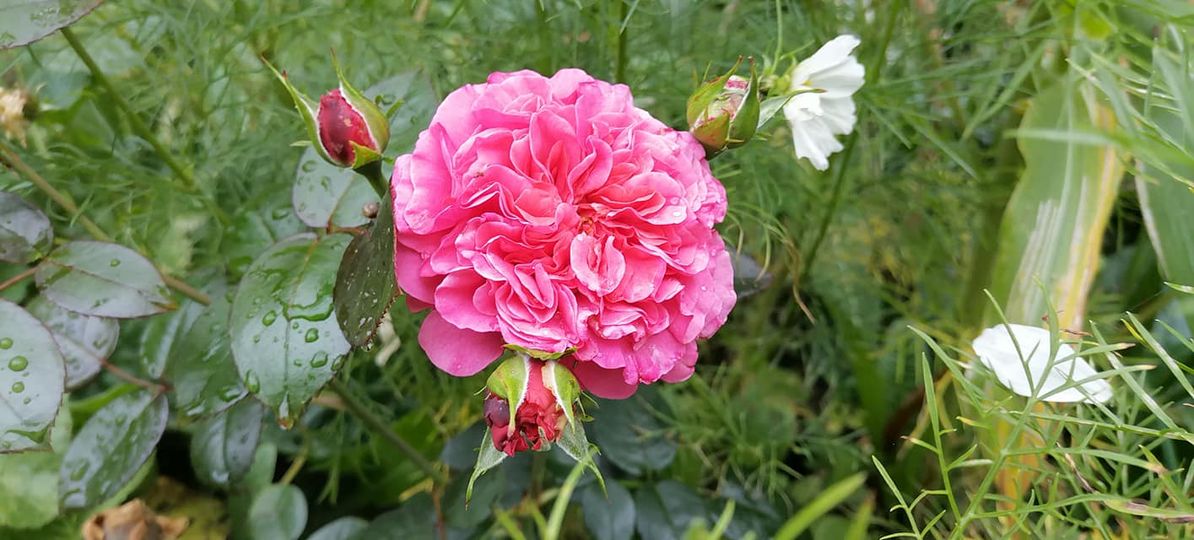

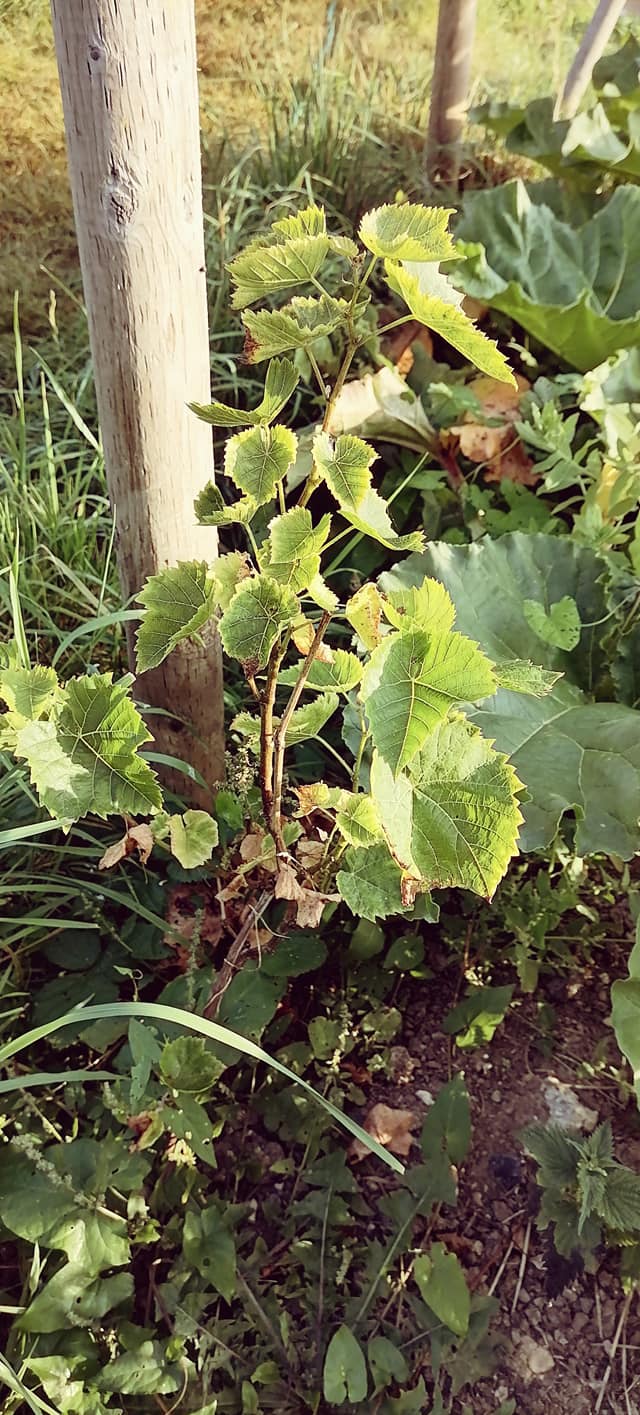
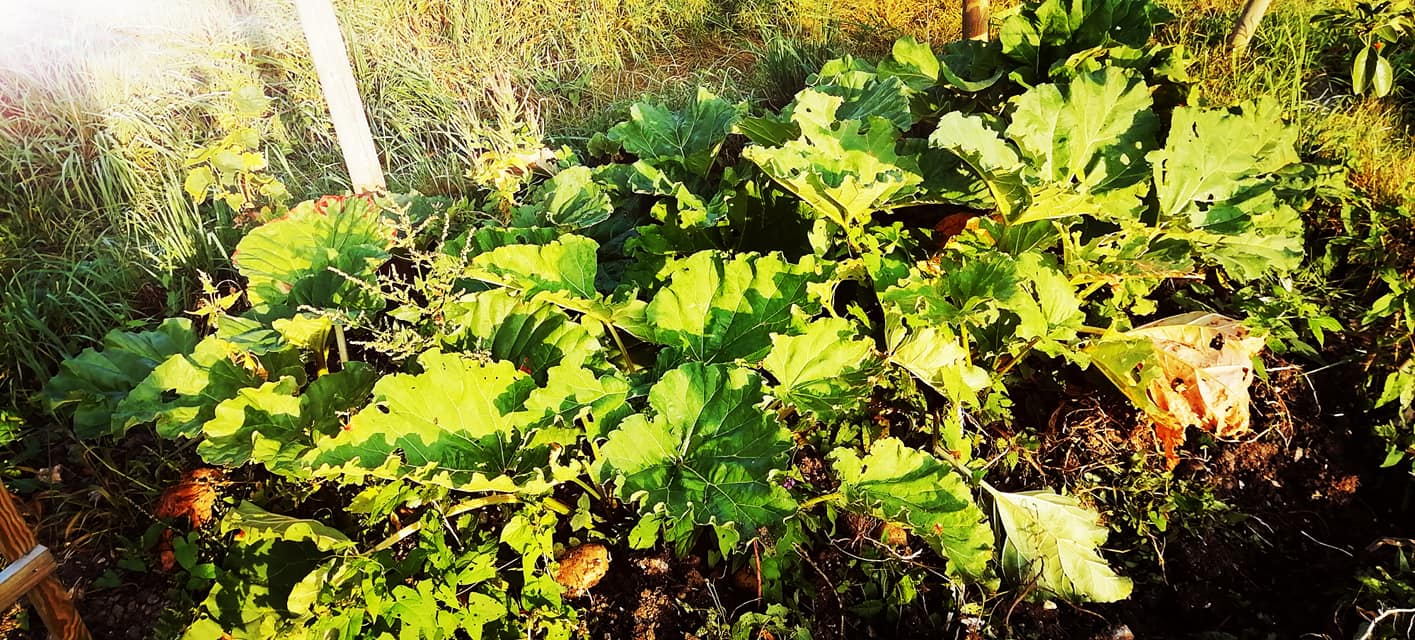
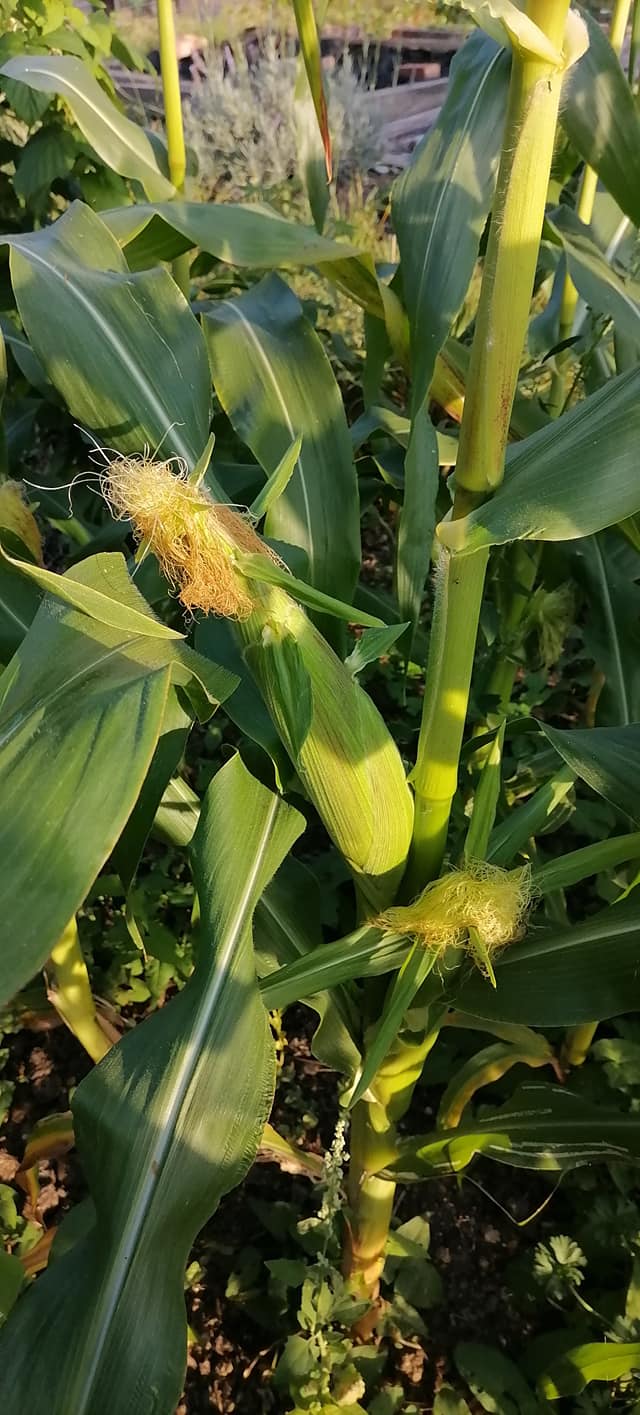
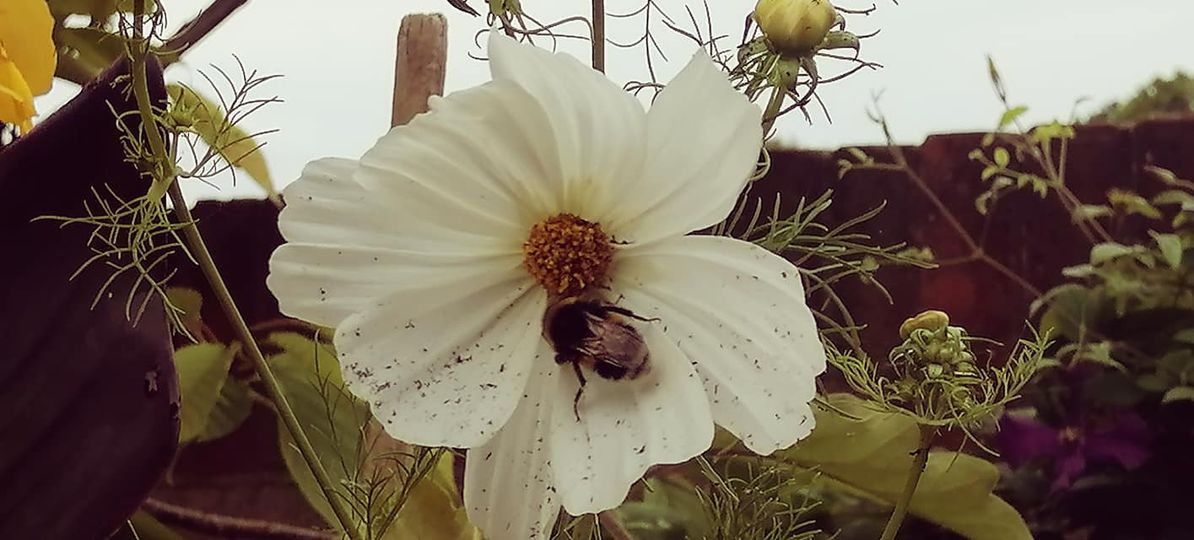
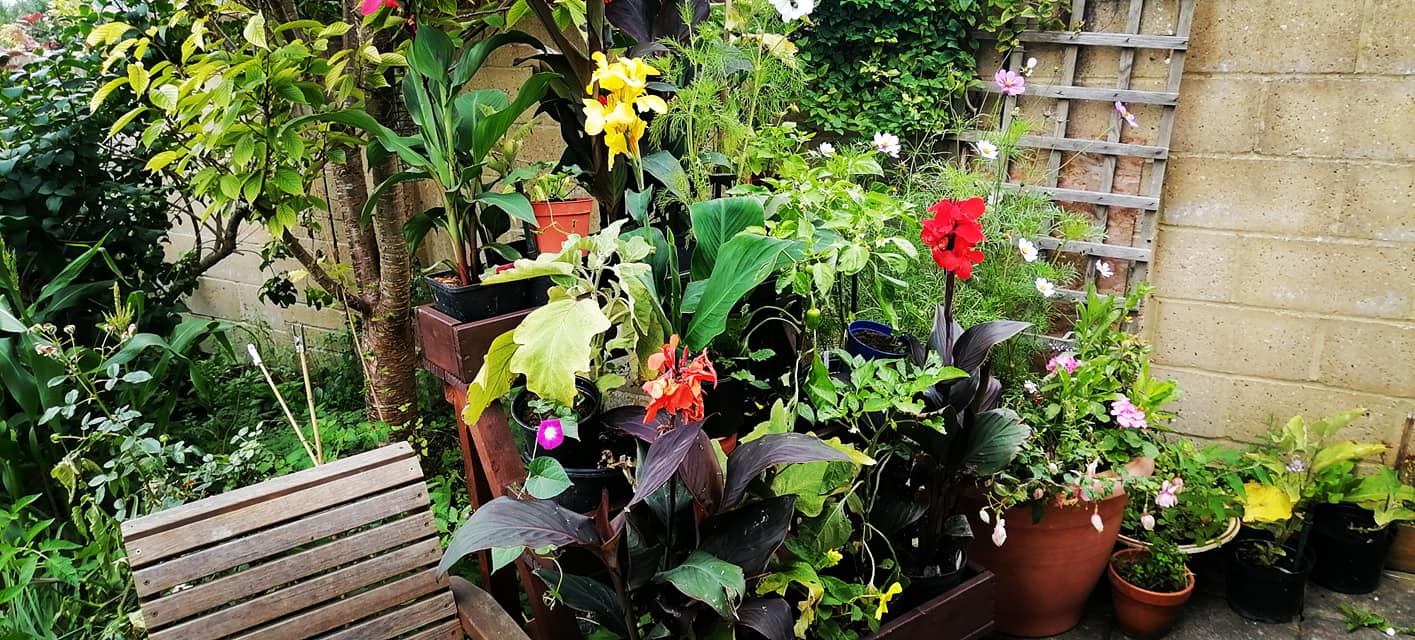
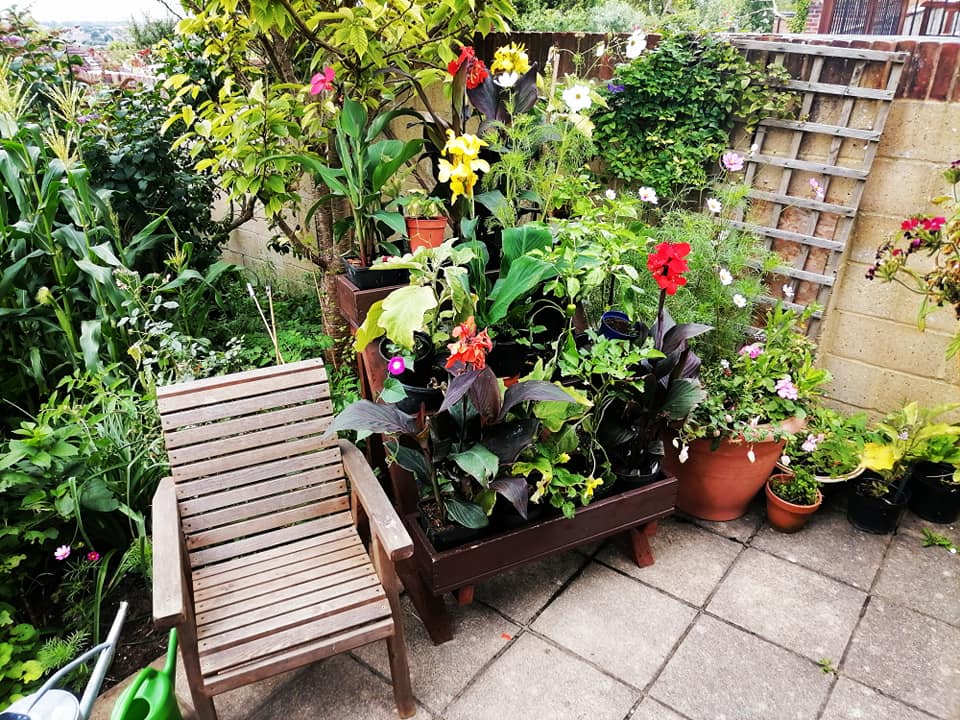
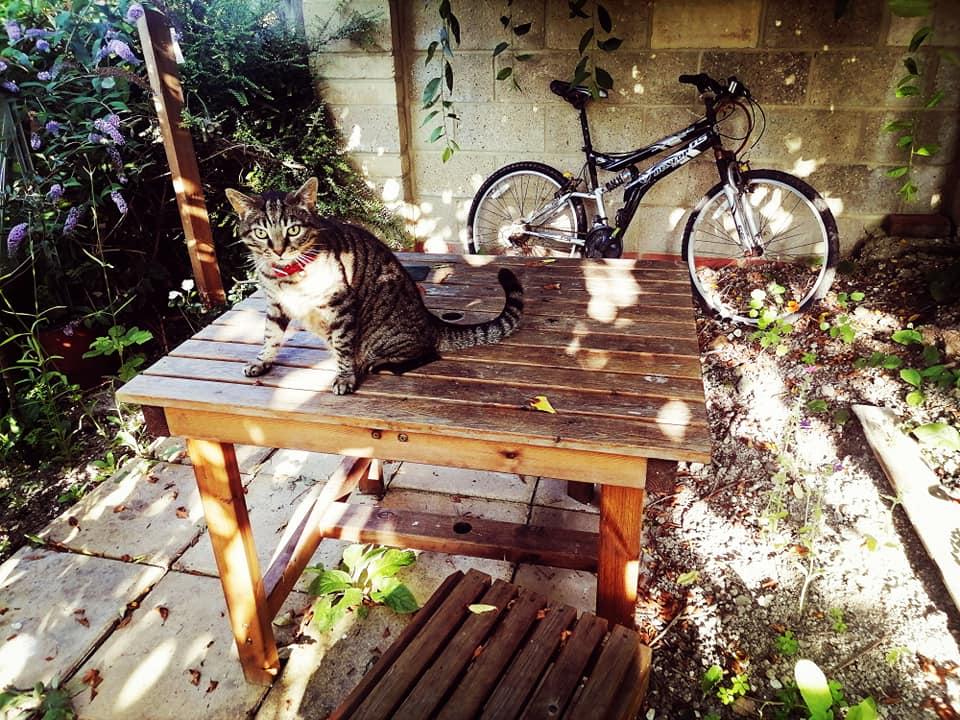
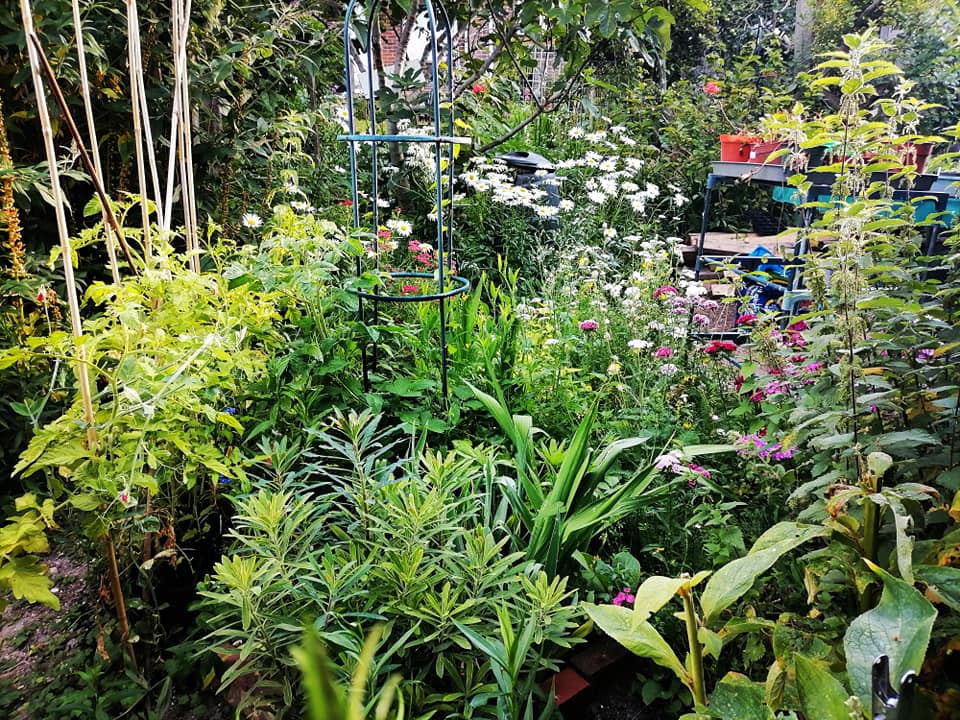
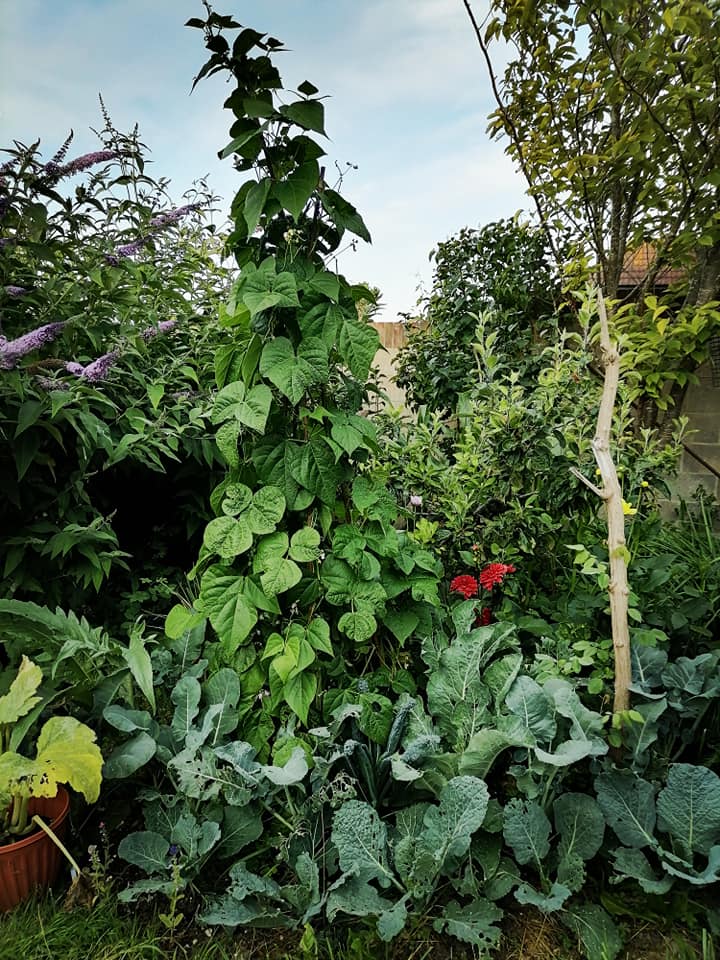
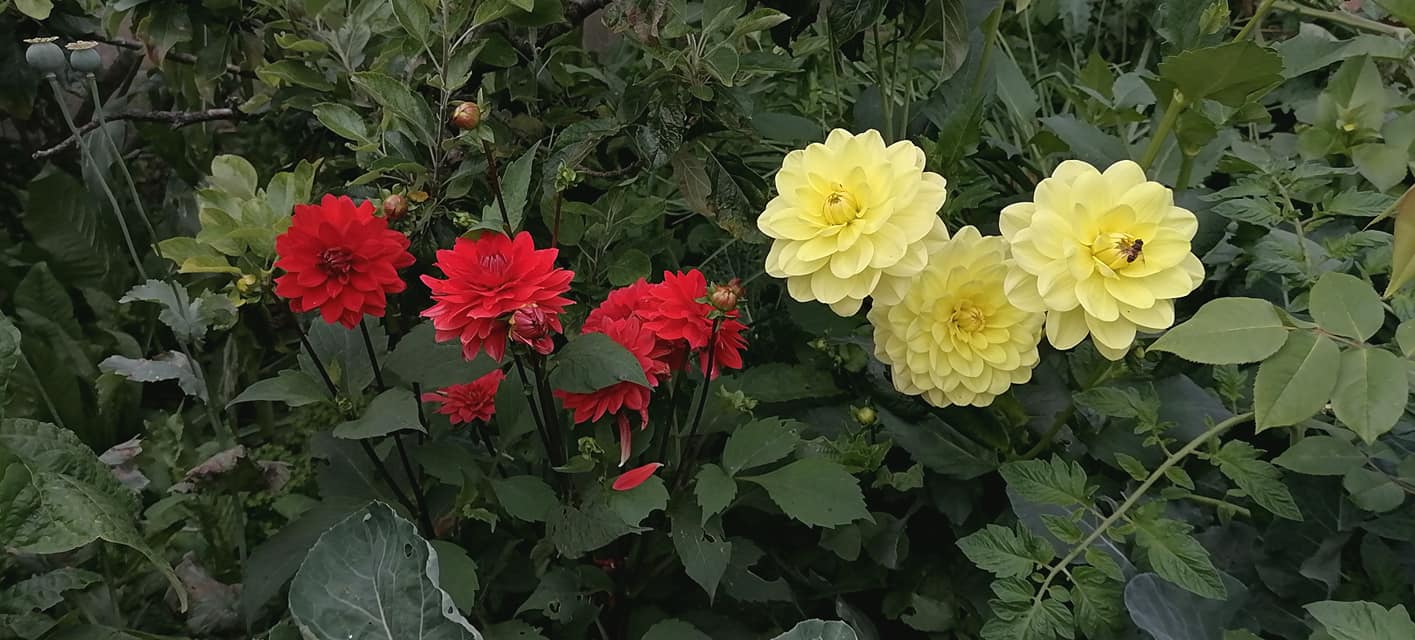
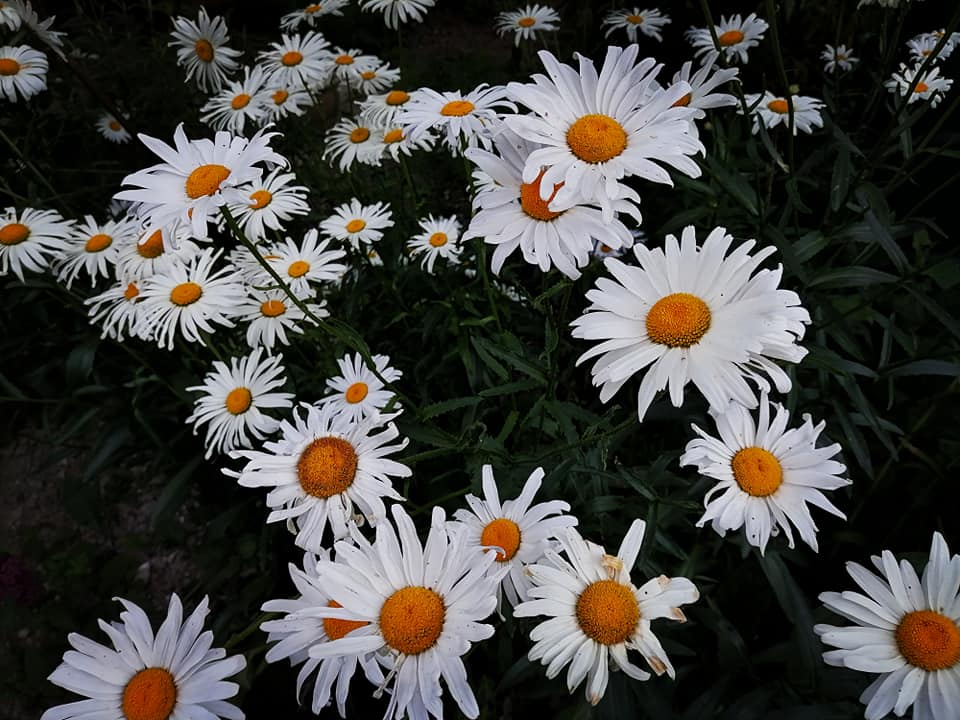
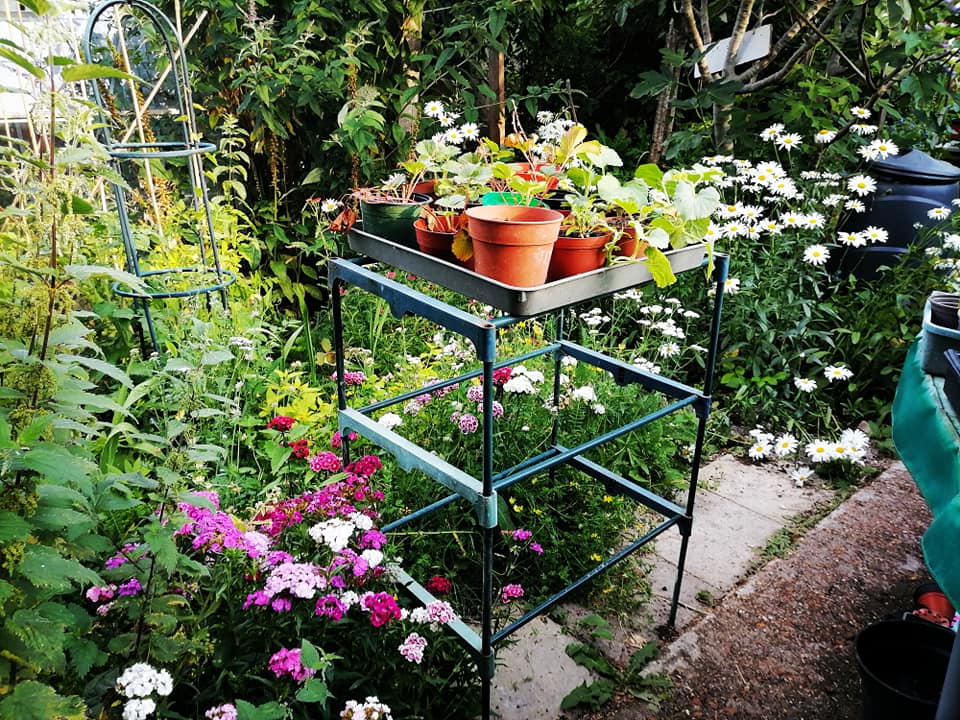
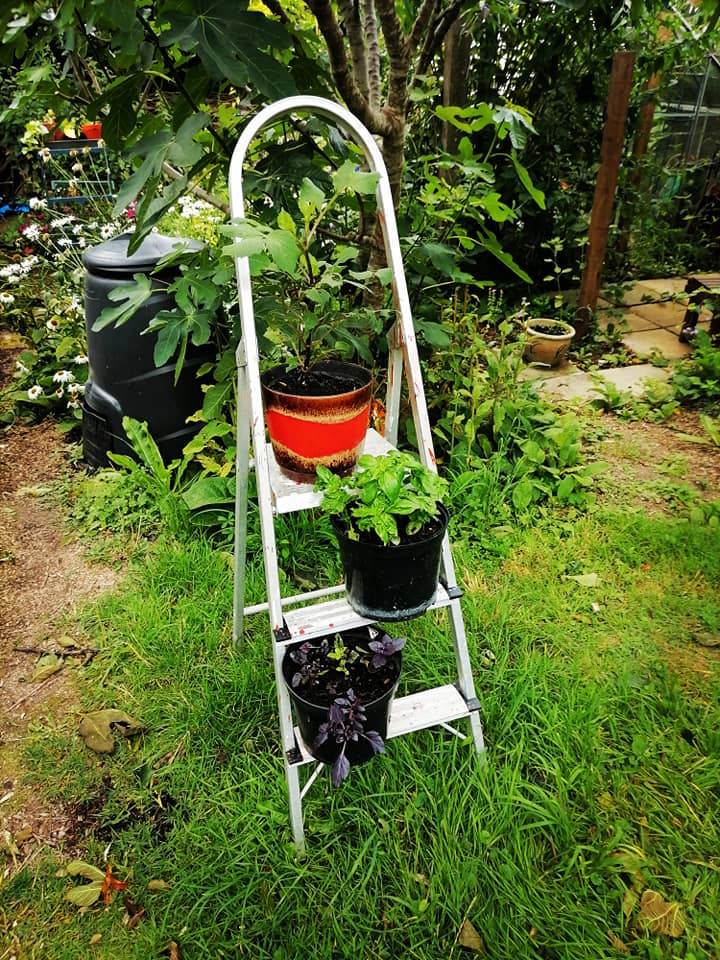
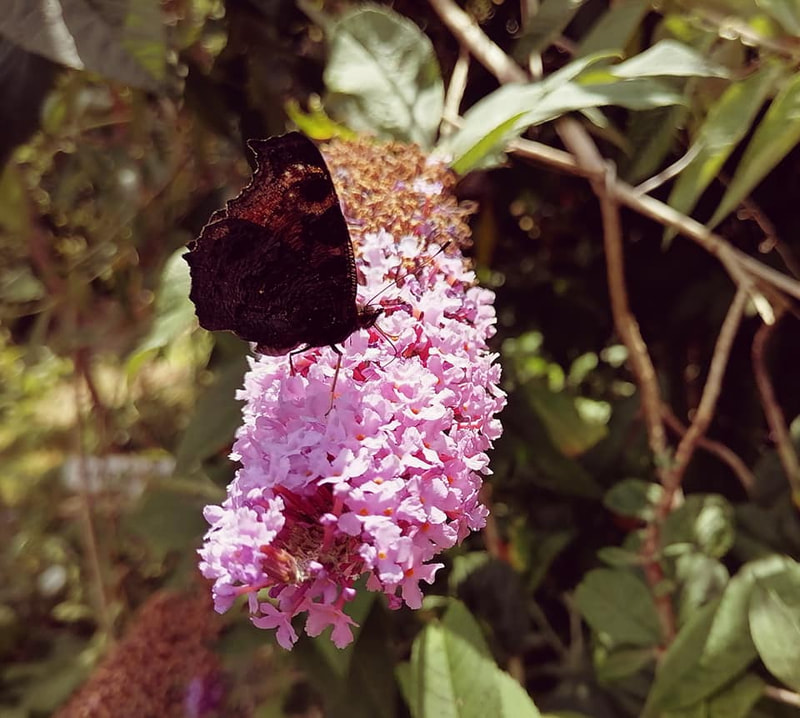
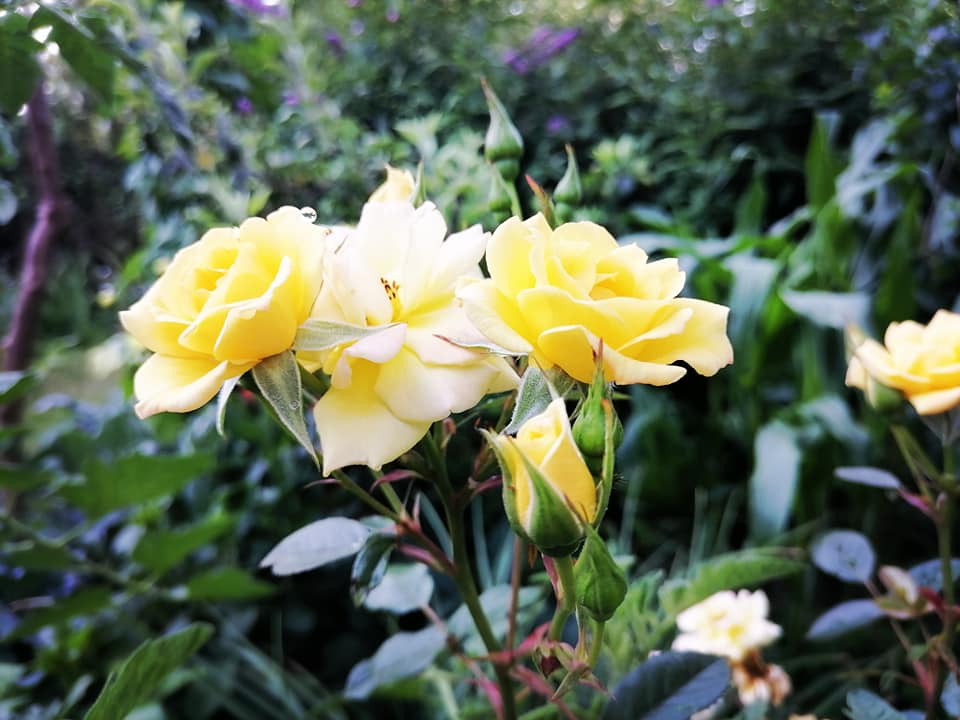
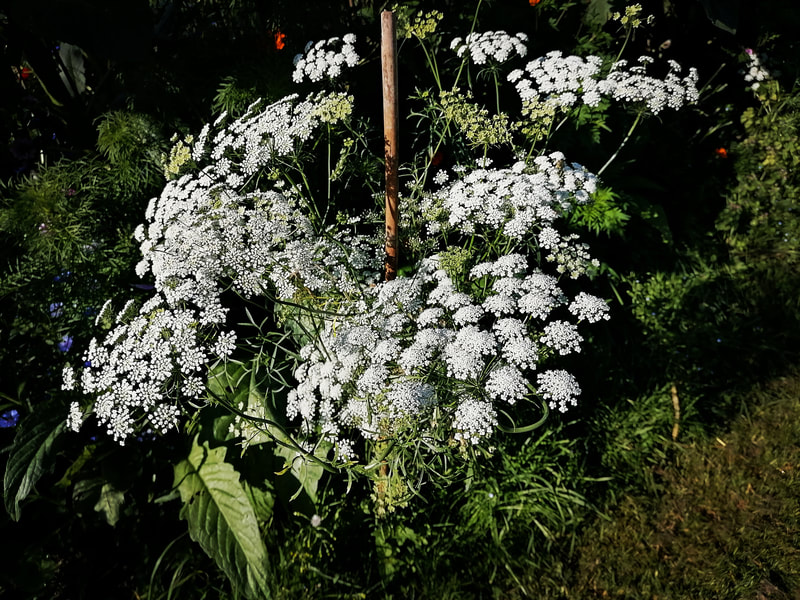
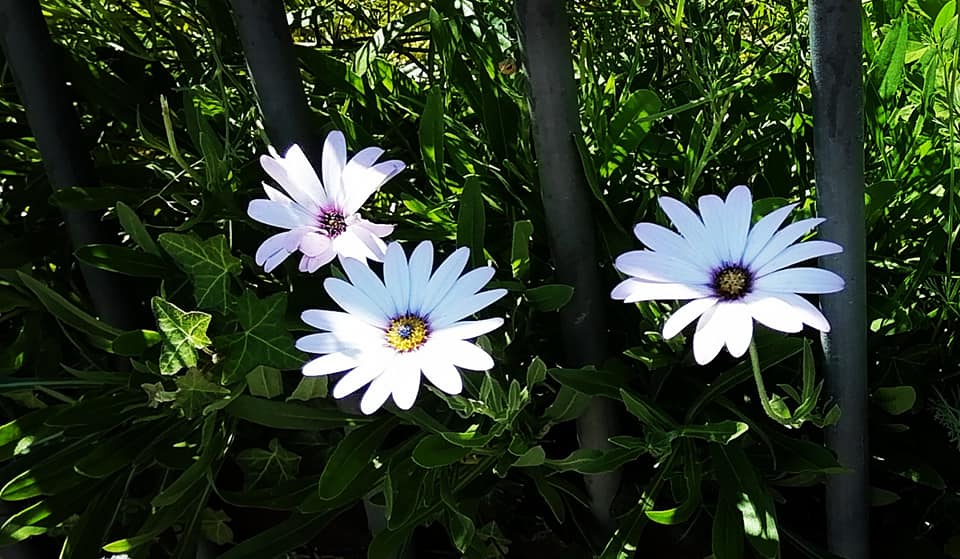
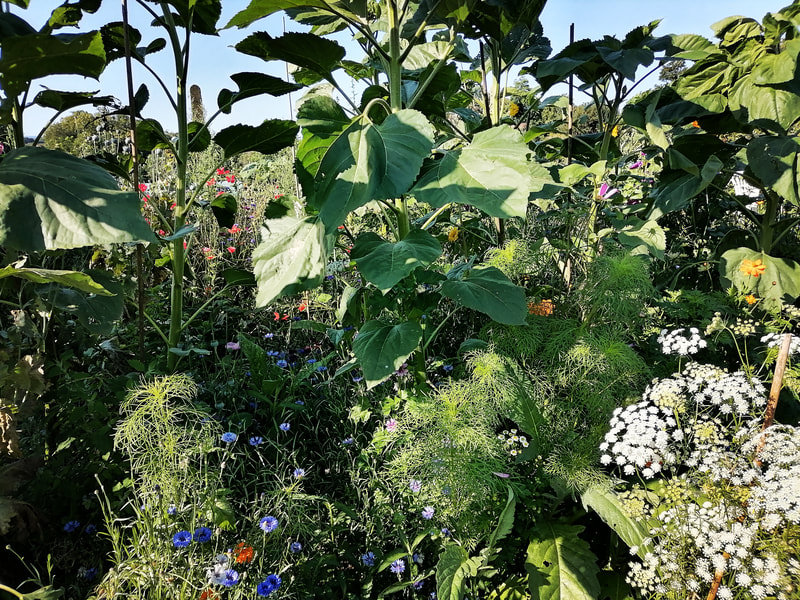
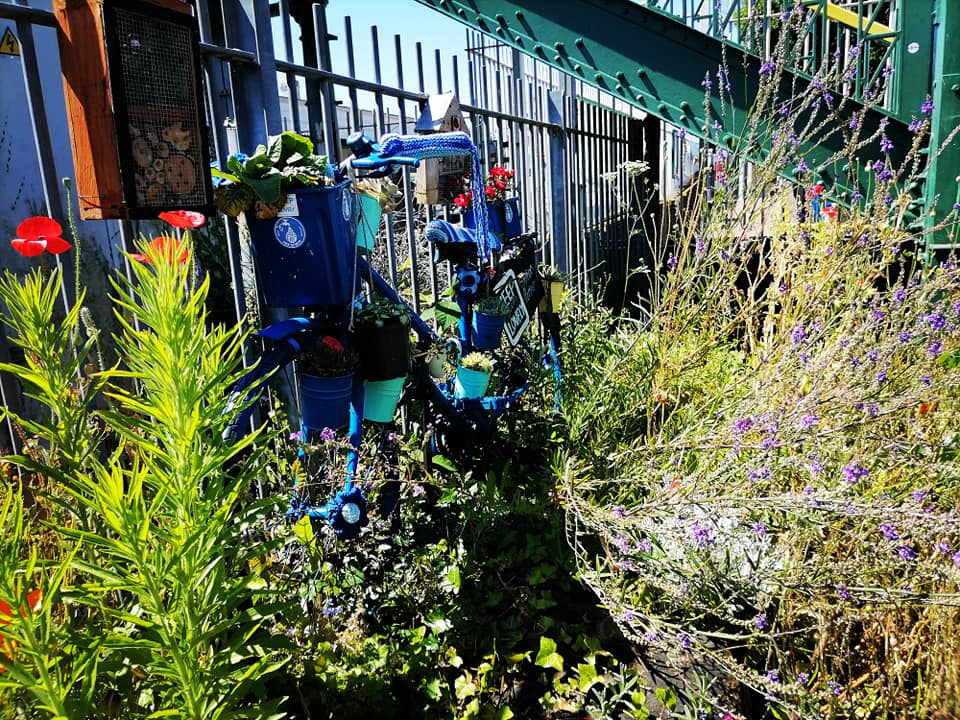
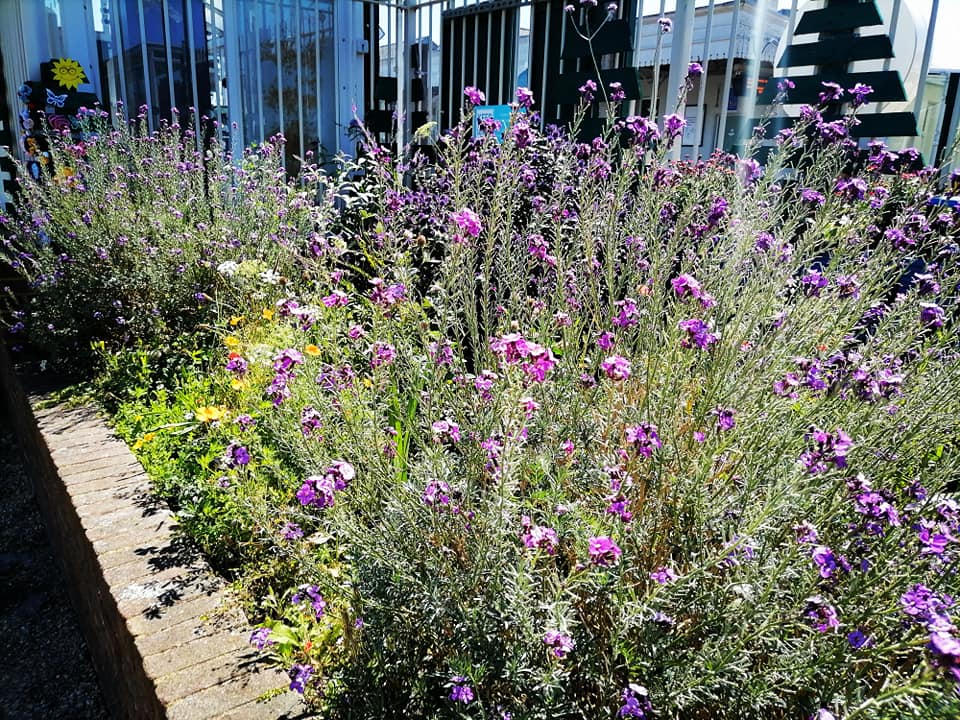
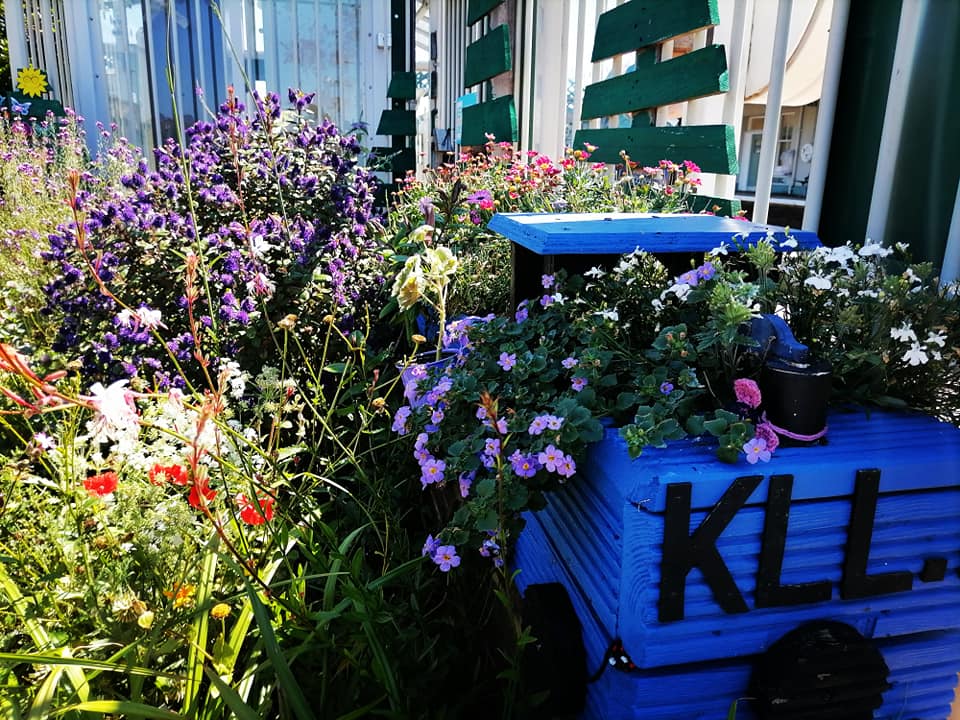
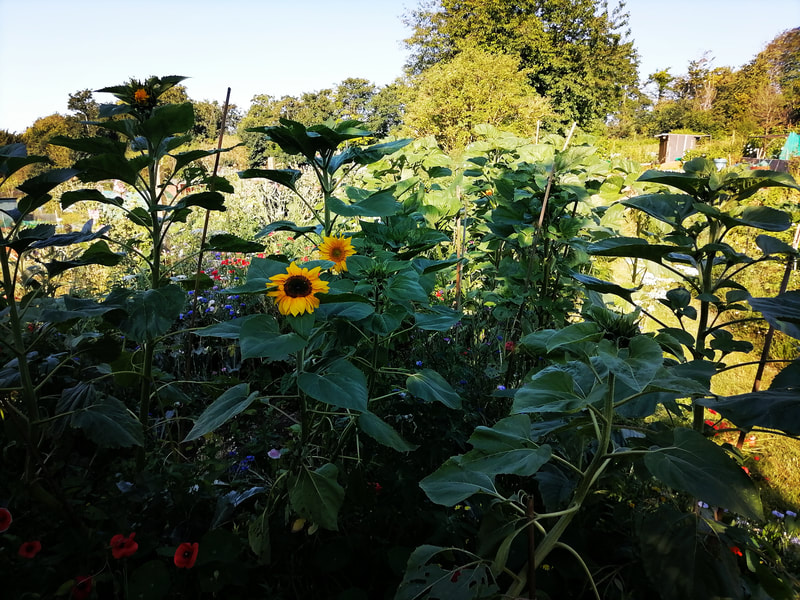
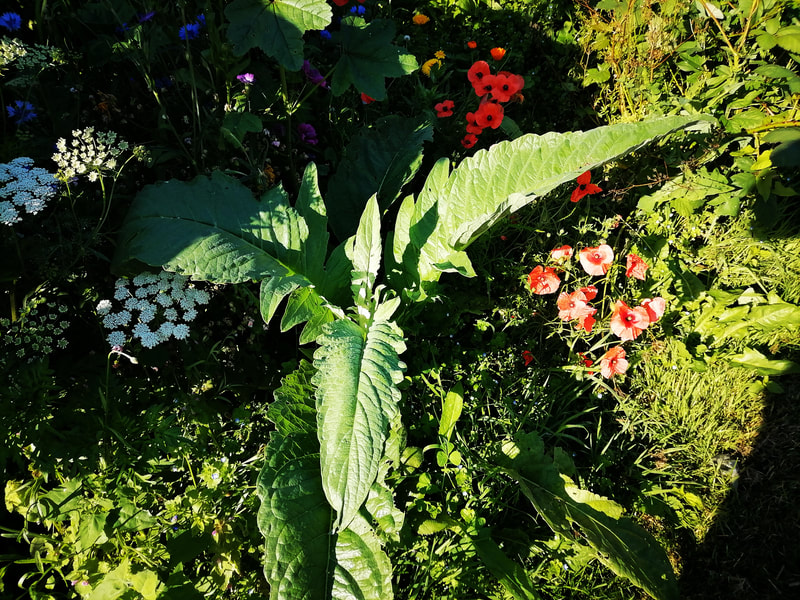
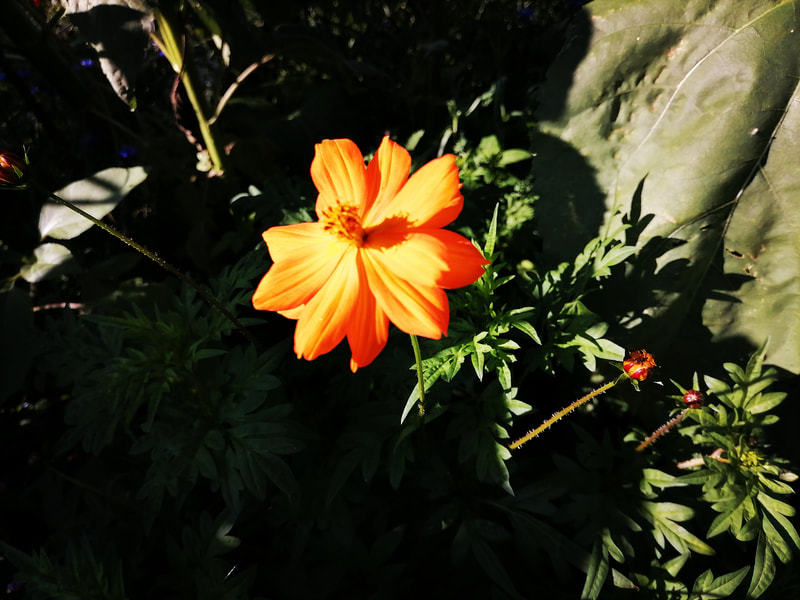
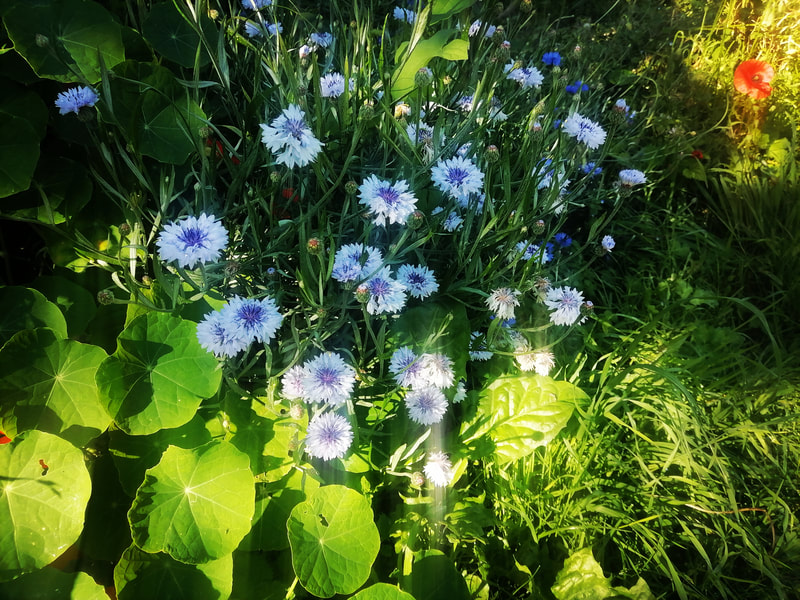
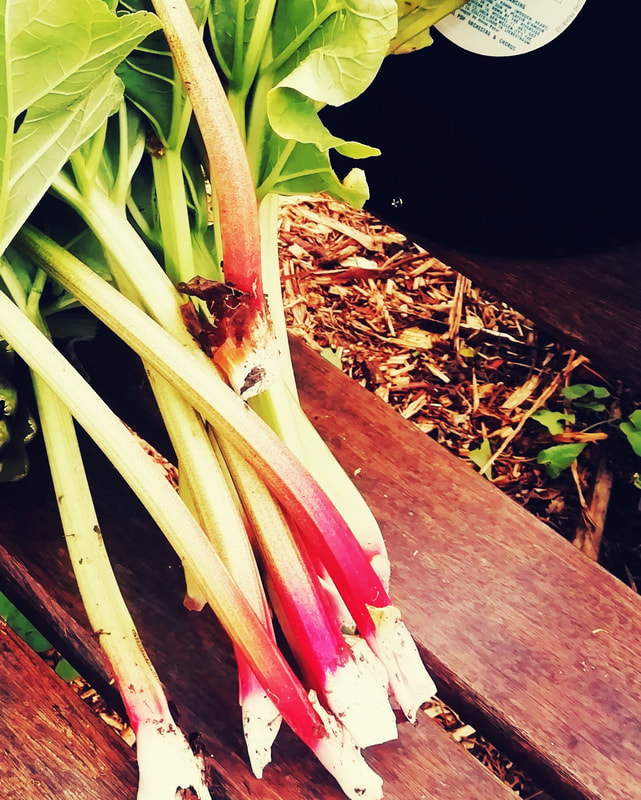
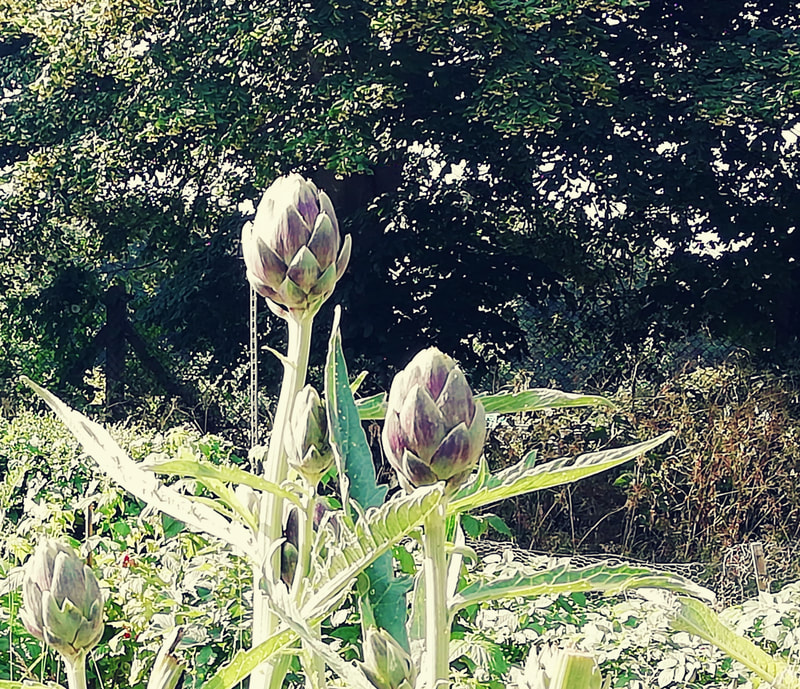
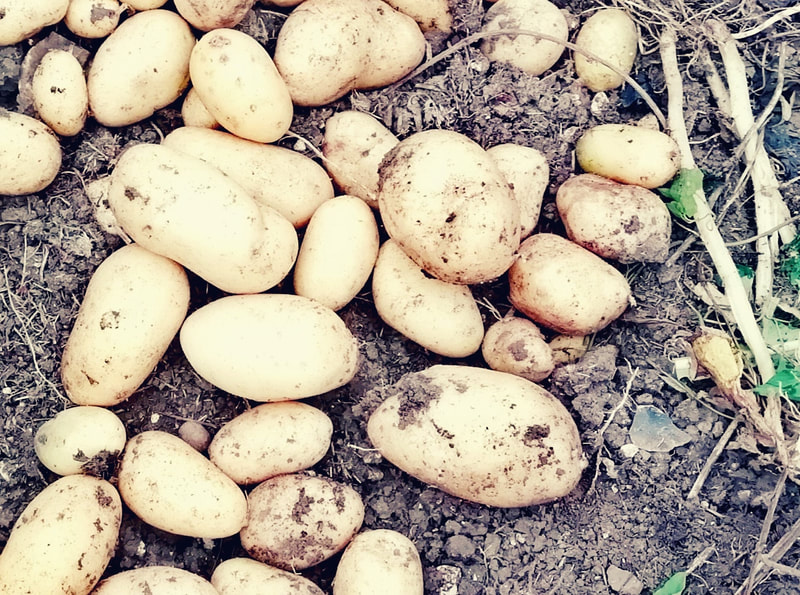
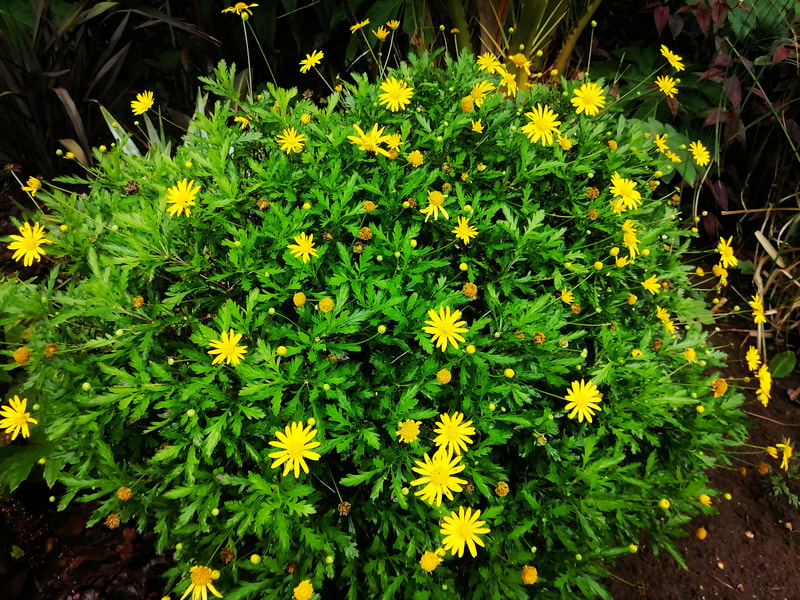
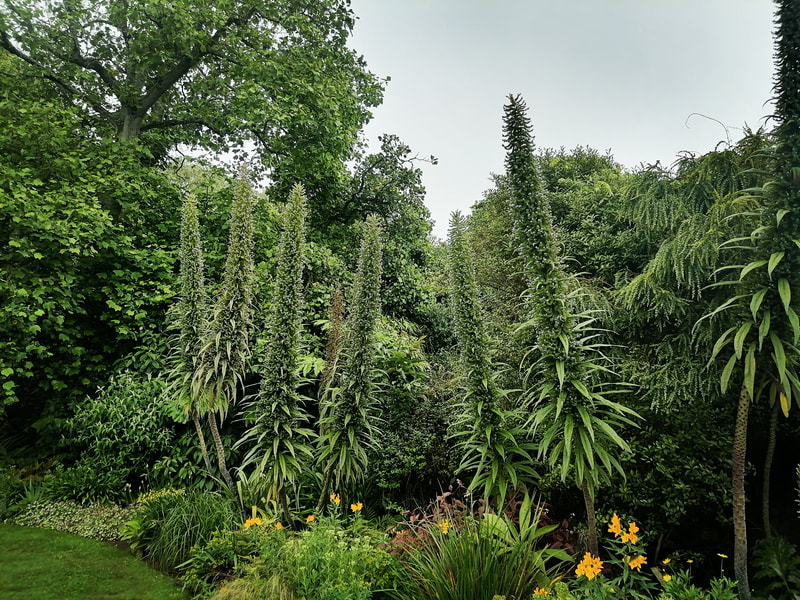
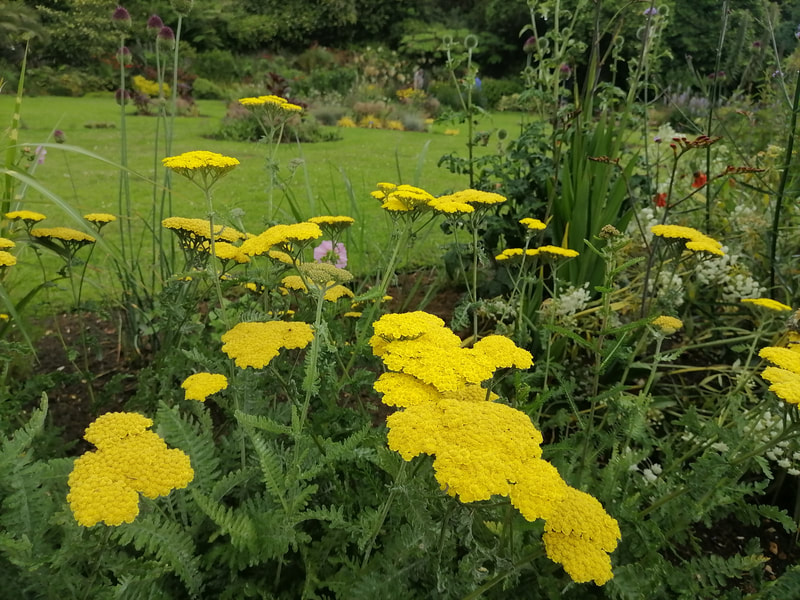
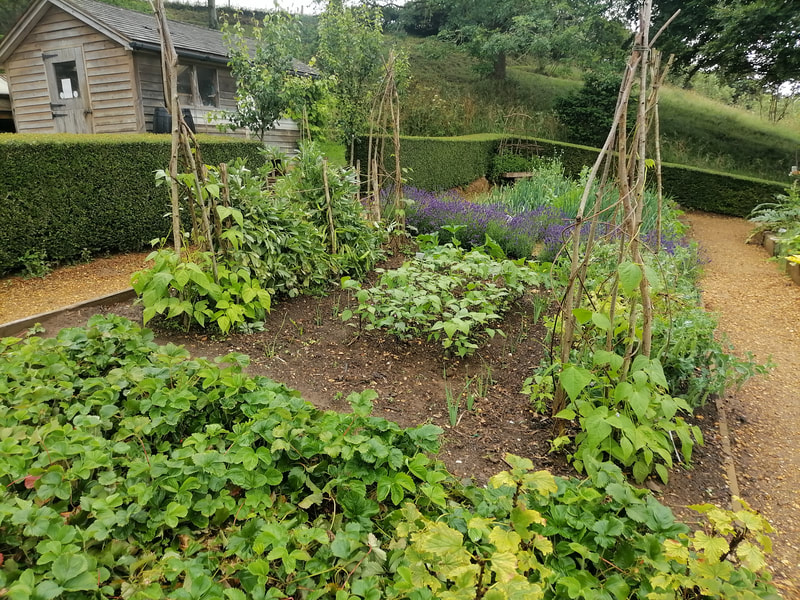
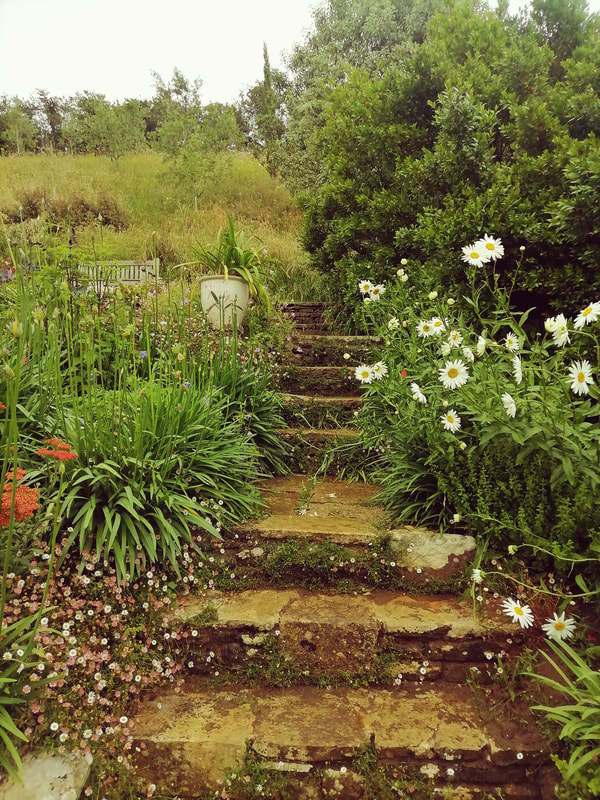
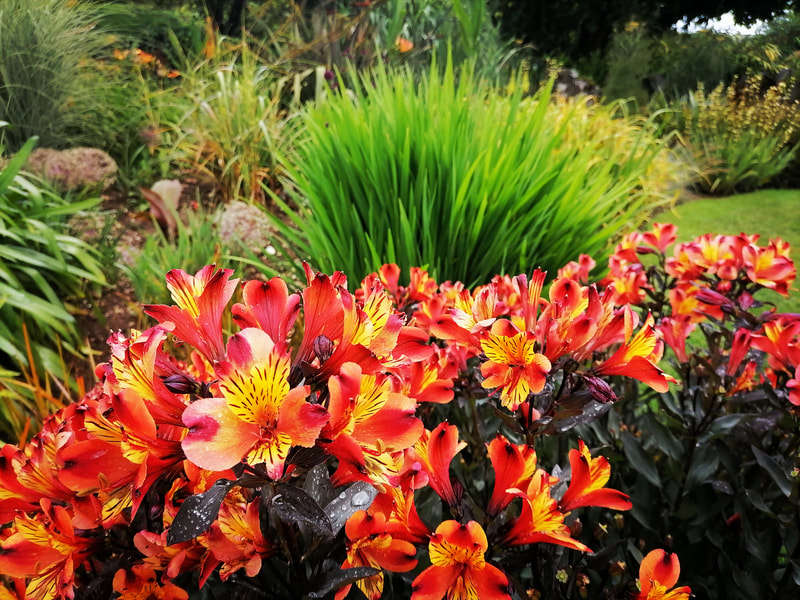
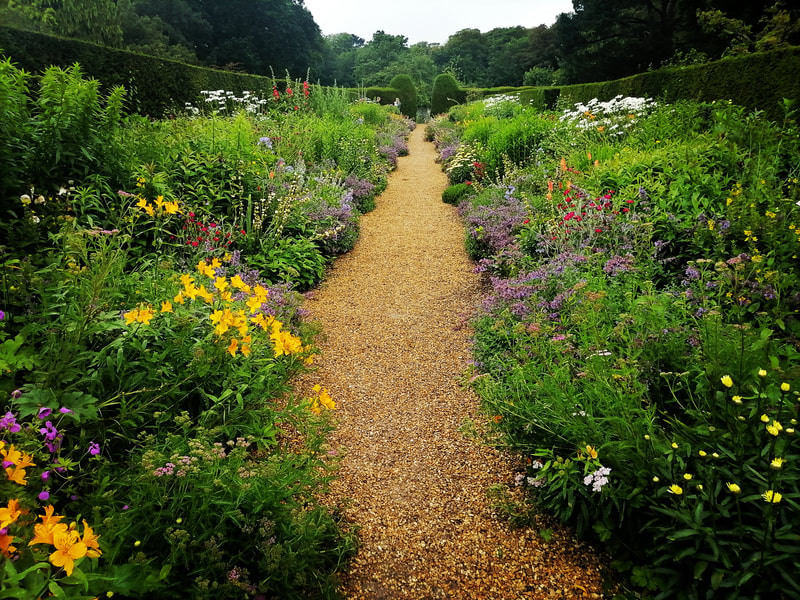
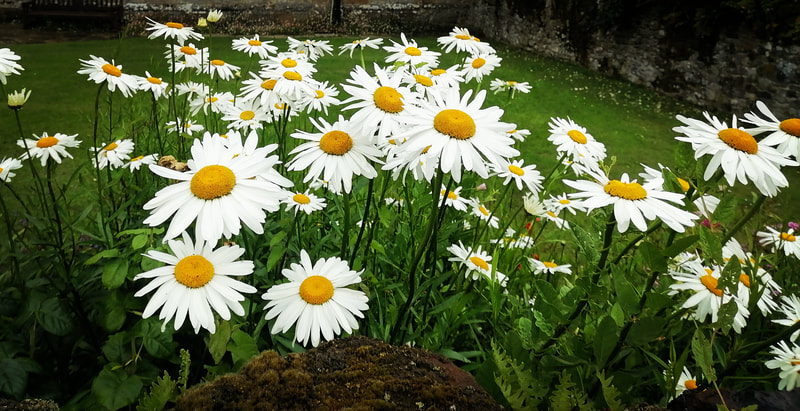

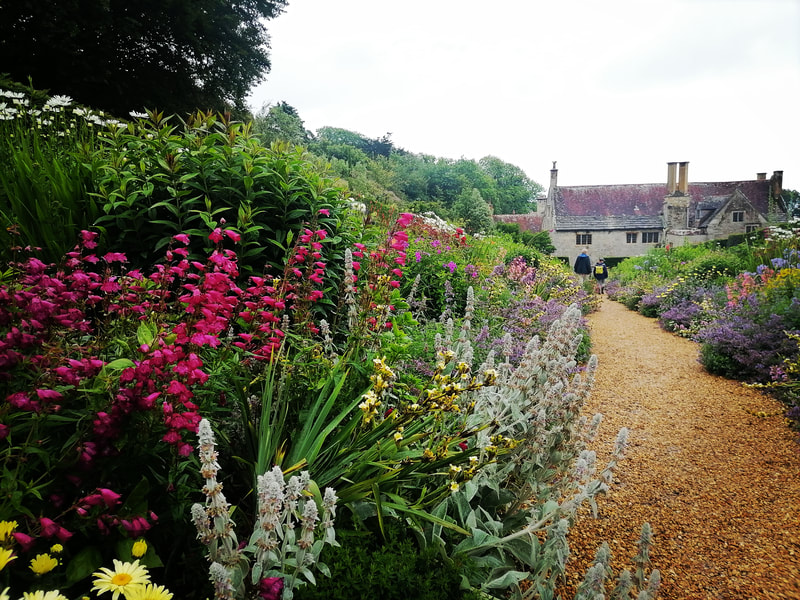

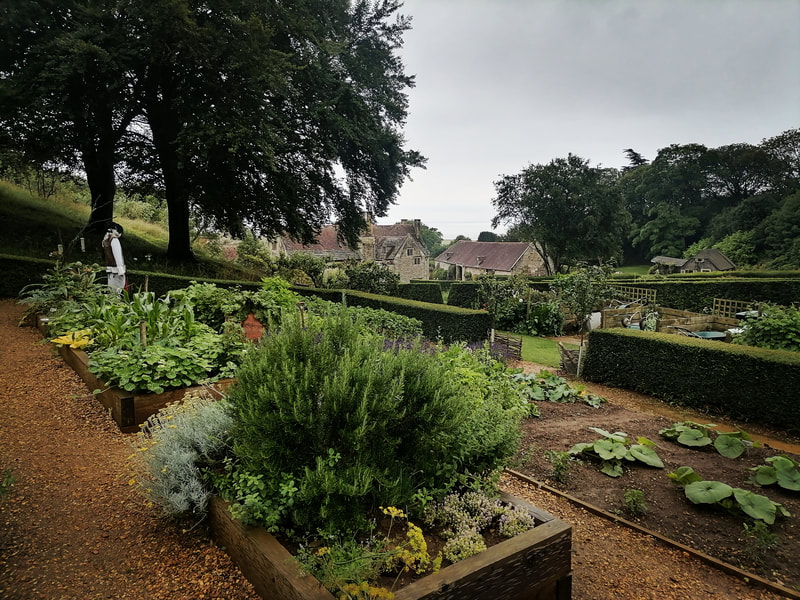
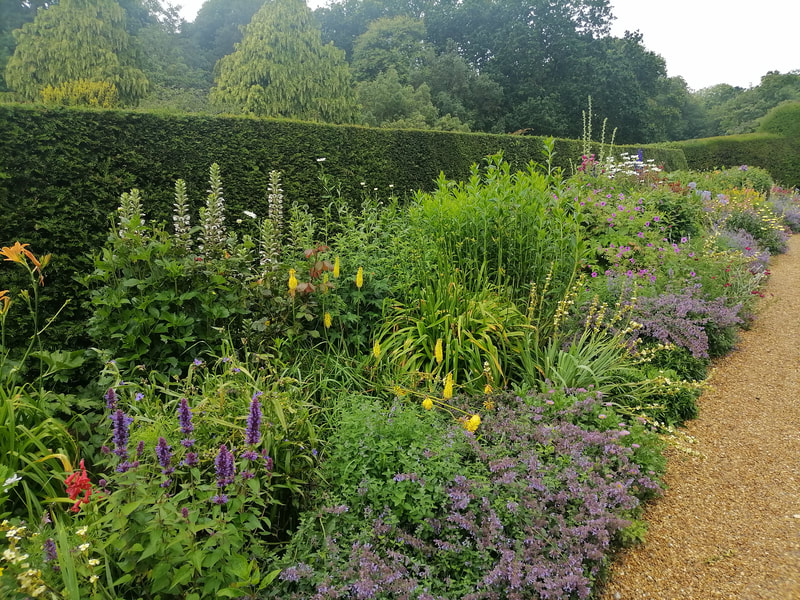
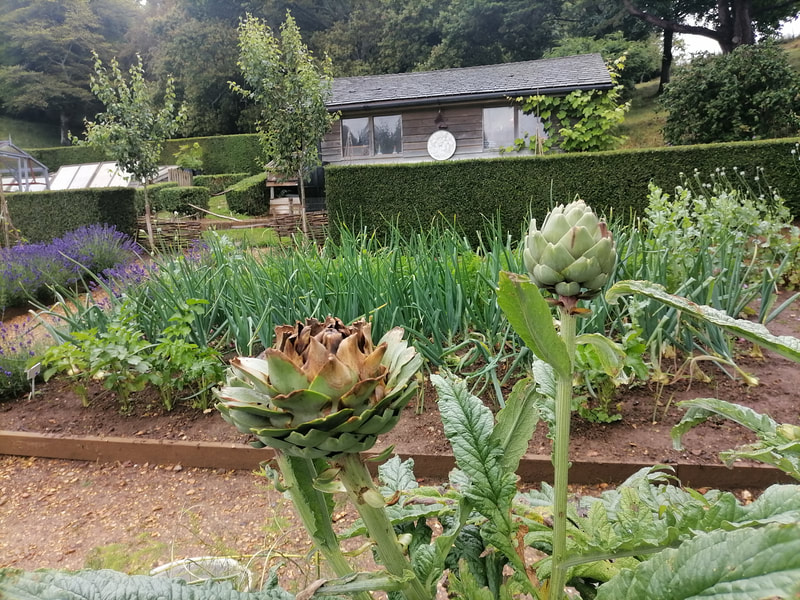
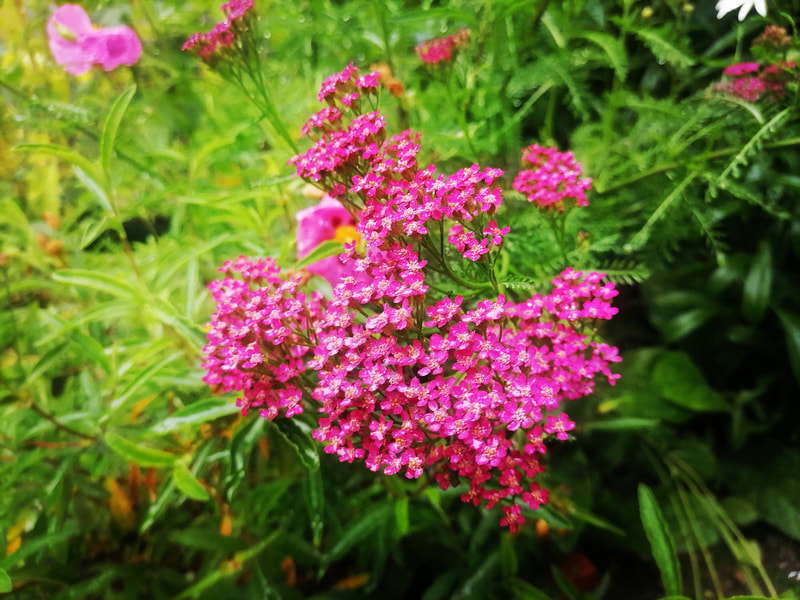
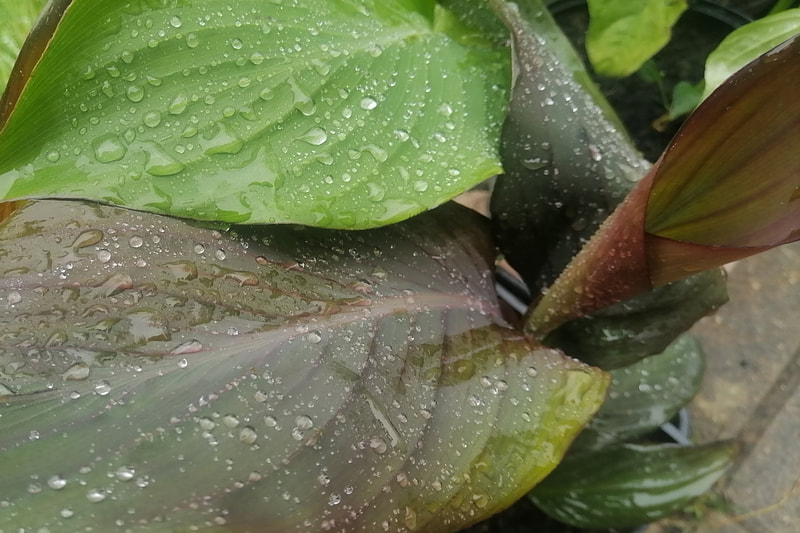
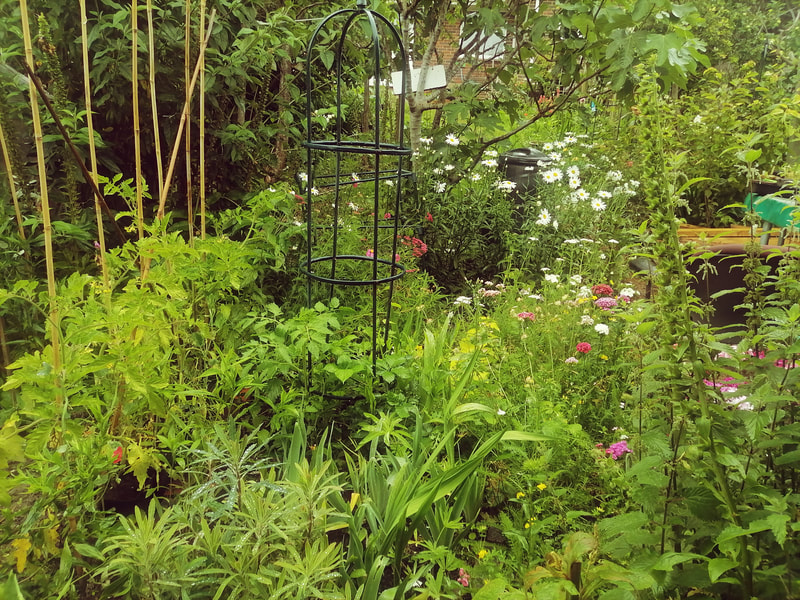
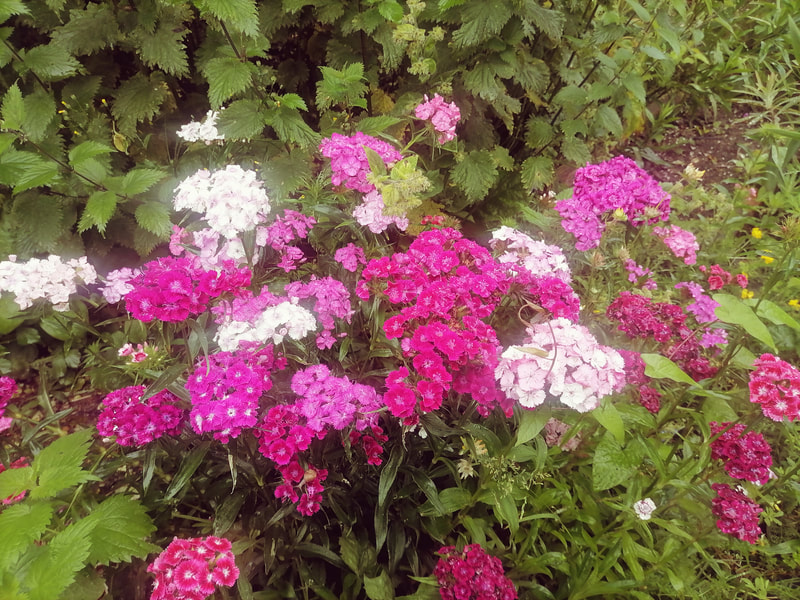
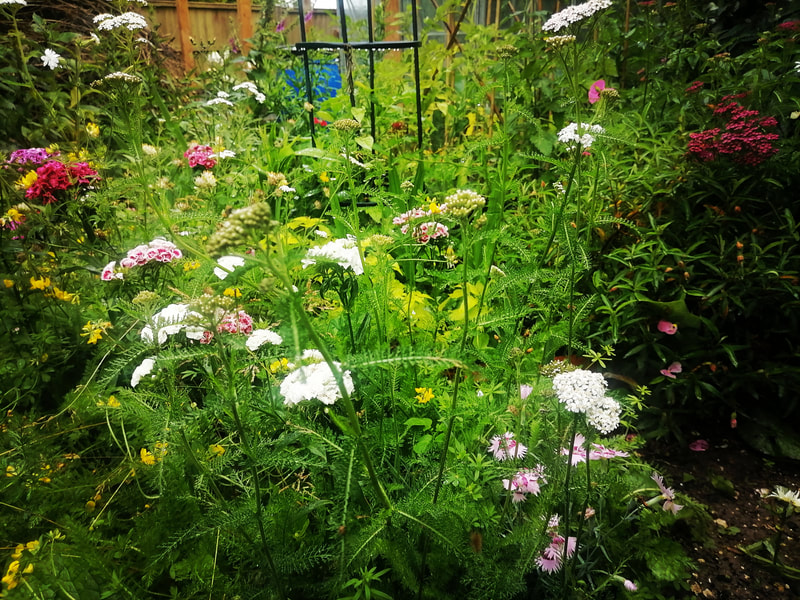
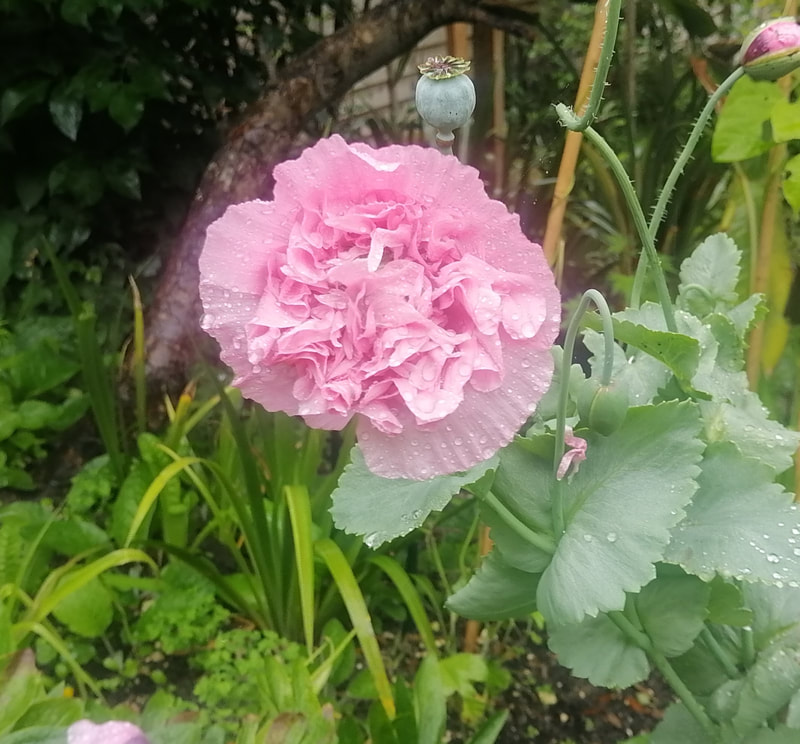
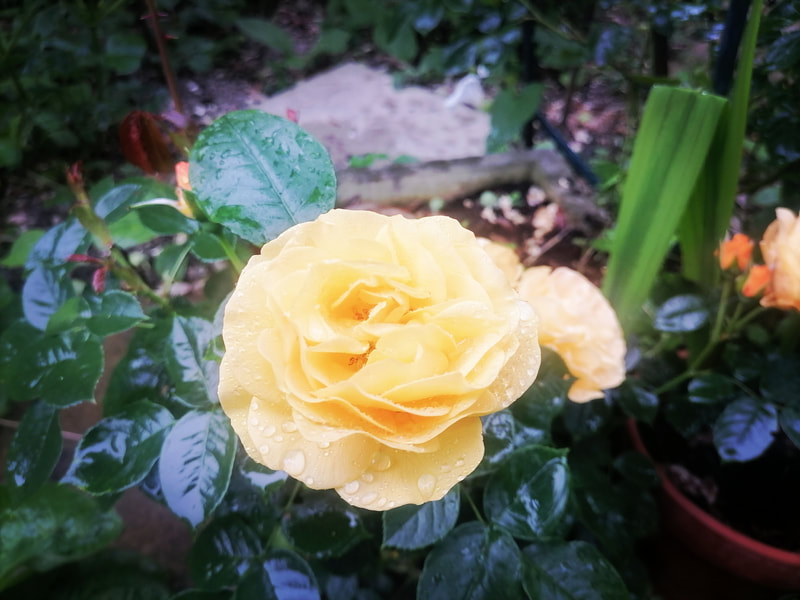
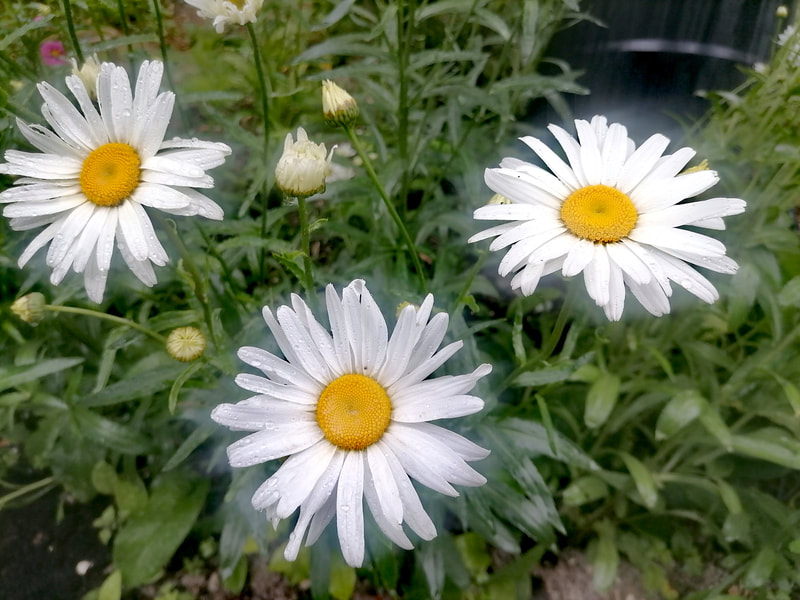
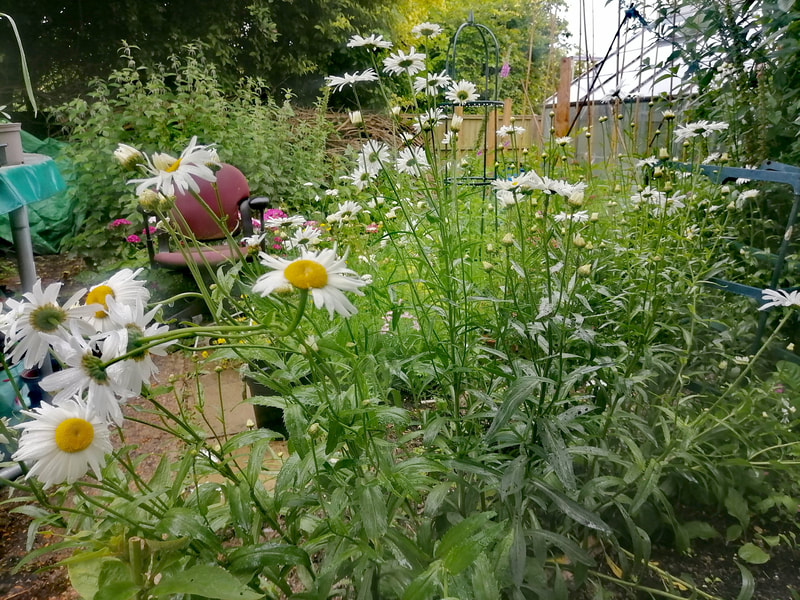
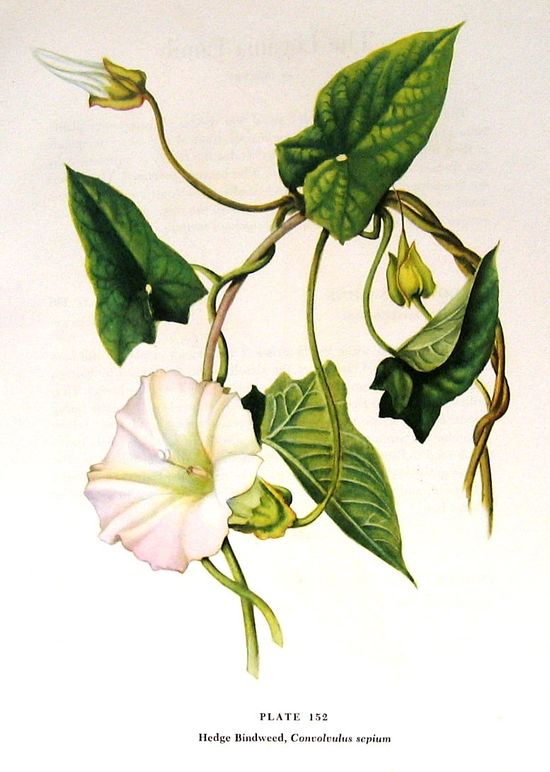
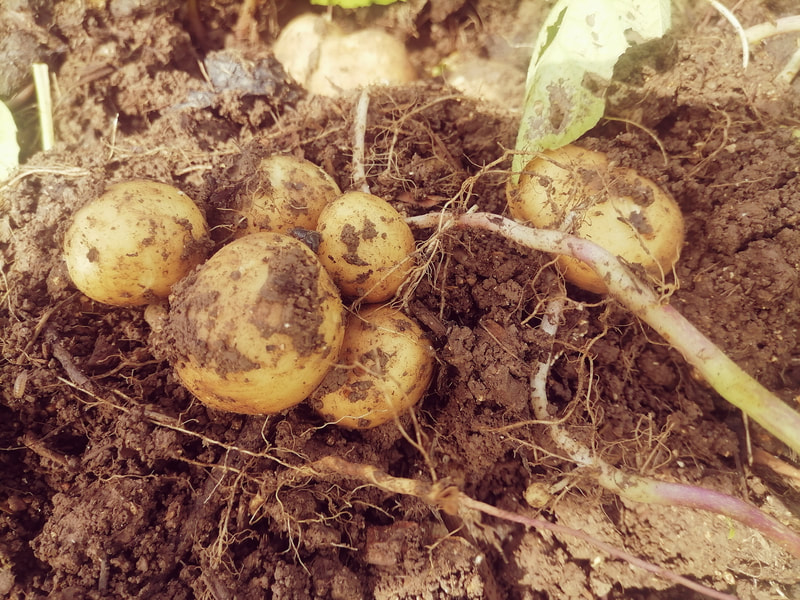
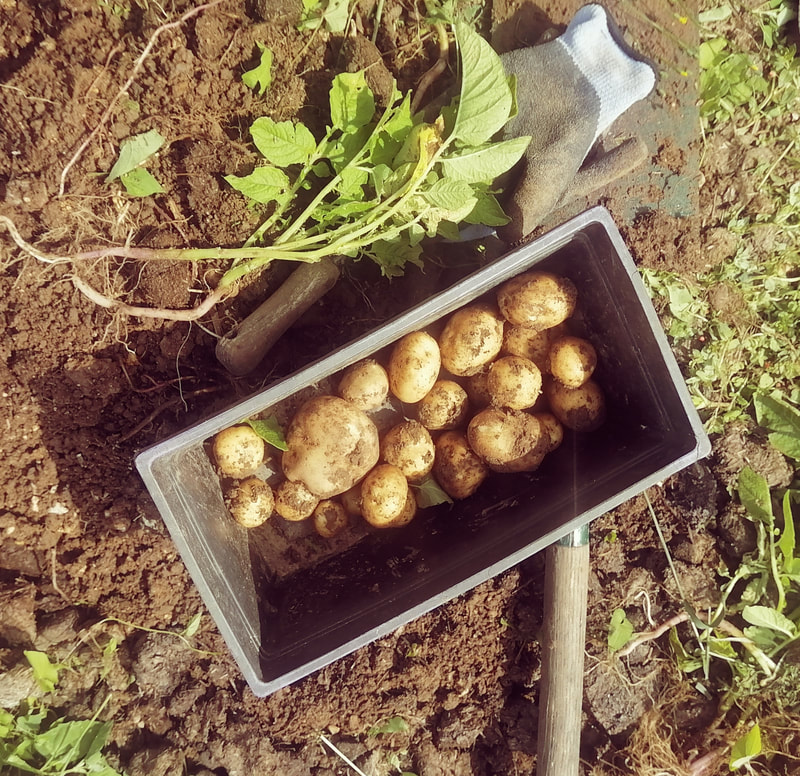
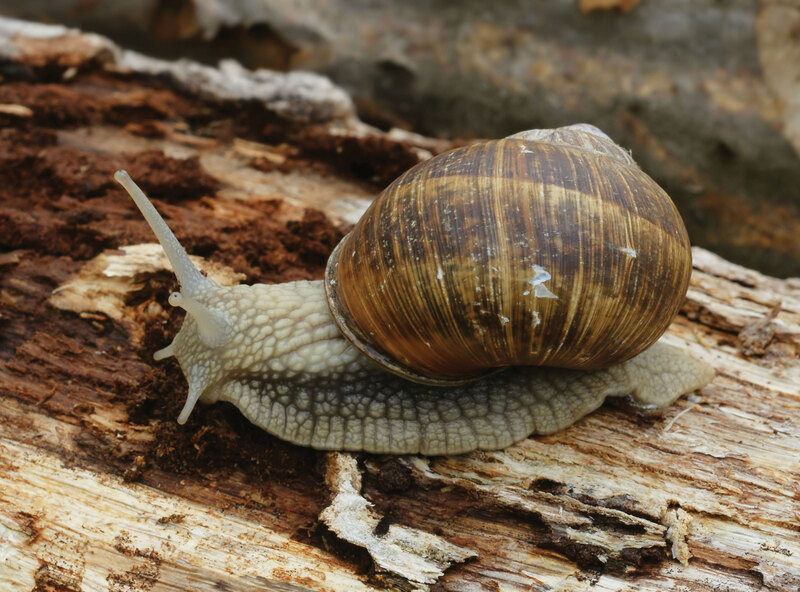
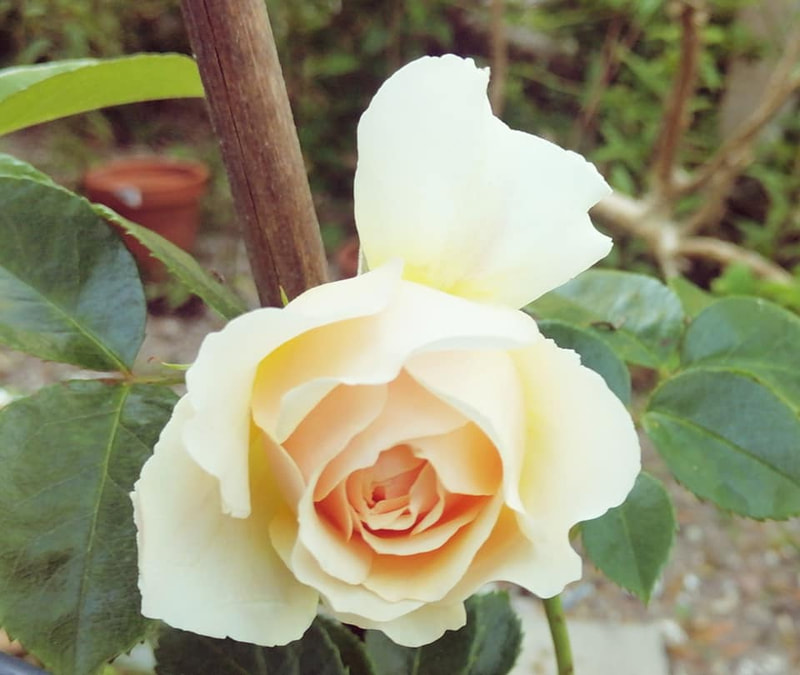
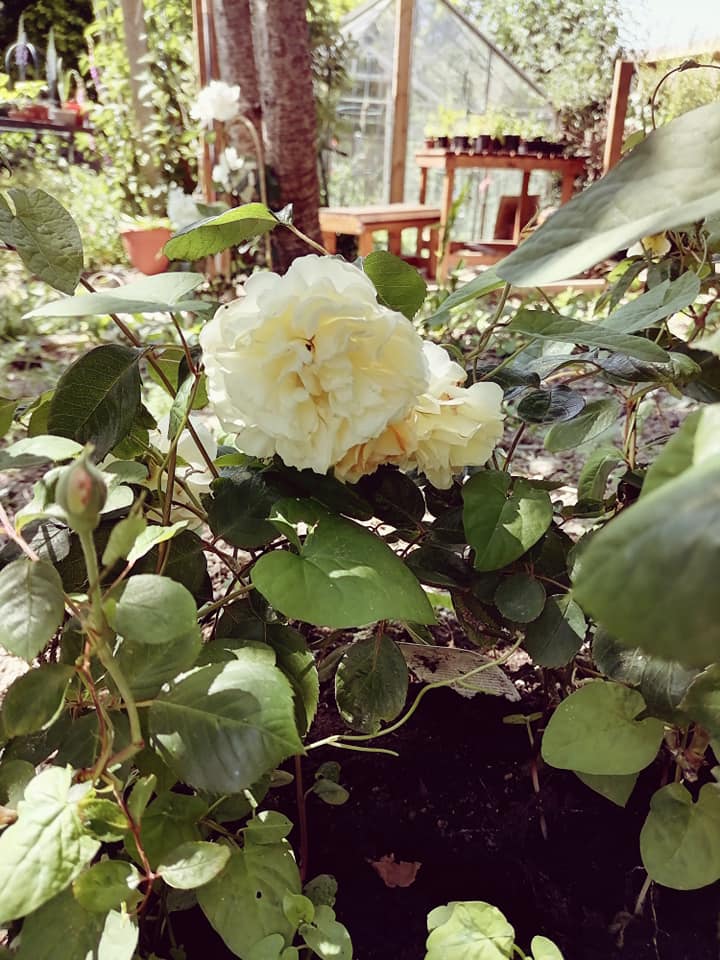
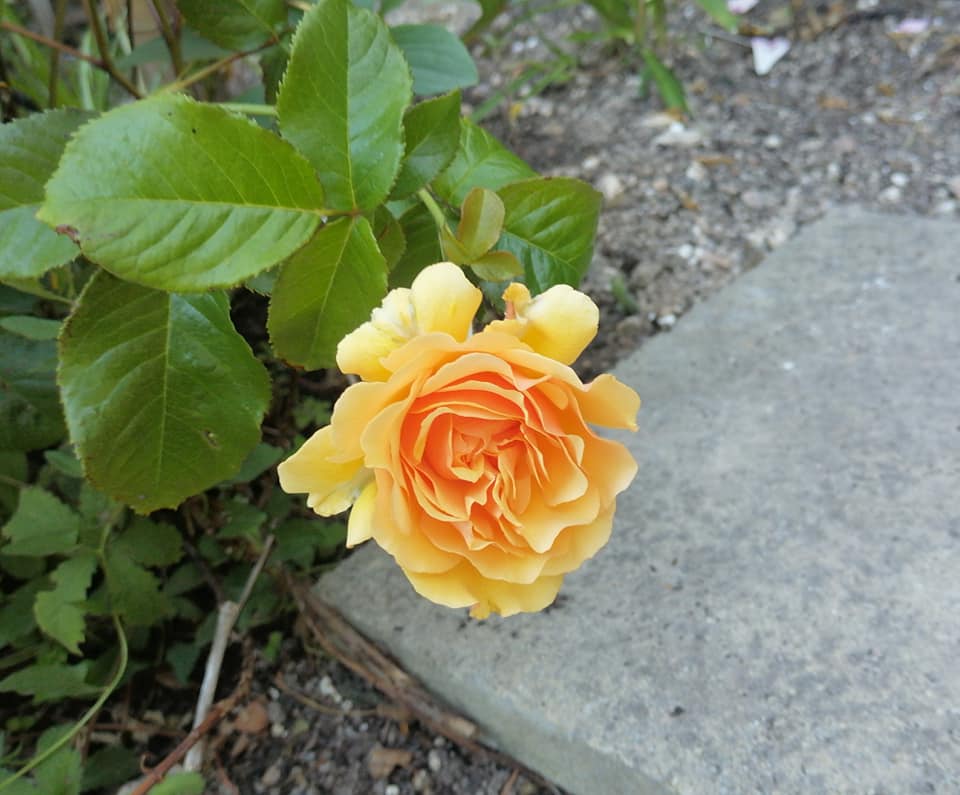
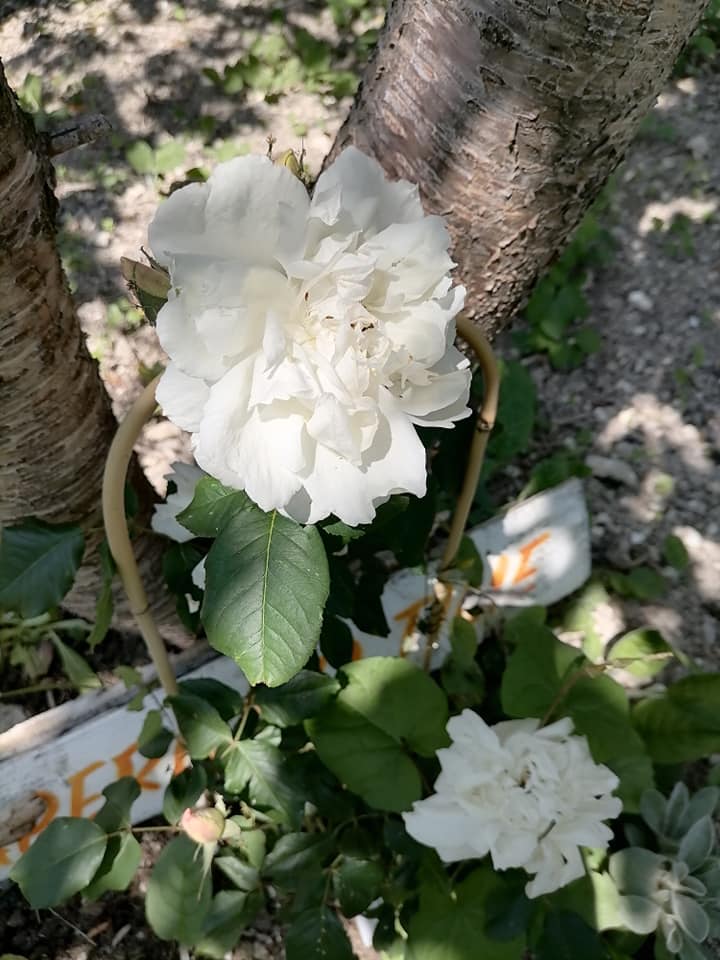
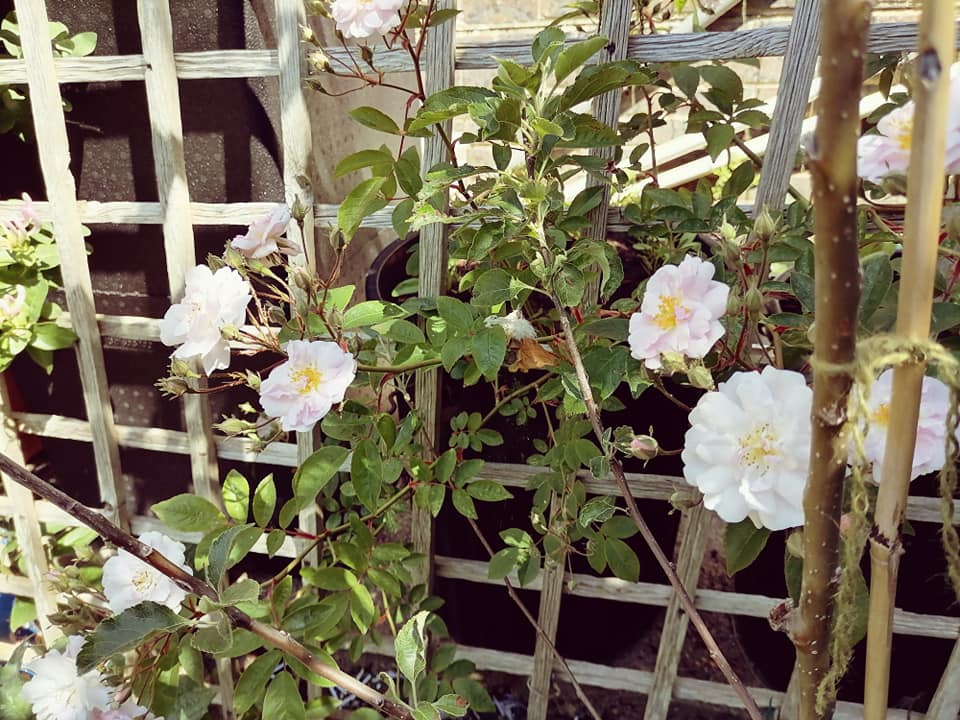
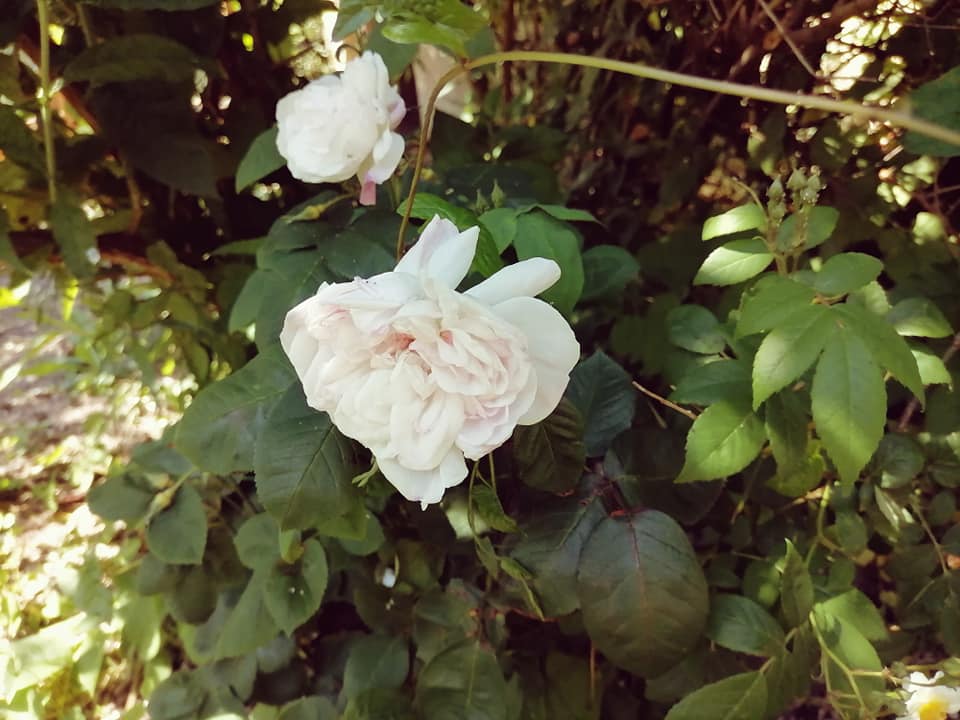
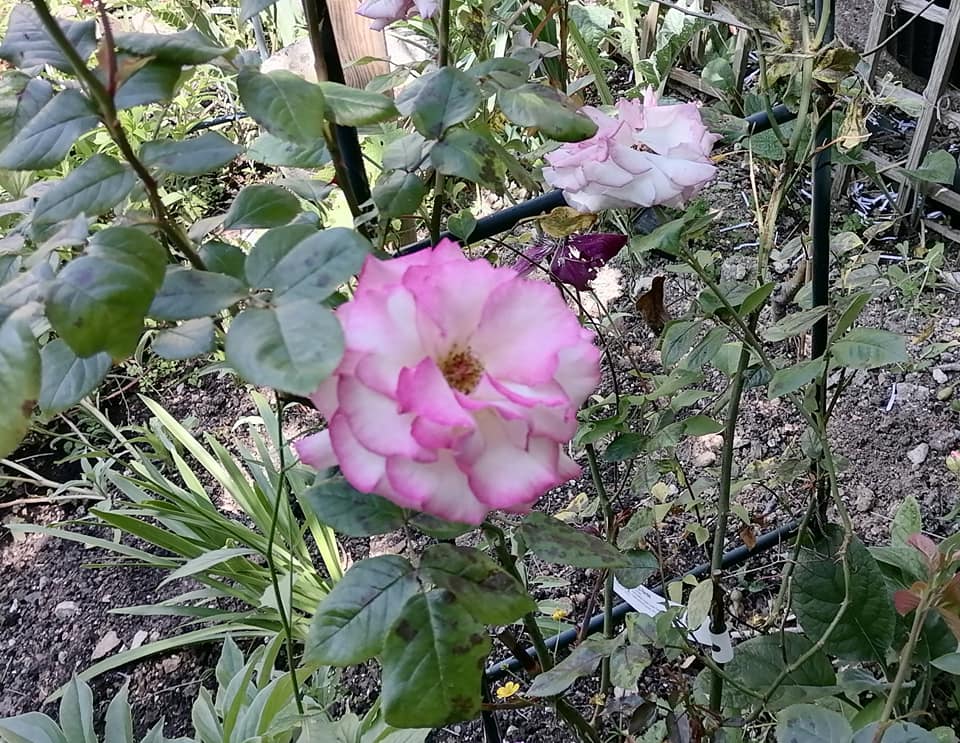
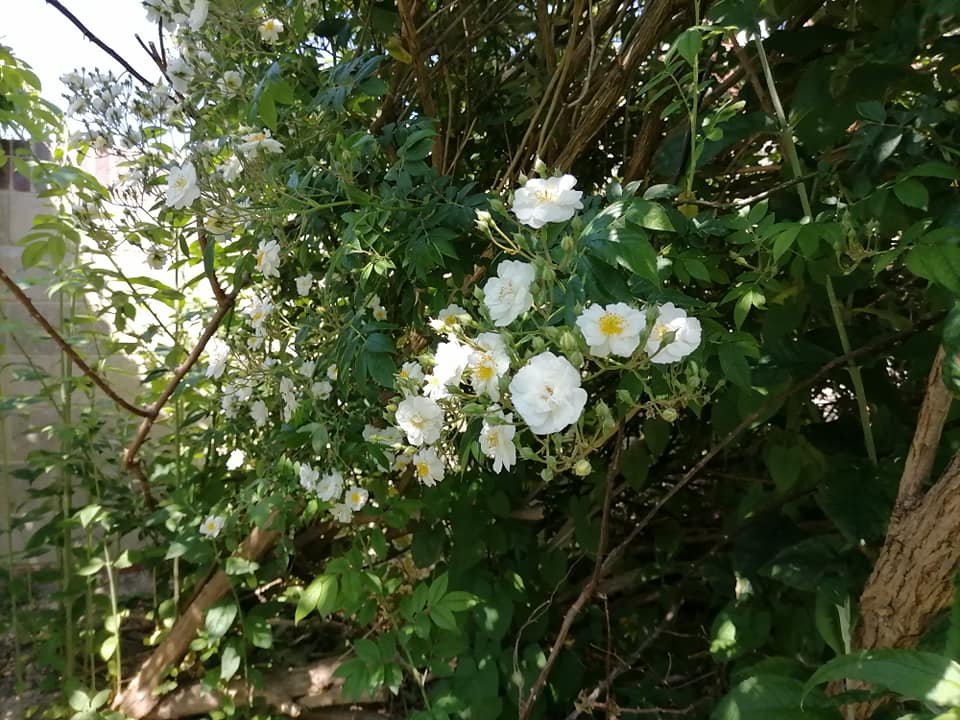
 RSS Feed
RSS Feed
